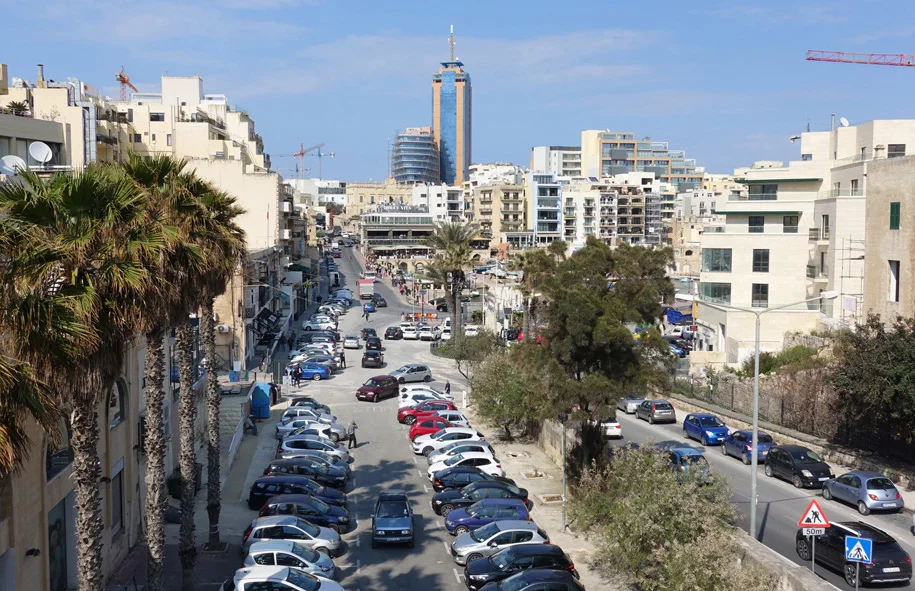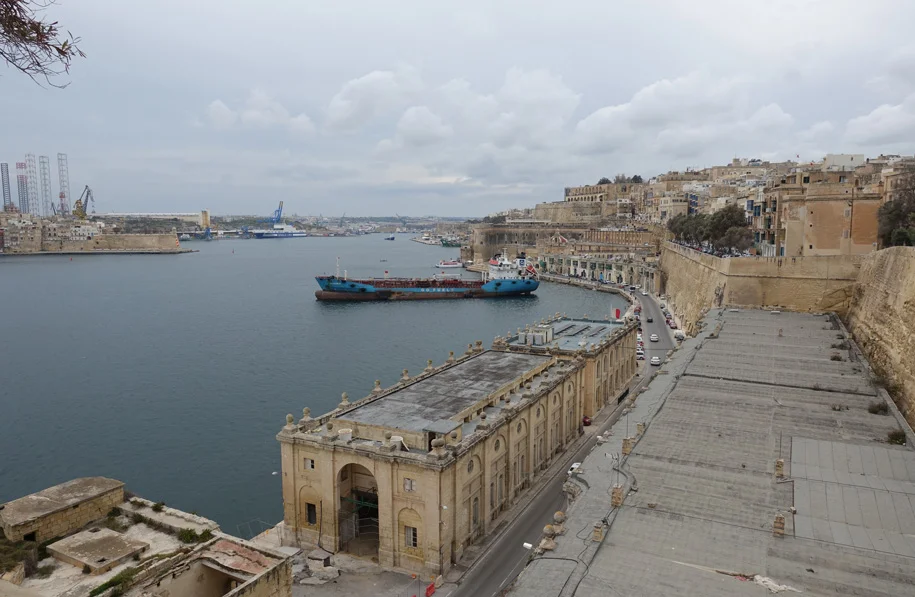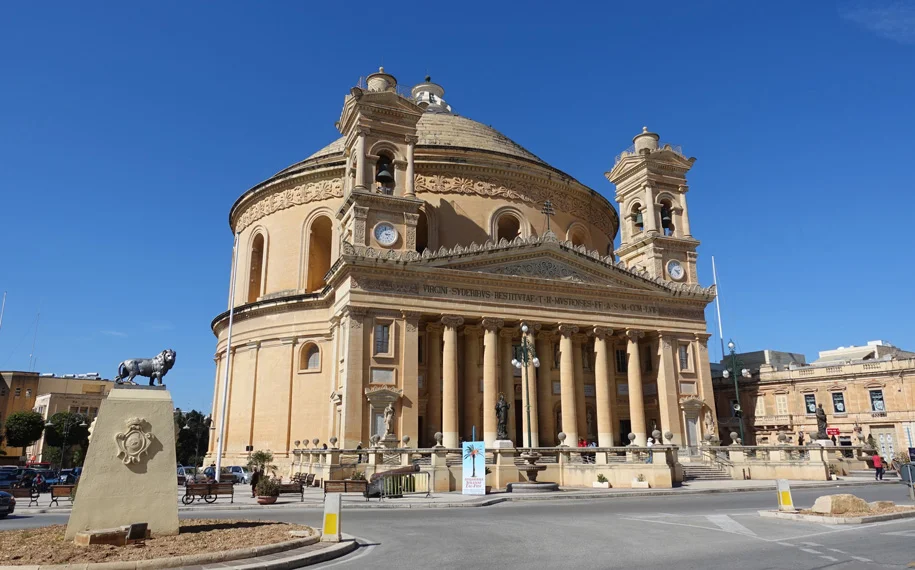
Three Cities of Malta: Birgu, Bormla, Senglea - travel guide
The Tri-city of Malta or simply the "Three Cities" of Malta is the collective name of three cities of Malta that border each other and are surrounded on one side by the Great Harbor (Malta Dockyard).
The Three cities of Malta include: Birgu or Vittoriosa (Maltese name: Il-Birgu; Vittoriosa), Bormla or Cospicua (Cospicua) and Senglea (Maltese name: L-Isla, also known as Citta Invicta).
The cities of the Three Cities of Malta are sometimes also called the three knight cities, because they have former fortifications - bastions erected in the 17th and 18th centuries for the defense and protection of cities. The bastions are part of the so-called Cottonera fortification line or Valperga Line (Is-Swar tal-Kottonera, Is-Swar ta 'Valperga). The term "Cottonera" is synonymous with "Three Towns", although it is sometimes also referred to as the nearby town of Kalkara (Kalkara, Maltese name: Il-Kalkara).
The oldest of the Three cities is Birgu, which has been inhabited since the time of the Phoenicians, but the current city dates back to the times of the Order of St. John - earlier the Middle Ages. Two other towns, Senglea and Bormla, were founded by the Hospitallers (Order of St. John) in the 16th and 17th centuries.
Upon the arrival of the Hospitaller Order to this area in 1530, Birgu became the capital of Malta instead of the fortified city of Mdina. After the siege during the Great Siege of Malta in 1565, the city of Valletta was built, which became the capital in 1571 and remains so to this day.
During the Second World War, three cities were heavily bombed by Italians and Germans, and were rebuilt in the 1950s and 1960s.
Today, the Tri-city of Malta is a well-known and popular attraction. In the cities there are museums, the remains of former bastions and other fortifications, as well as churches, narrow densely built-up streets, small squares, cafes, restaurants and accommodation facilities (hotels, apartments)
View of the Maltese Countryside and the Great Harbour from the Upper Barracca Gardens in Valletta
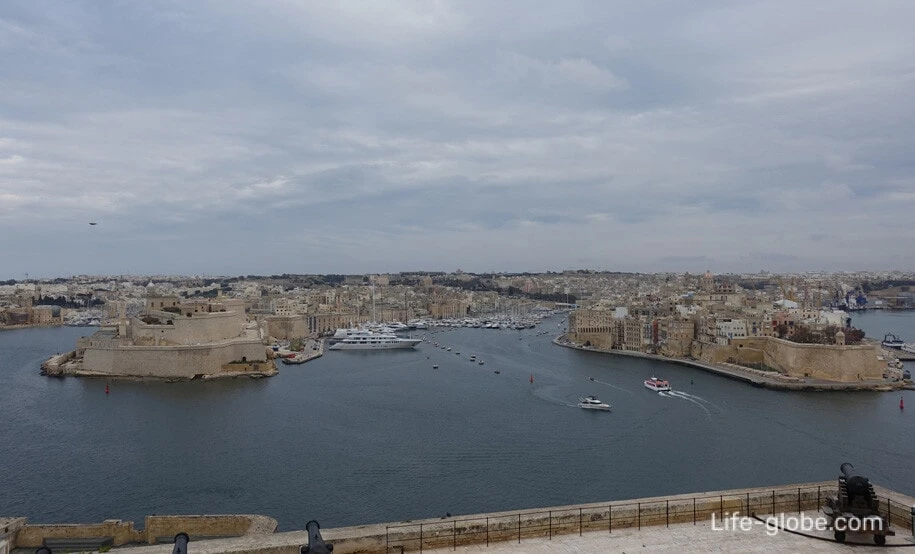
You can get to the Three Cities of Malta by taxi, car, public buses or ferries from Valletta.
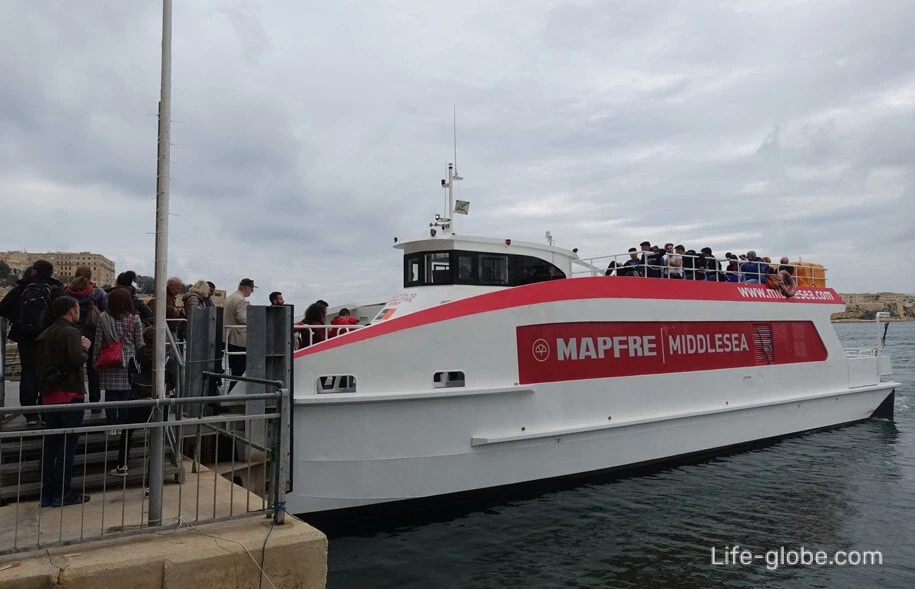
You can also visit Trehgradye on an excursion bus tour of Malta with an audio guide. All tours of Malta, including bus and sea, can be viewed and purchased here →
If you wish, you can stay in one of the three cities of the Tri-cities of Malta
All accommodation facilities in Birgu can be viewed and booked here
All accommodation facilities in Bormla can be viewed and booked here
All accommodation facilities in Singleya can be viewed and booked here
The harbor of the Tech City of Malta
An amazing place in Trehgradye is the marina harbor, where yachts and boats are moored. Also, for a fee, you can take a tour of the harbor.
Along the harbor of the Three Cities there is an embankment, on the one side of which small yachts and boats are peacefully rocking in the sea waters, and on the other - the somewhat gloomy but attractive buildings of the Tri-City hang over your head.
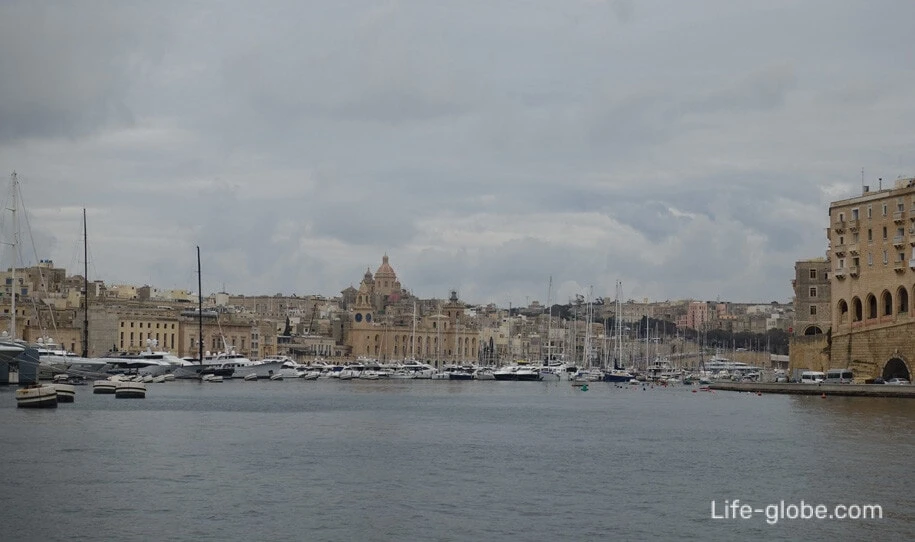

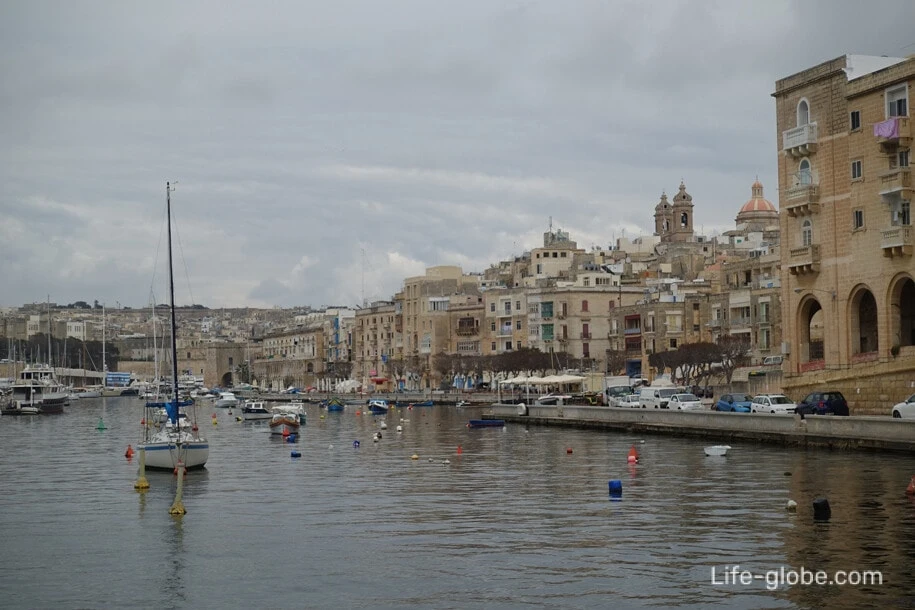
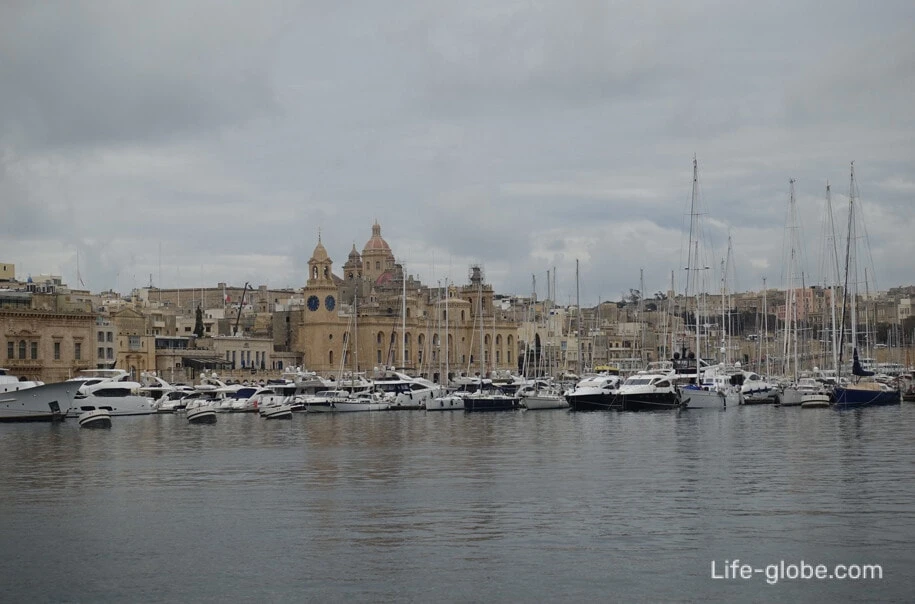
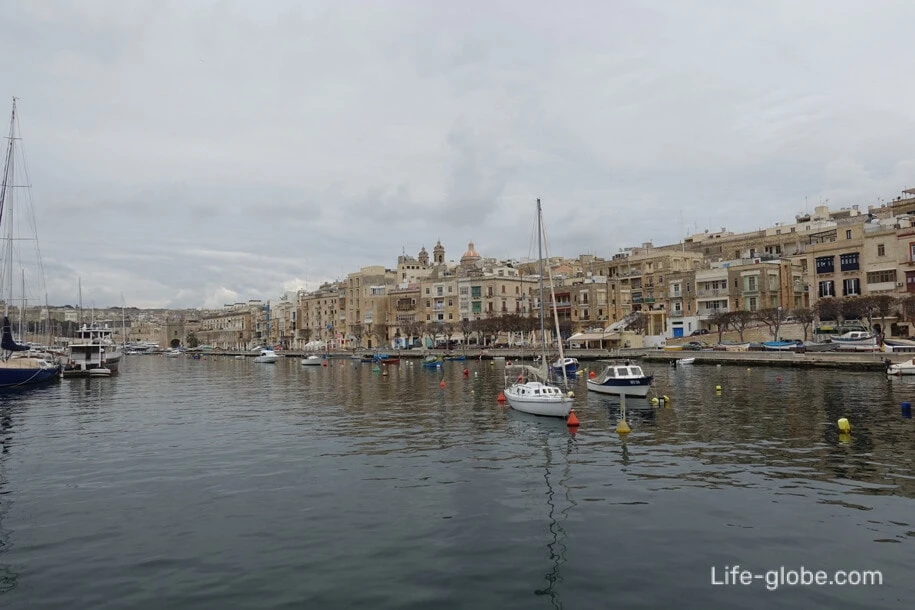
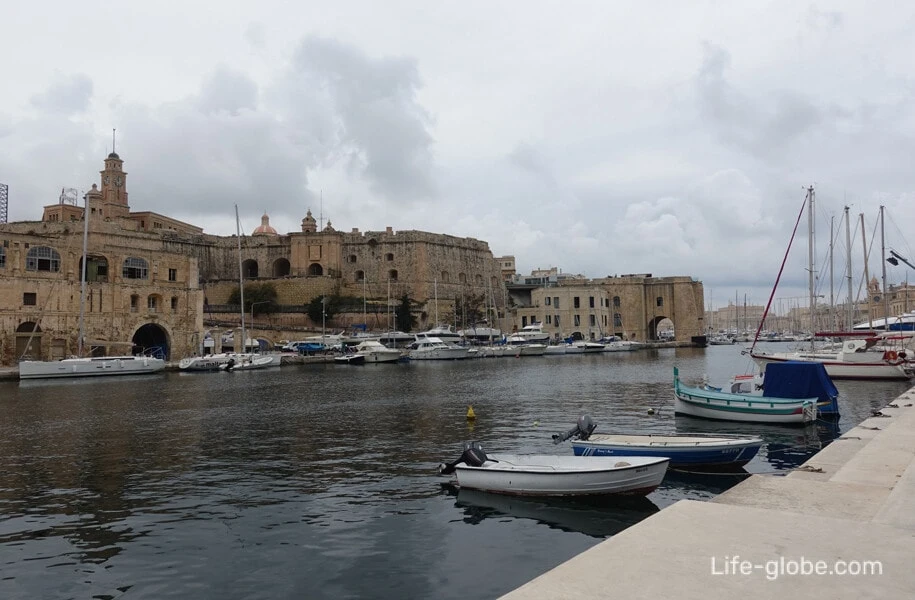
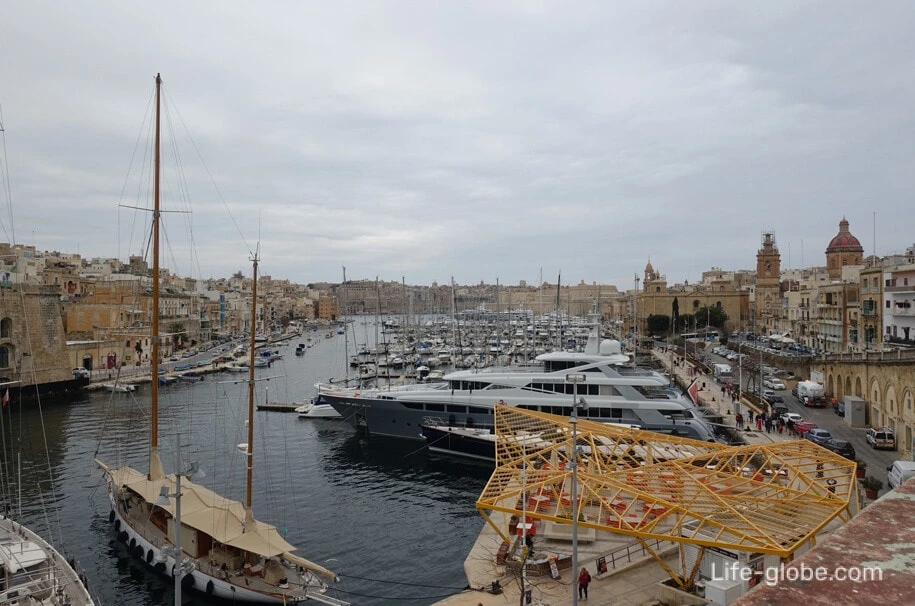
From the embankment at the pier, for a fee, you can take an excursion train through three cities + the city of Kalkara on a steam train.
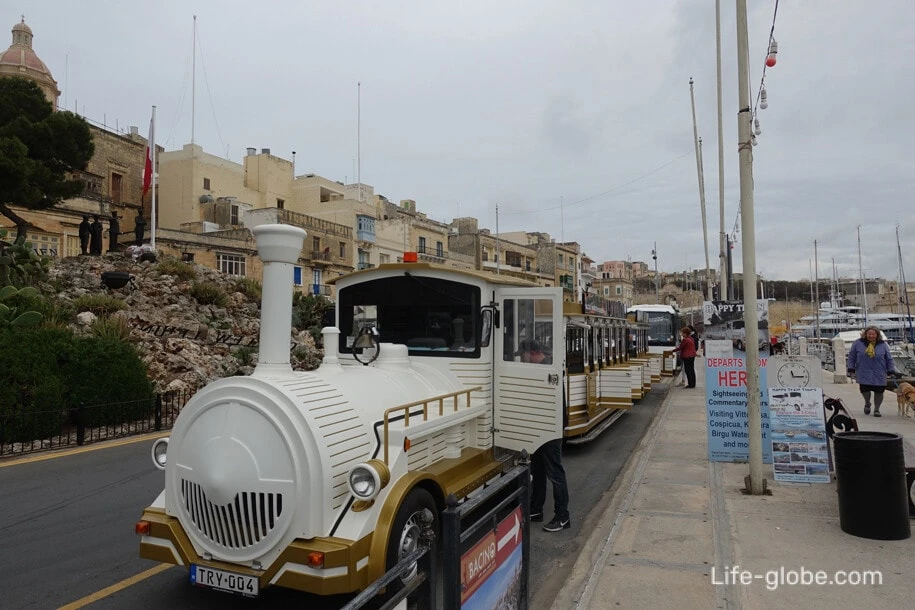

Birgu, Malta
On the historic waterfront of Vittoriosa is the former Royal Naval Bakery, which was built in the 1840s as the main bakery of the Mediterranean Fleet. Construction was carried out on the site of the arsenal of the Navy of the Order of St. John.
Now in the walls of the building is located Malta Maritime Museum, where more than 20,000 artifacts illustrating Malta's 7,000-year maritime history are collected. The museum's collection includes: boats, models of various ships and boats, anchors, amphorae, cannons, weapons, documents, paintings, uniforms and a steam engine from the 1950s. Highlights include a large model ship of the third class of the Navy of the Order of St. John and the largest known Roman anchor in the world, which weighs 4 tons.
Entrance to the museum is paid. Museum website: malta-maritime-museum.
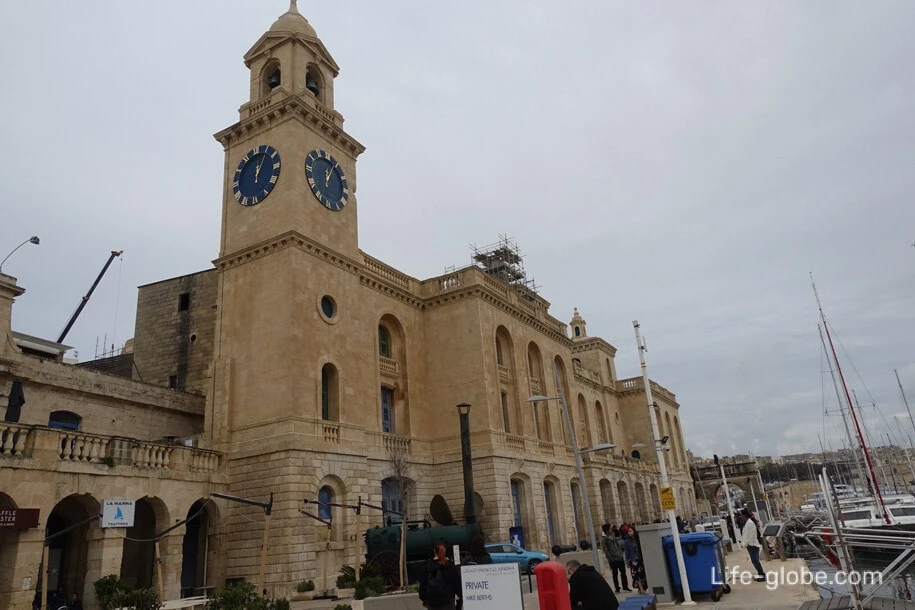
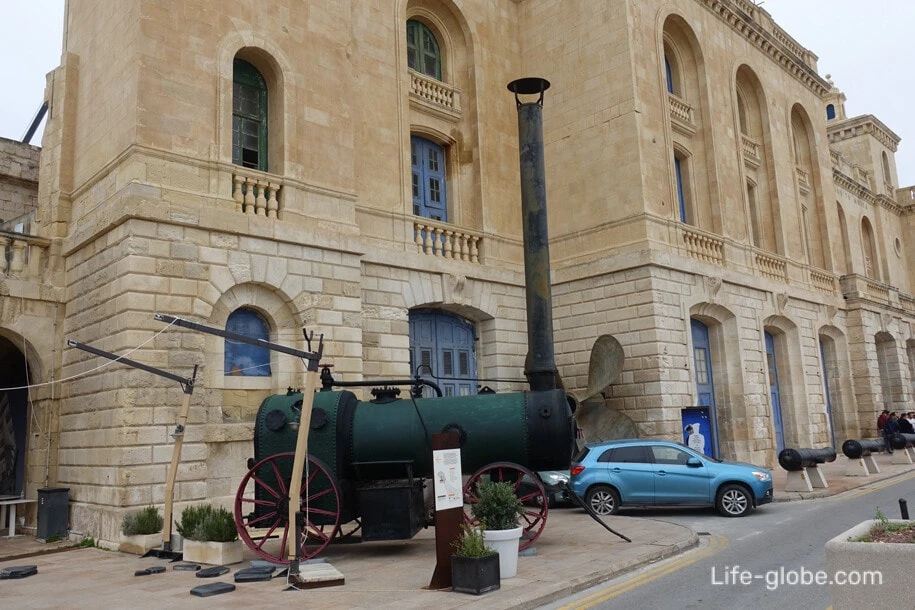
Another visited object of Birgu is Fort Sant'Angelo (Forti Sant'anlu), which was a large military fortification originally dating back to the times of the Roman Empire (the exact date of construction is unknown).
By 1274, the citadel, which was known as the Castle by the Sea (Castrum Maris), consisted of two walls, each of which was reinforced with round towers at equal distances. After 1530, the Order of St. John christened this military structure Fort Sant'Angelo and turned it into its headquarters. Between 1530 and 1558, the fort was the residence of the Grand Master. In order to strengthen the already outdated medieval castle, the knights carefully rebuilt the building, building a series of artillery platforms, which marked the introduction of a bastion defense system in the Maltese Islands. The updated Guardian of the Great Harbor played an important role during the Great Siege of 1565. Later, the fort was also expanded and rebuilt.
The Italian artist and reformer of European painting of the 17th century, Michelangelo Merisi da Caravaggio, was detained in the fort for some time.
During the Second World War, the fort was used to provide protection from air raids. During the bombing, he received 69 direct hits. After the war, the fort continued to serve as the headquarters of the Royal Navy in Malta until the last detachment of foreign troops left its walls in March 1979.
Today, the fort towers over the Great Harbor and is a museum that can be visited for a fee.
Museum website: fort-st-angelo.

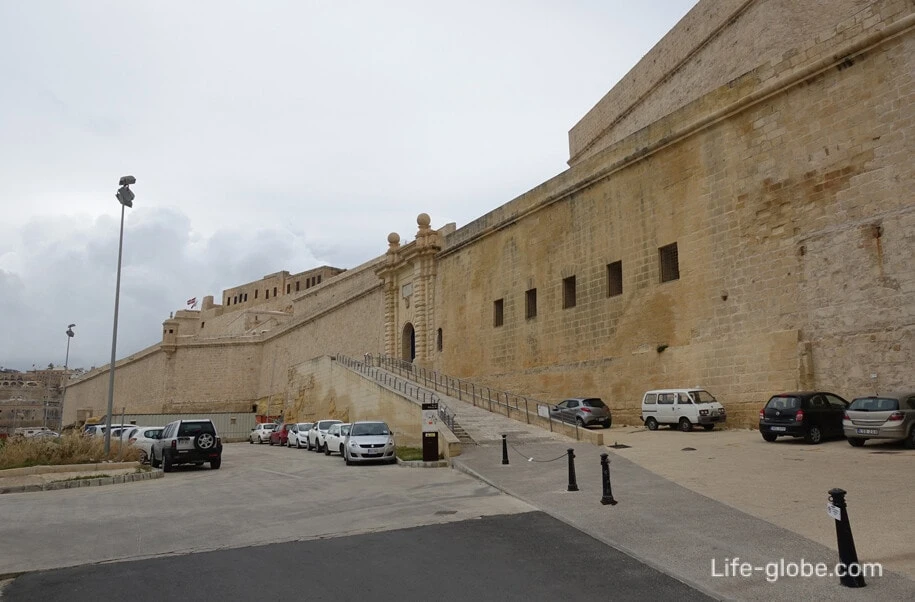
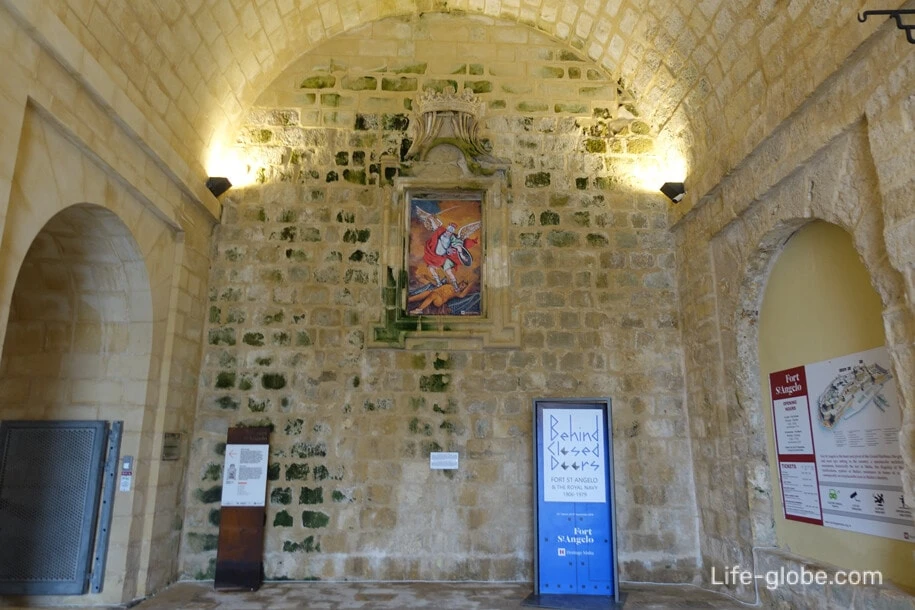
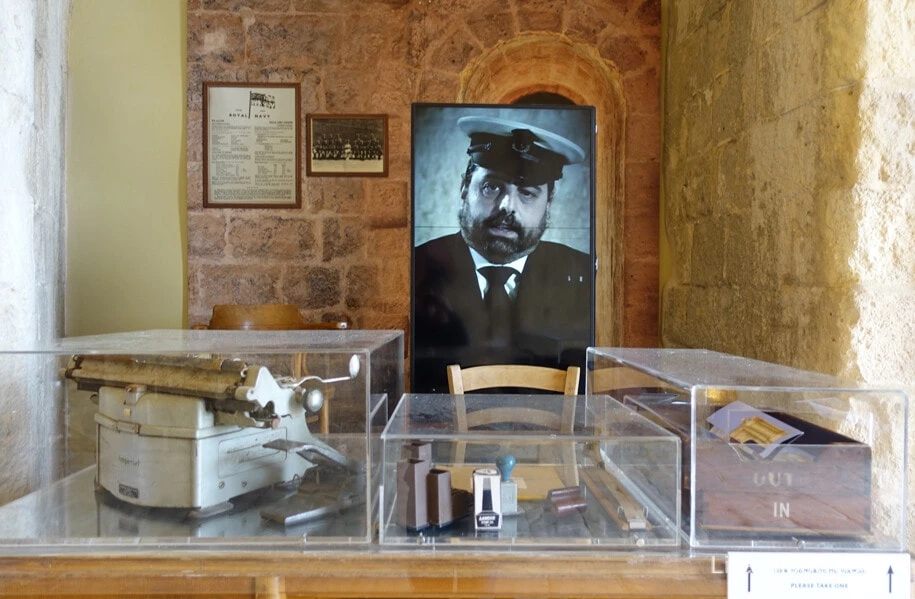
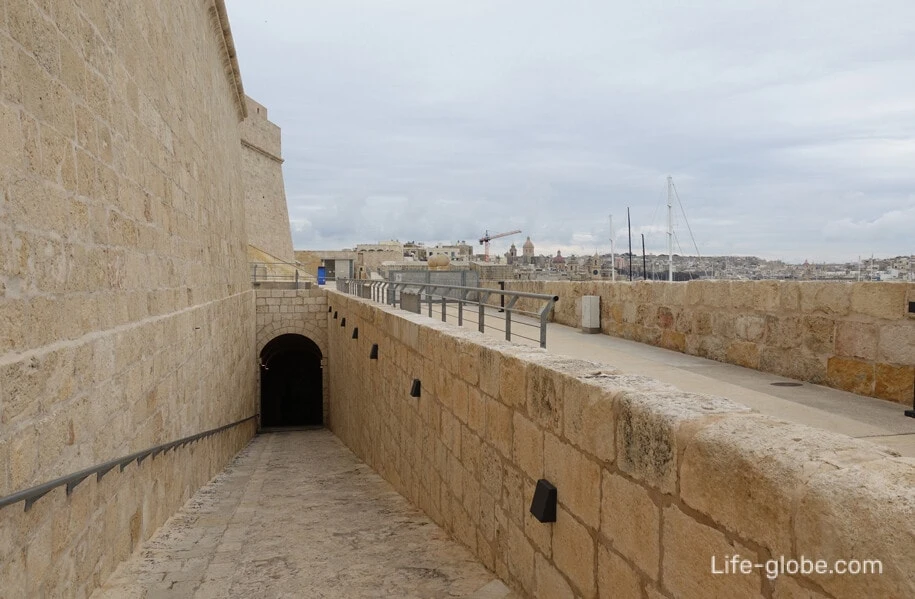
The fort offers views of the Great Harbor and Valletta. You can also walk along the coast near the fort and see the harbor, Valletta and neighboring Floriana with the port.
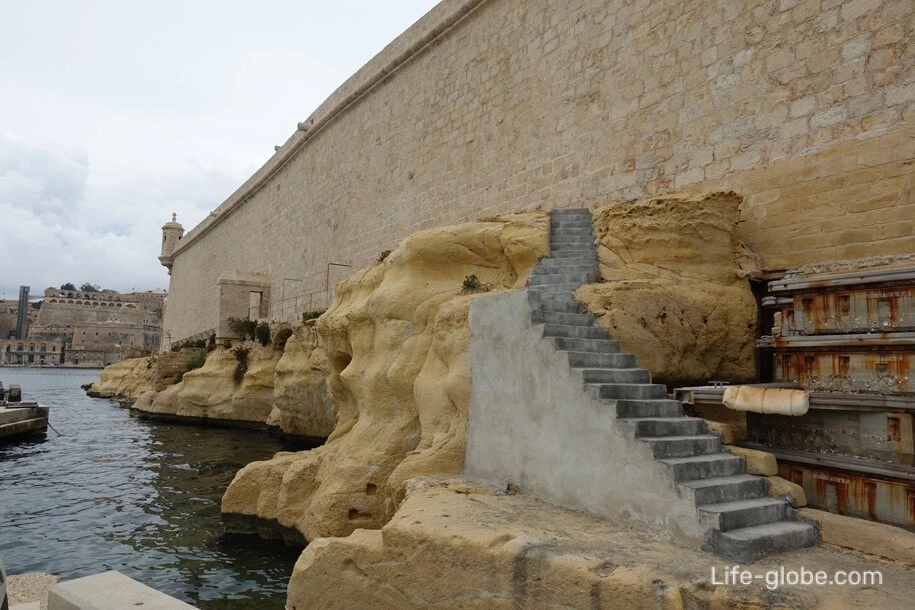
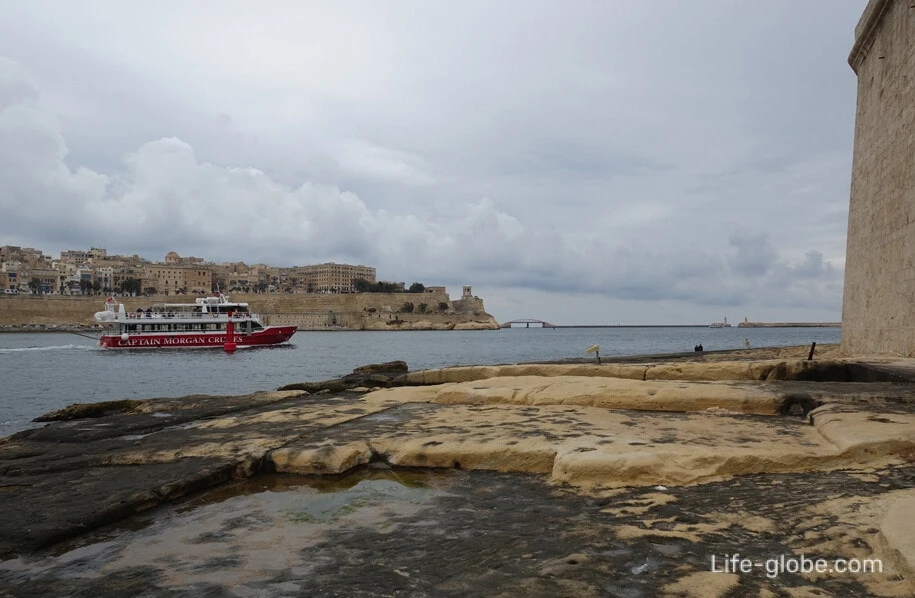

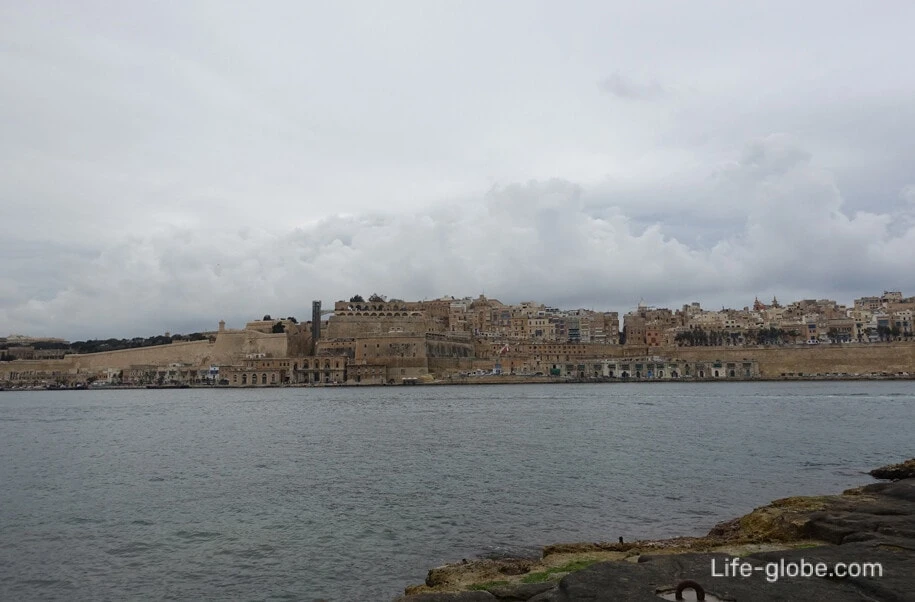
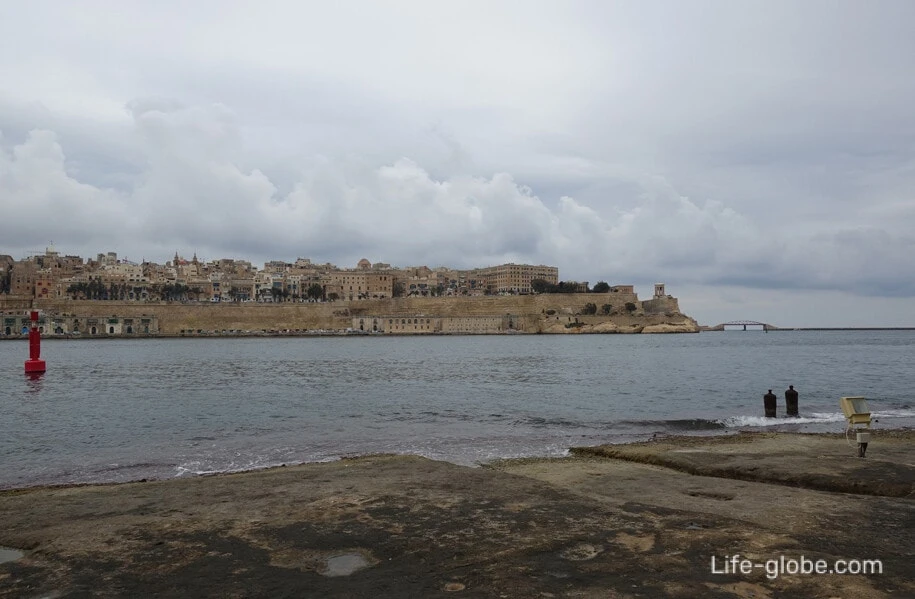
The main church of Birgu is the Church of St. Lawrence, which was the first monastic church of the Order of St. John and is dedicated to St. Lawrence of Rome, whose holiday is very popular among local residents - it begins on July 31 and lasts until August 10.
Inside the church there are some works of art, among which stand out the main altar of Mattia Preti, depicting the martyrdom of St. Lawrence; and paintings by Stefano Erardi, such as "Christ the Savior" and "The Dead Christ".
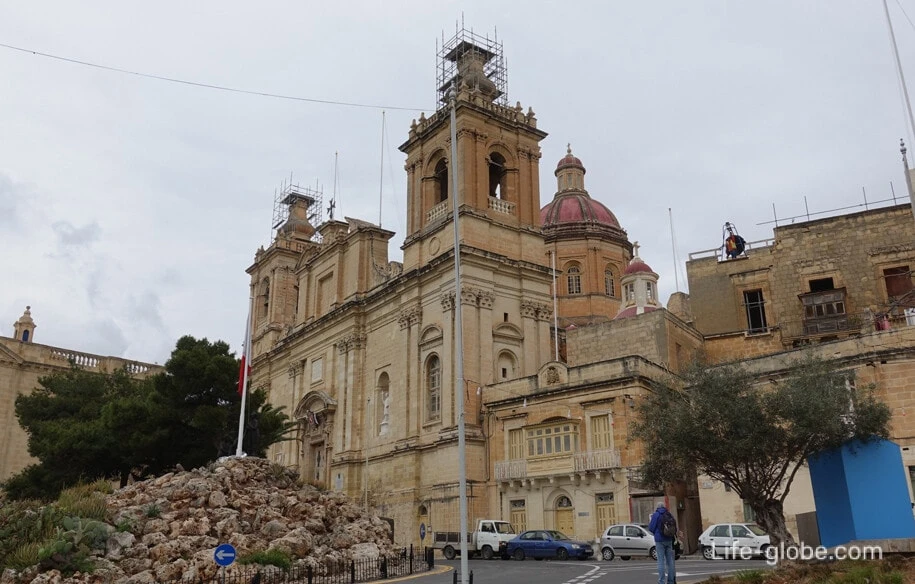
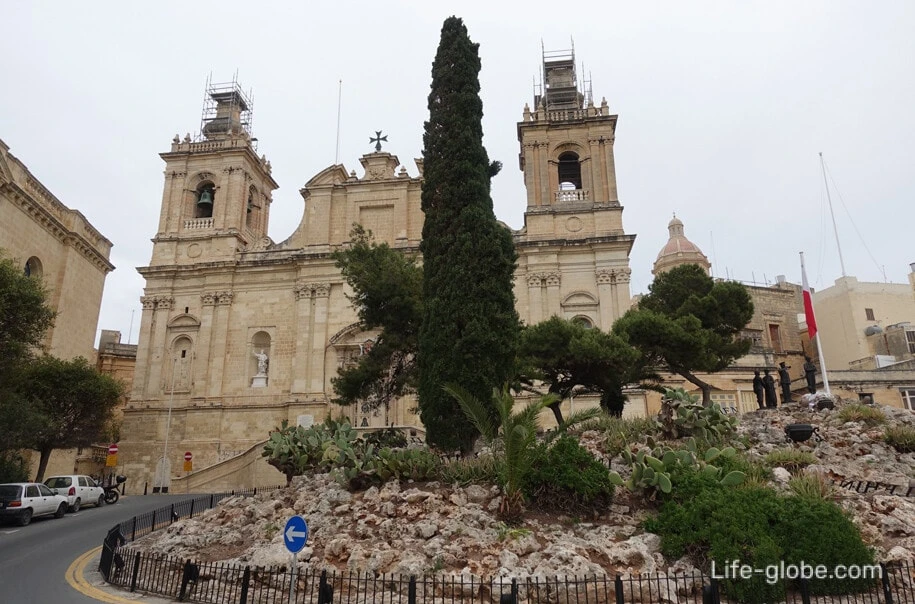

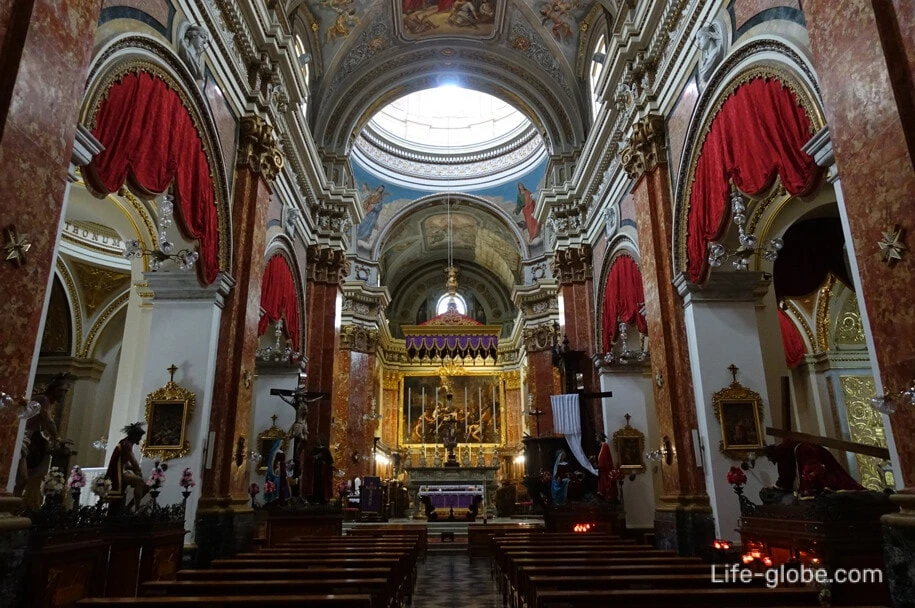
Victory Square also attracts attention, where there is a Victory monument (Statue of Victory) dedicated to the Great Siege of 1565.
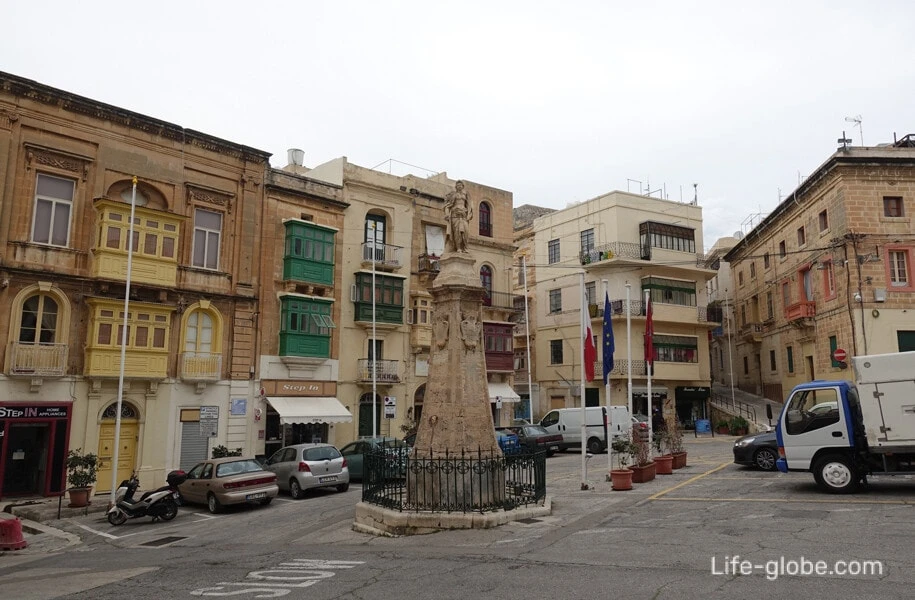
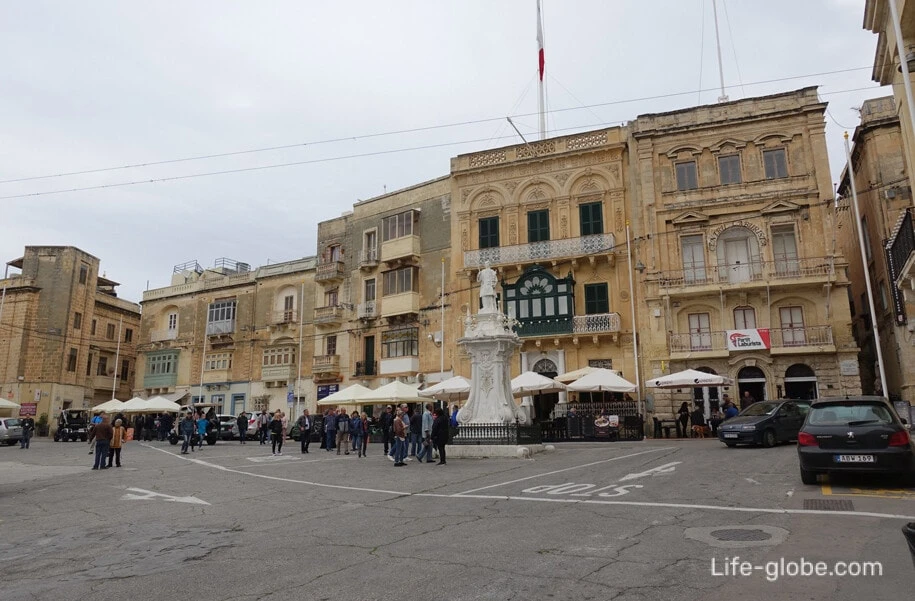


The Inquisitor's Palace (Maltese name: Il-Palazz tal-Inkwiżitur), located in the heart of Birgu, is one of the few surviving buildings of this kind, which in the early Modern period could be found throughout Europe and South America.
The history of the palace is connected with the arrival in Malta in 1574 of Monsignor Pietro Dusina as the first Inquisitor General and apostolic delegate of the Maltese Islands. The Grand Master offered the guest an unused palace as an official residence. Almost all subsequent inquisitors sought to turn the palace into a decent mansion. They all shared the same cultural values of Roman society in the Baroque style, and by the middle of the 18th century they managed to turn the building into a typical Roman palace.
Throughout its five-century history, the Maltese Inquisitor's Palace has hosted high-ranking officials representing the major powers on the island. The palace also managed to survive the bombing of the Second World War and the threat of modern development.
Today, the Inquisitors' Palace is open to the general public and is a museum where you can visit historical reconstructions of the kitchen, the Sacred Chancery, the Tribunal hall, the courtyard, private rooms, the prison complex and the torture chamber.
The building houses the National Ethnographic Museum with a permanent exhibition of the religious traditions of Malta, enshrined by the Inquisition.
Entrance to the museum is paid. Museum website: the-inquisitors-palace.
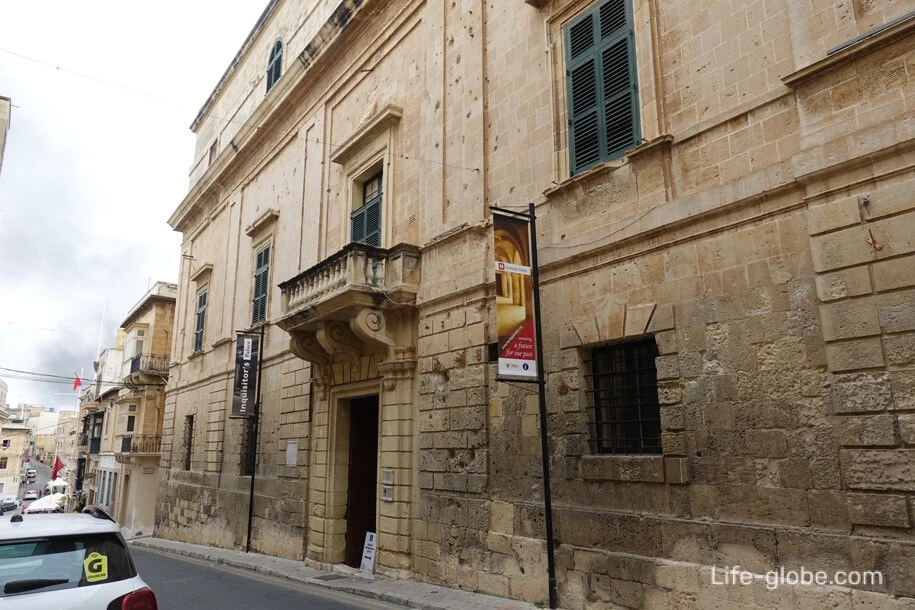
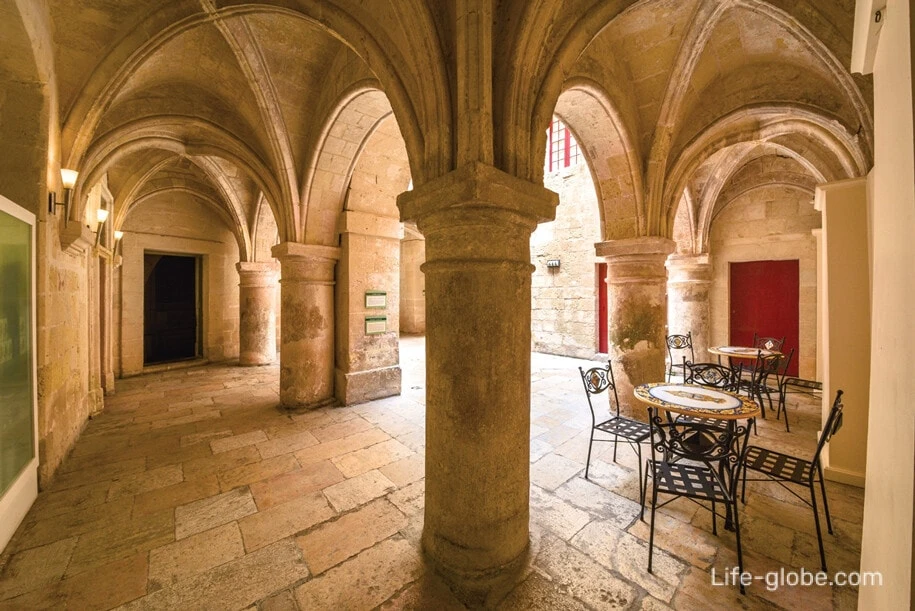
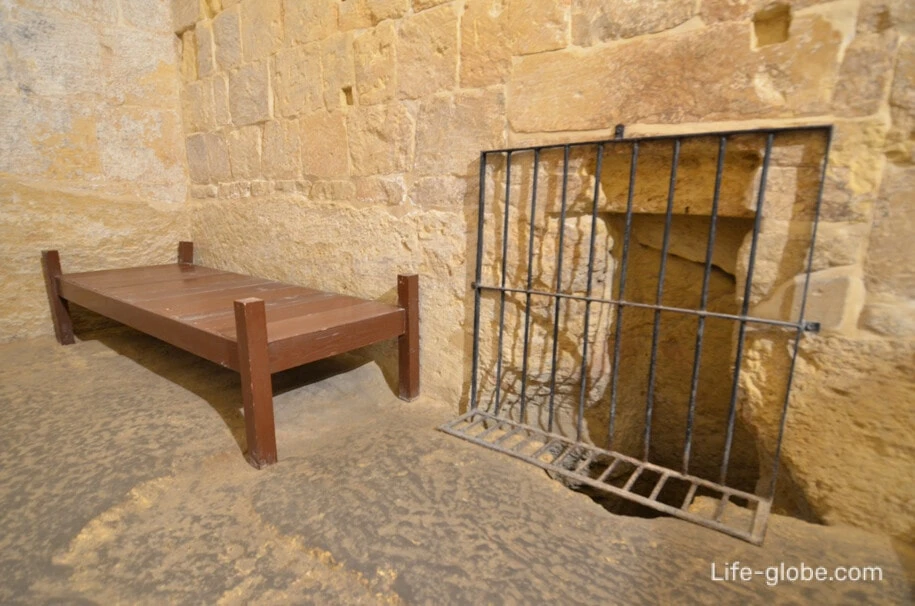
Another preserved, now restored, former defensive structure in Birgu is the bastion of St. John.
Today, you can enter the cavalier of the bastion (admission is free - free) and visit courtyards, open areas, an arched bridge and a small park. There is also a military museum (entrance is paid) and a snack shop on the territory. More about the Bastion of St. John...
Website of the military museum in Bastion: maltaatwarmuseum.

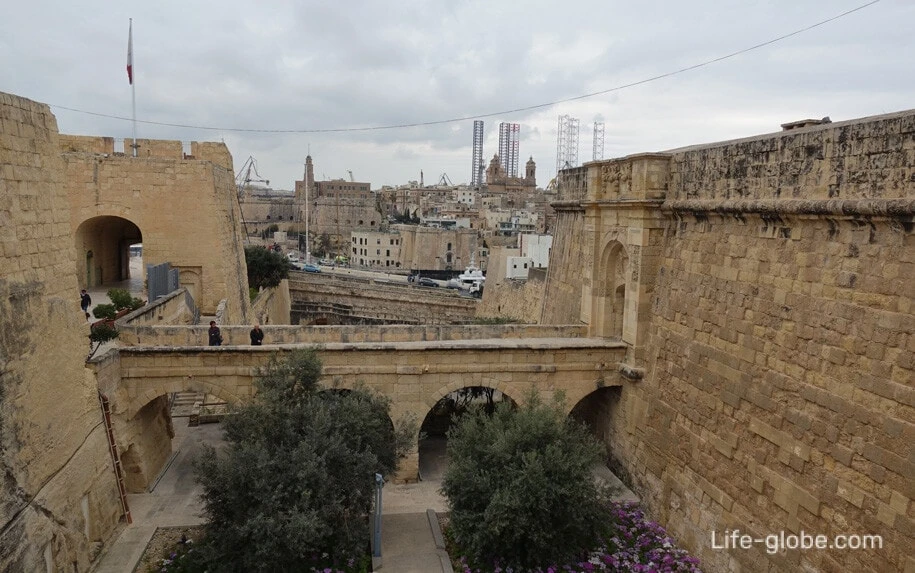
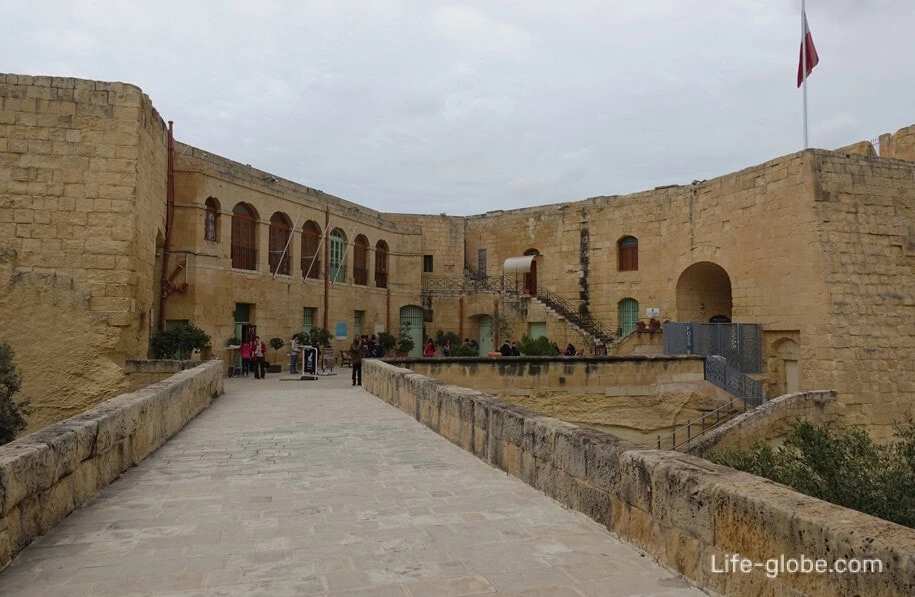
Since the city of Birgu is still surrounded by city walls and other former fortifications, you can walk along some of the remnants of defensive structures. So, from the side of the walls opposite the city of Kalkara, picturesque panoramic views of the harbor, marina and the city itself open.

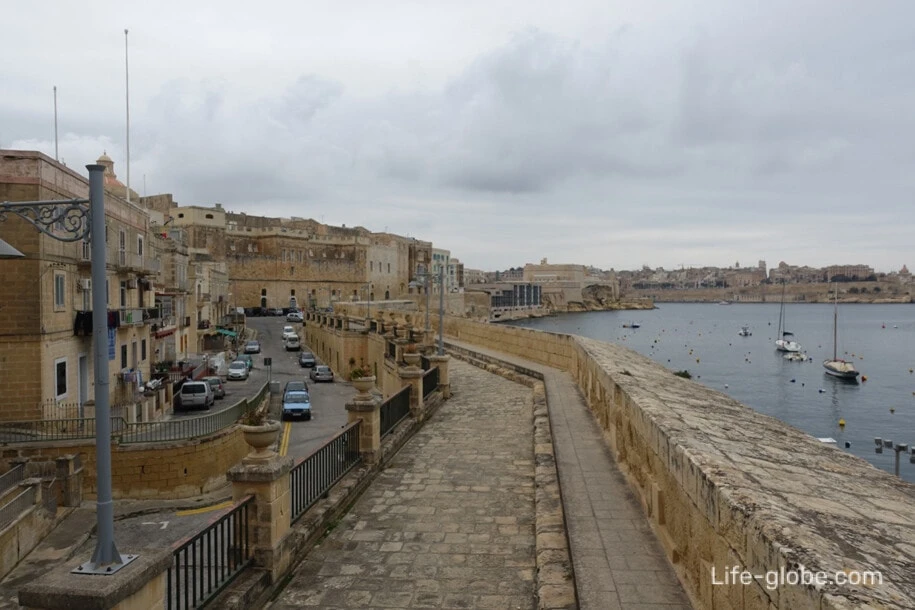
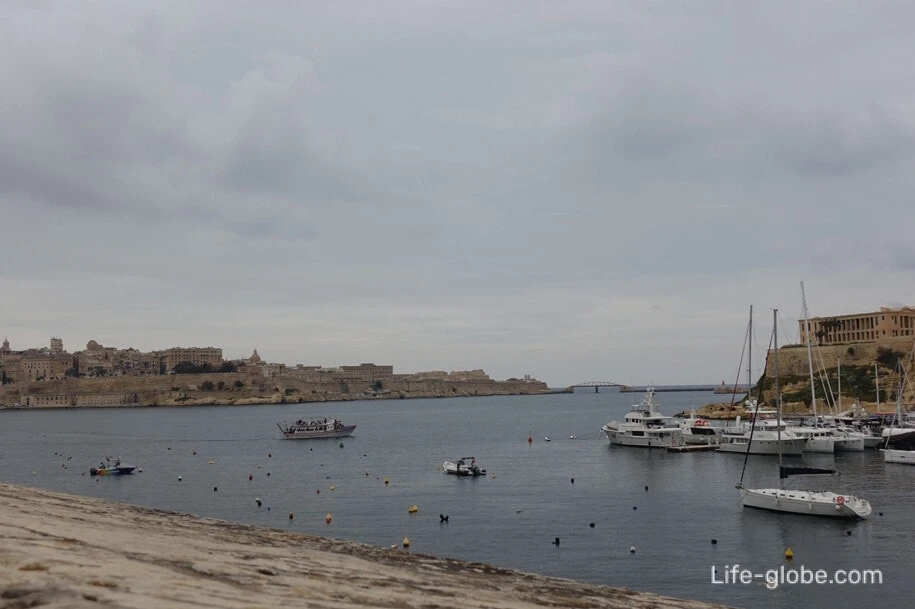
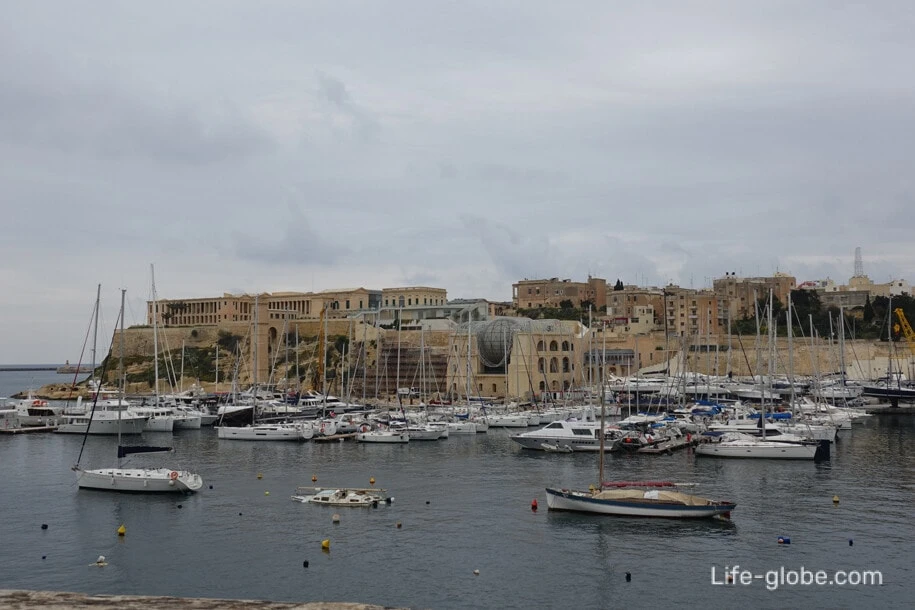
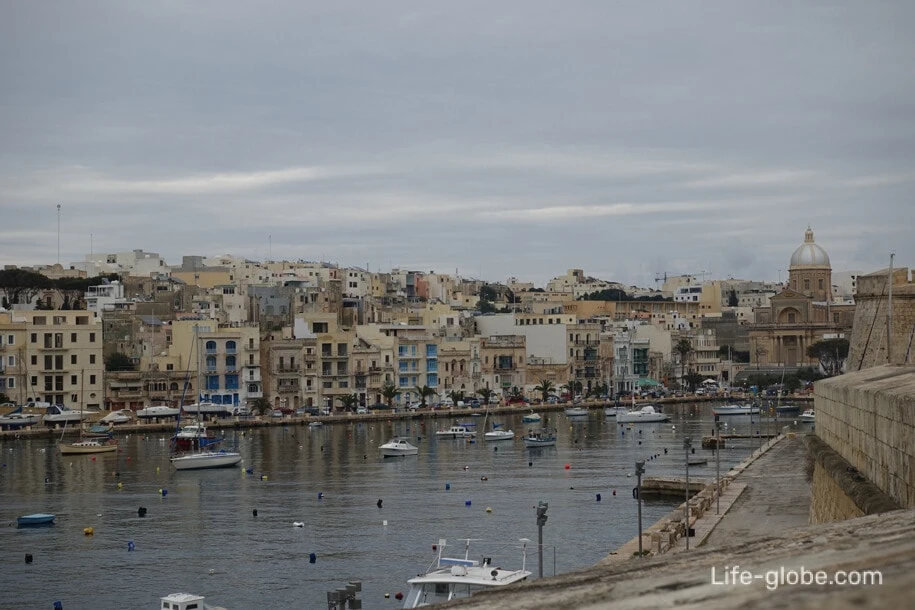
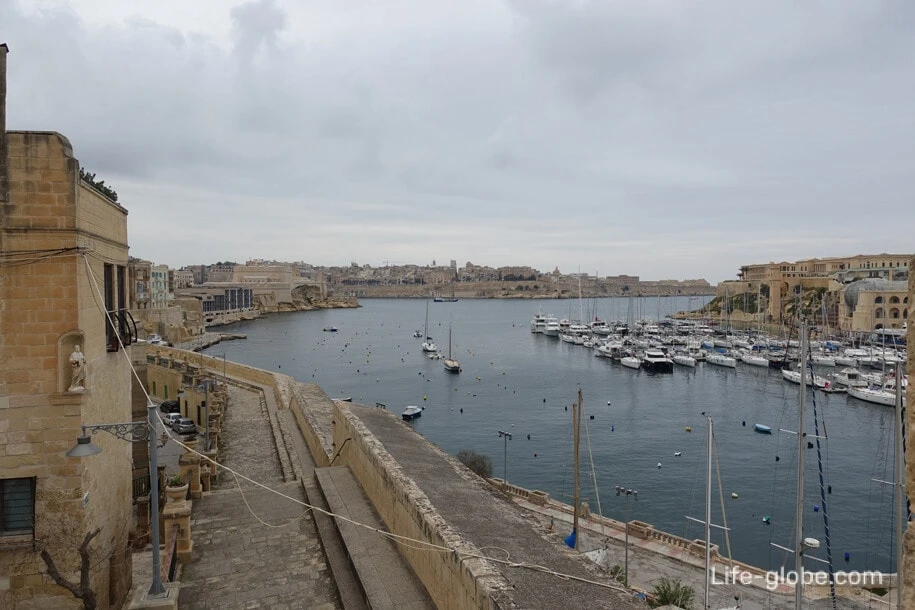
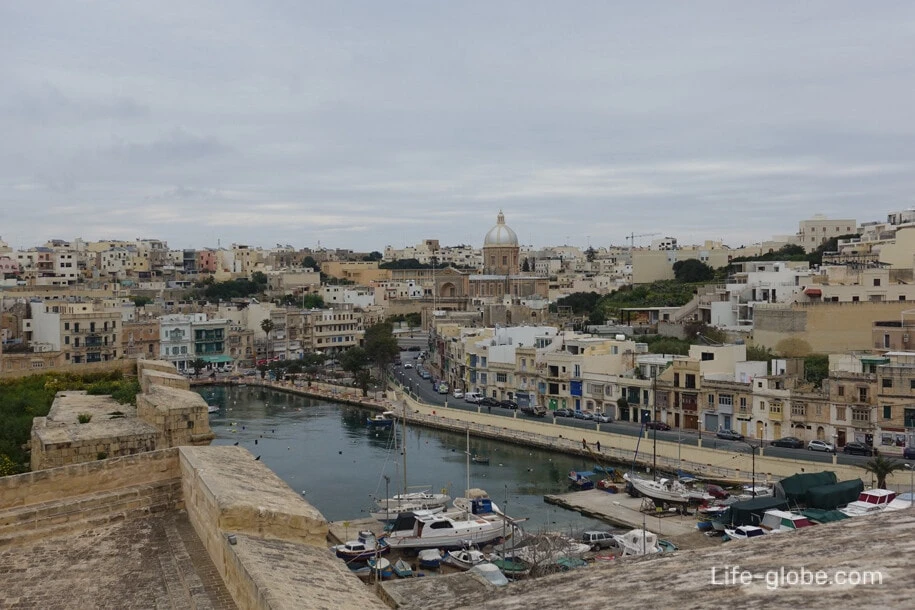
In addition to the above, Birgu also houses the old city gates, historical monuments and buildings, as well as churches.

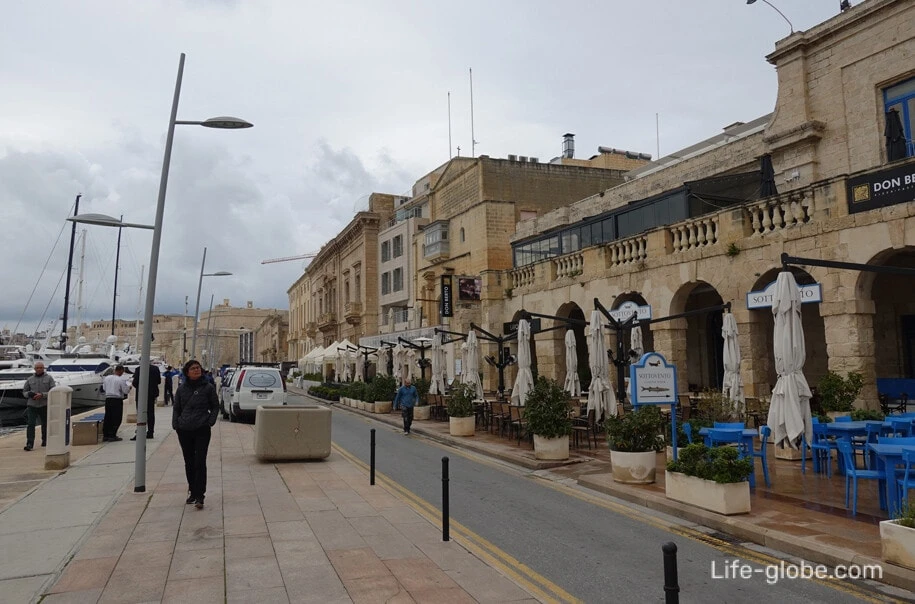
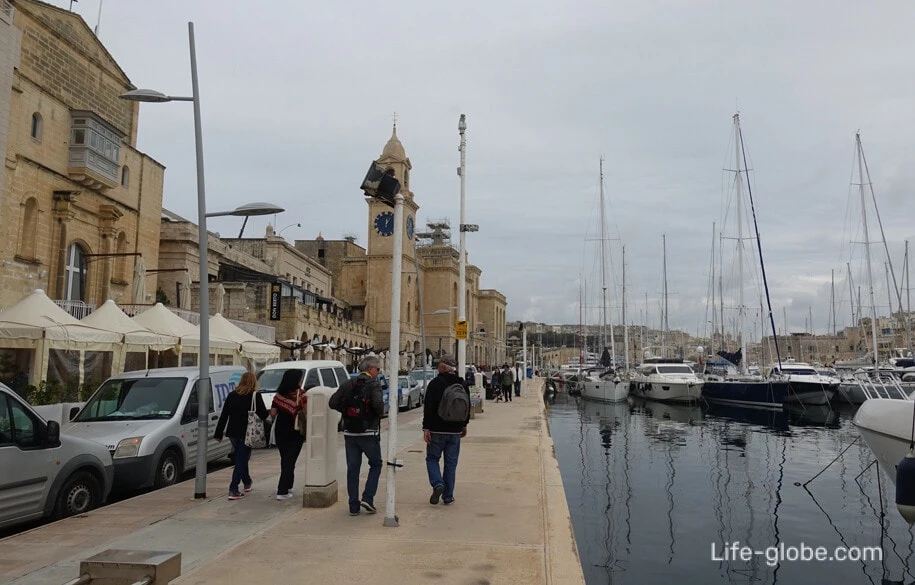
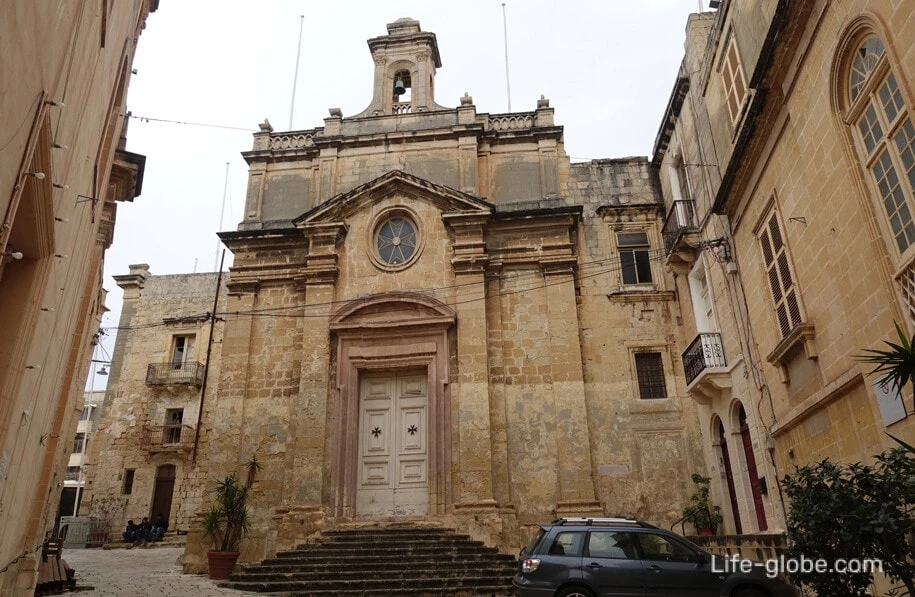
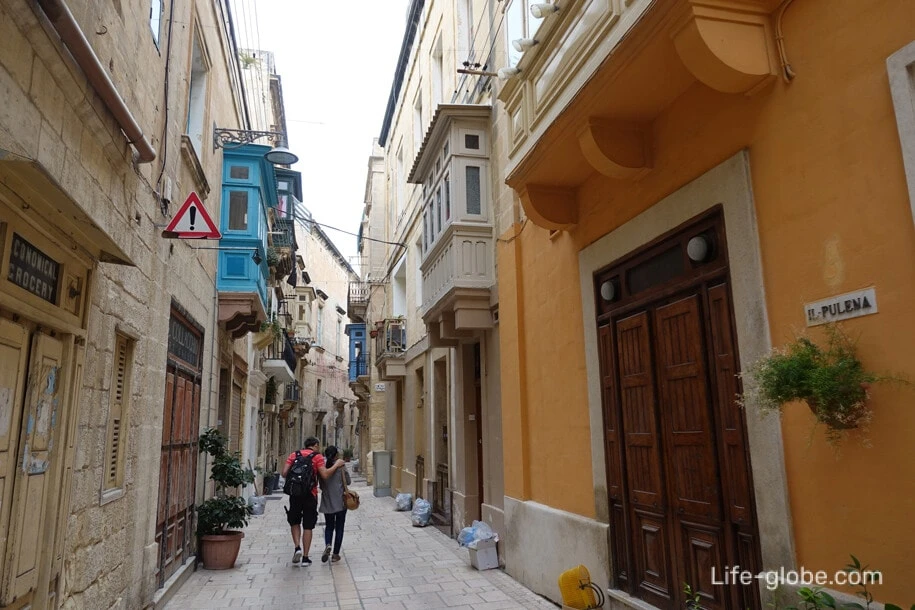
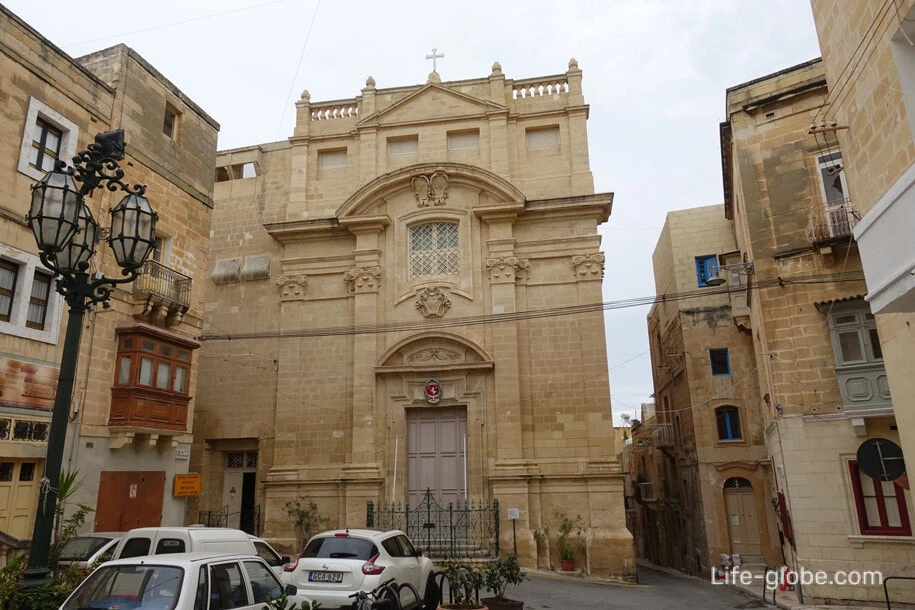
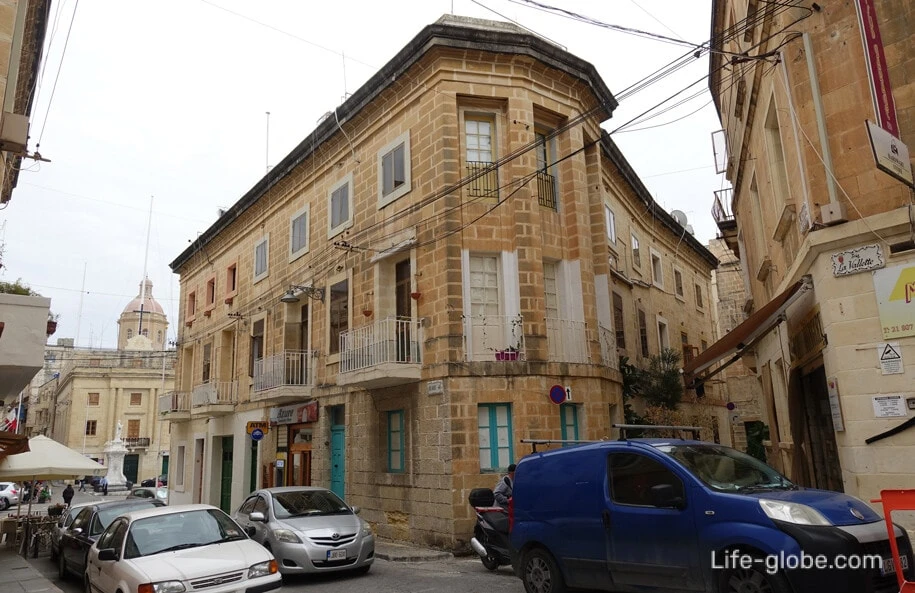
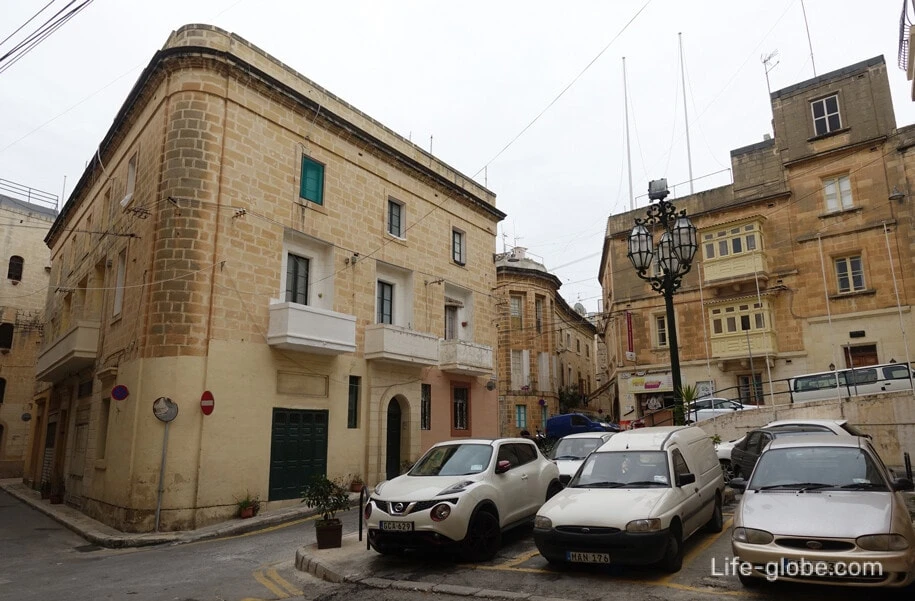
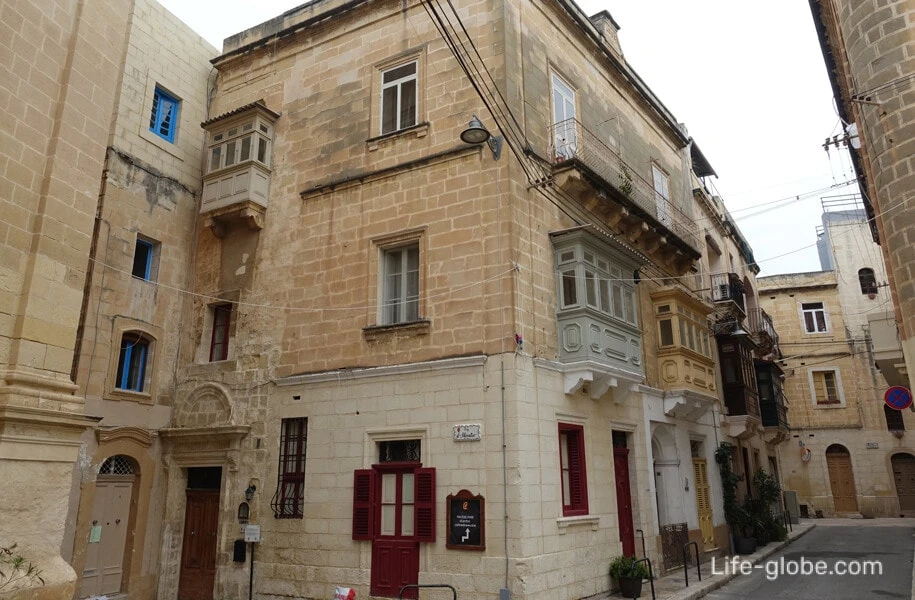
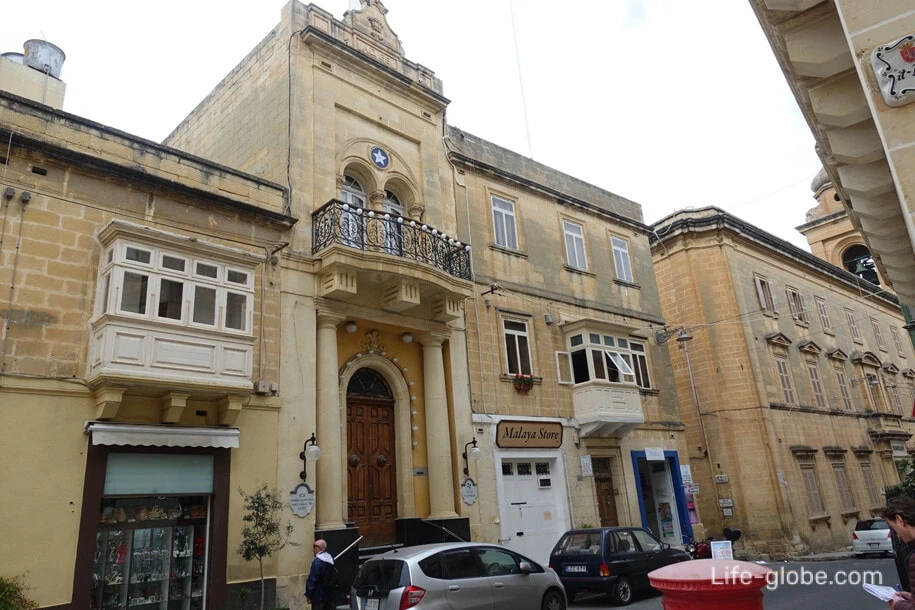
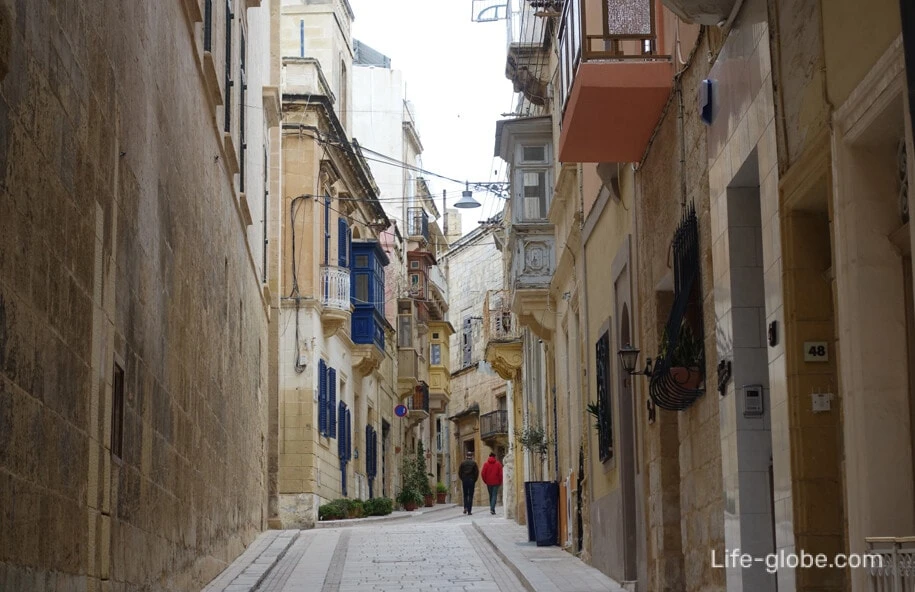
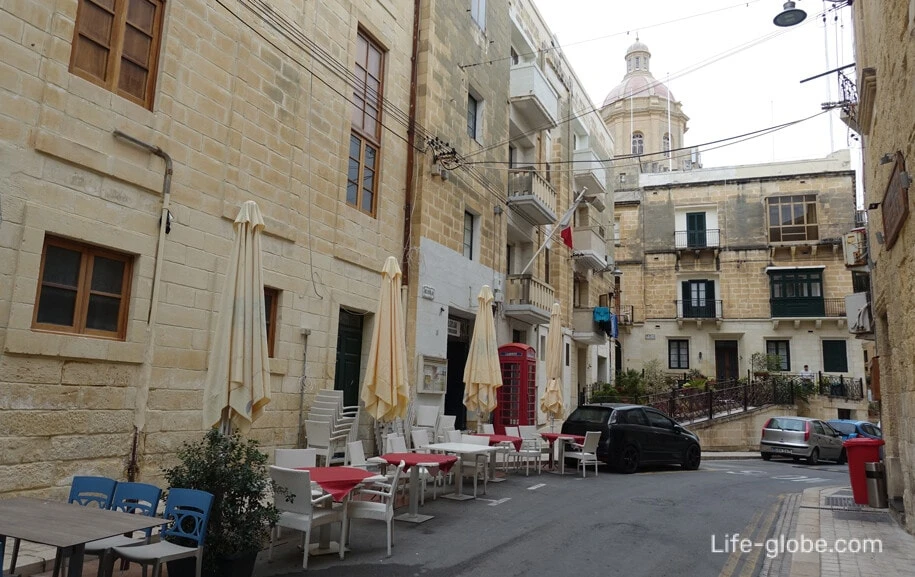
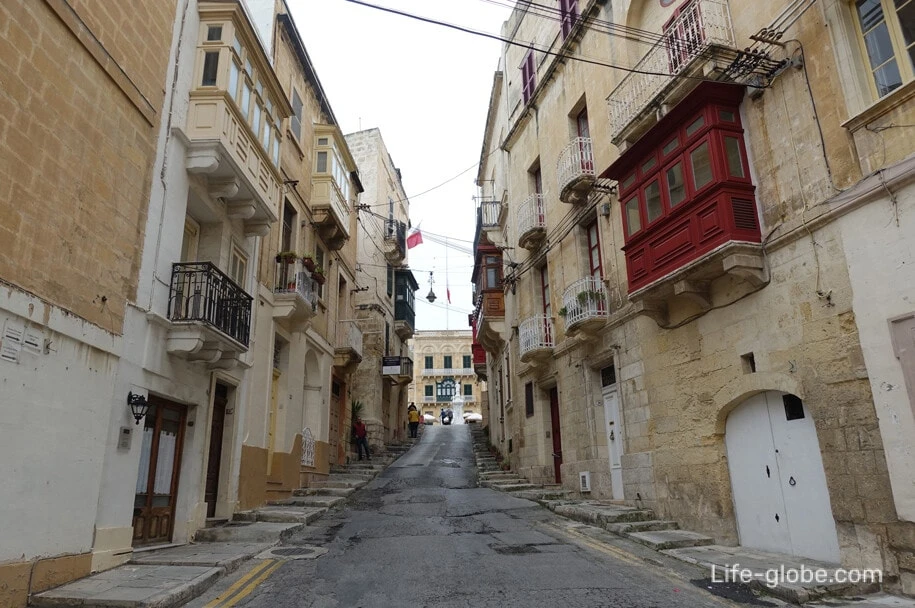
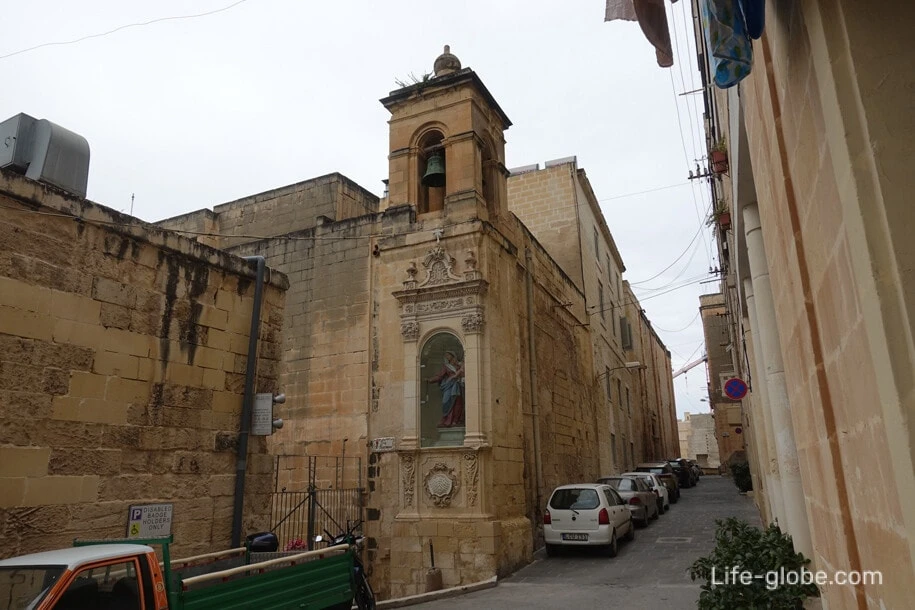
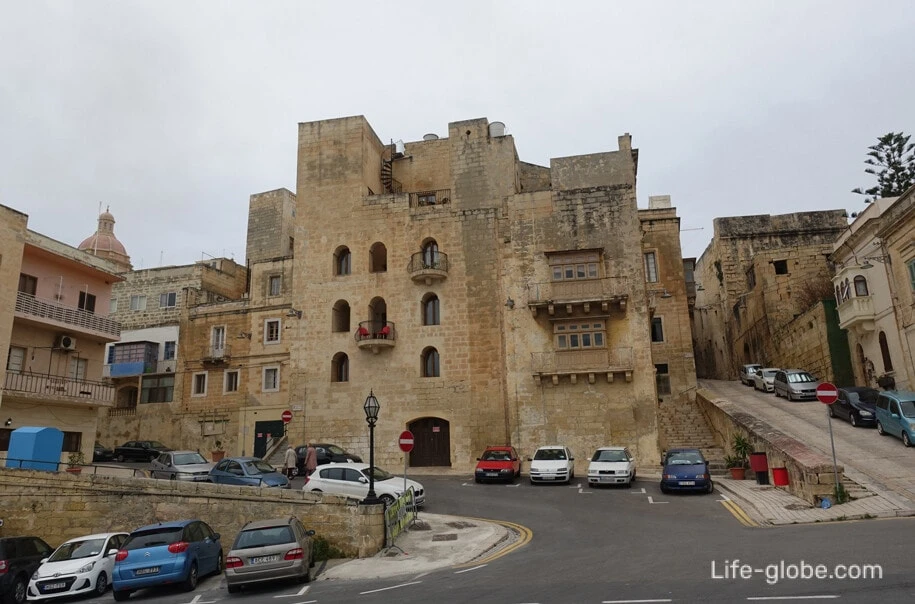
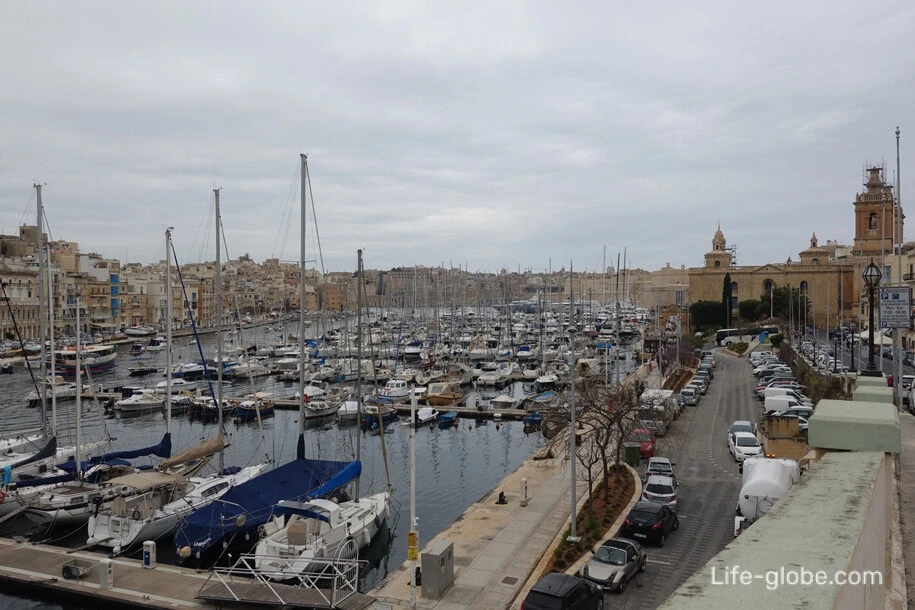
Bormla, Malta
Bormla is the last town relative to the harbor, marina.
Along the embankment attracts the attention of the historical university, the former dock building, built by the Order of St. John and expanded by the British, as well as the Church of St. Theresa.
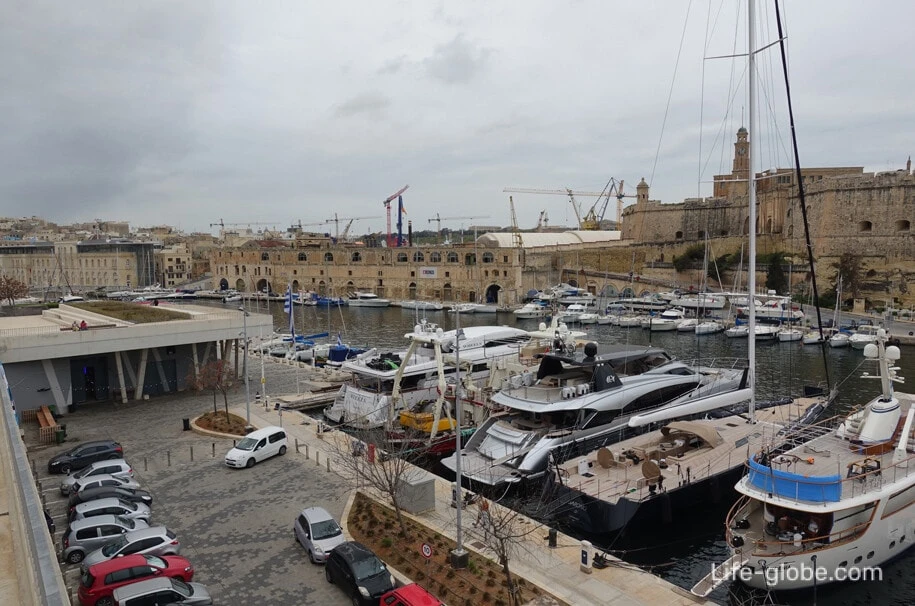
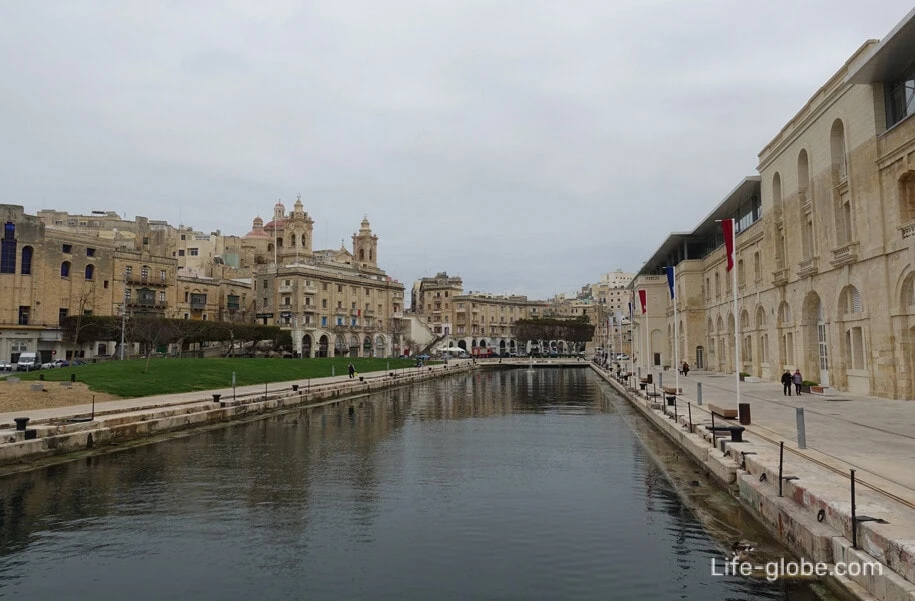
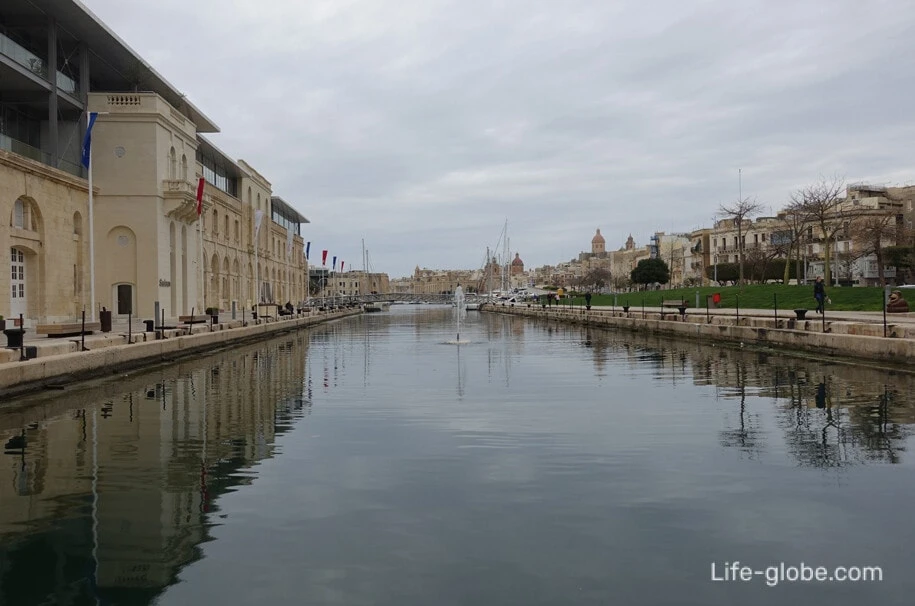
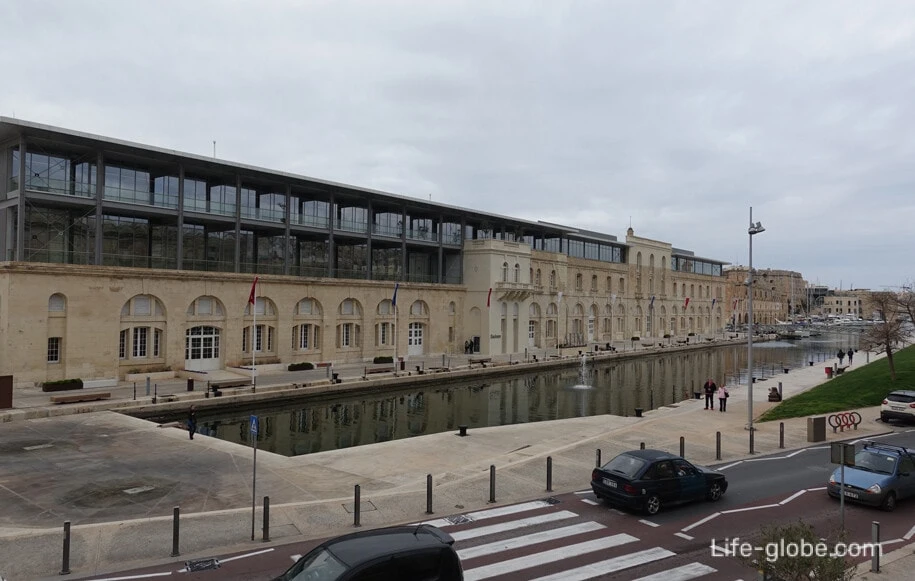
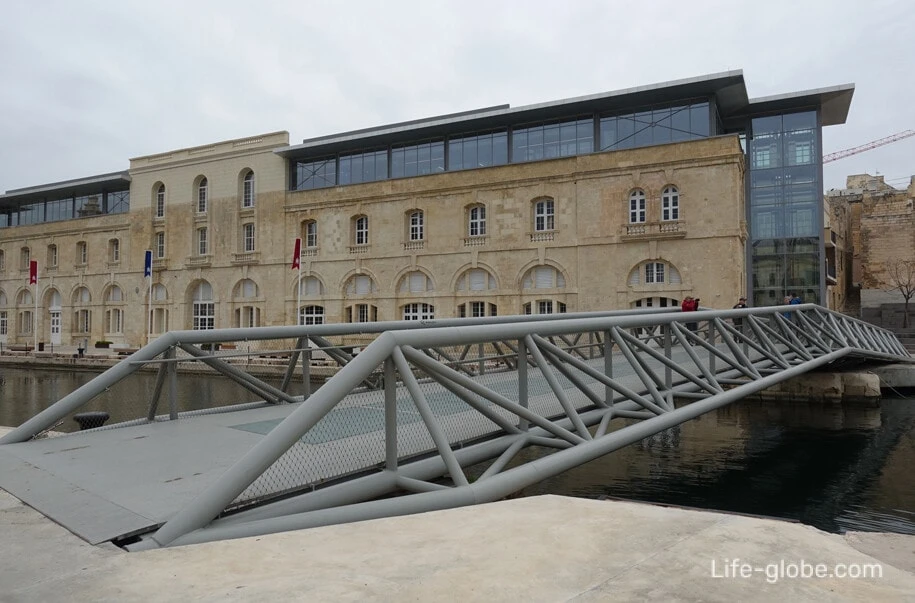
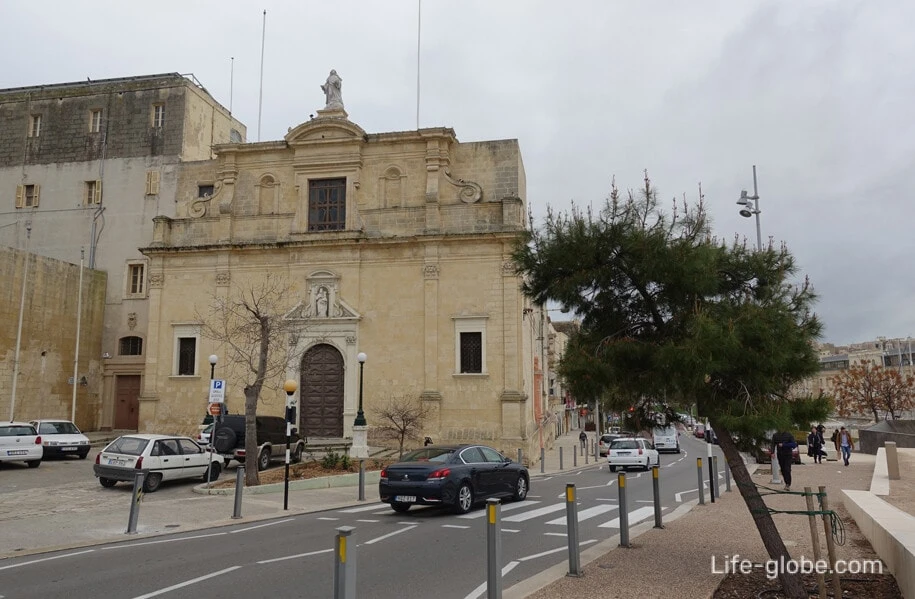
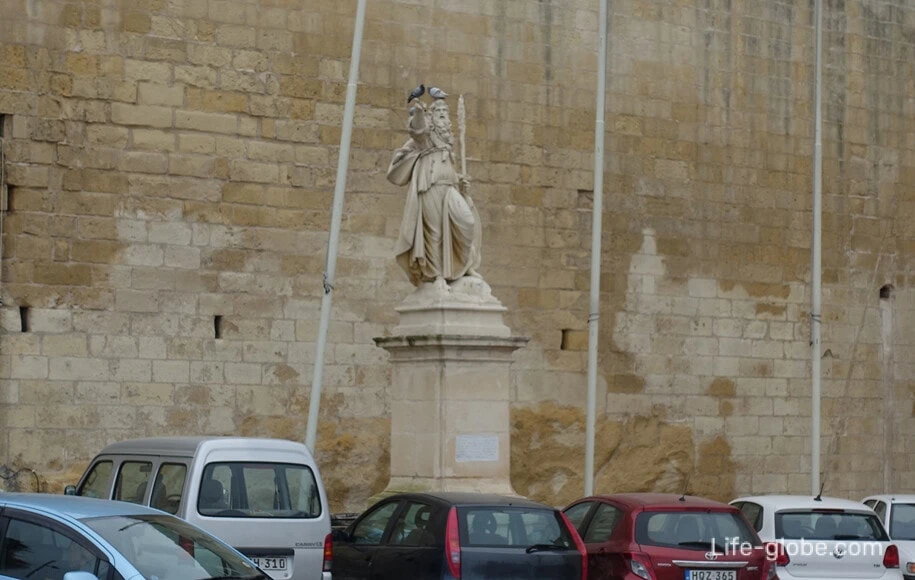
Near the harbor there is a statue of the Madonna (Madonna Statue).
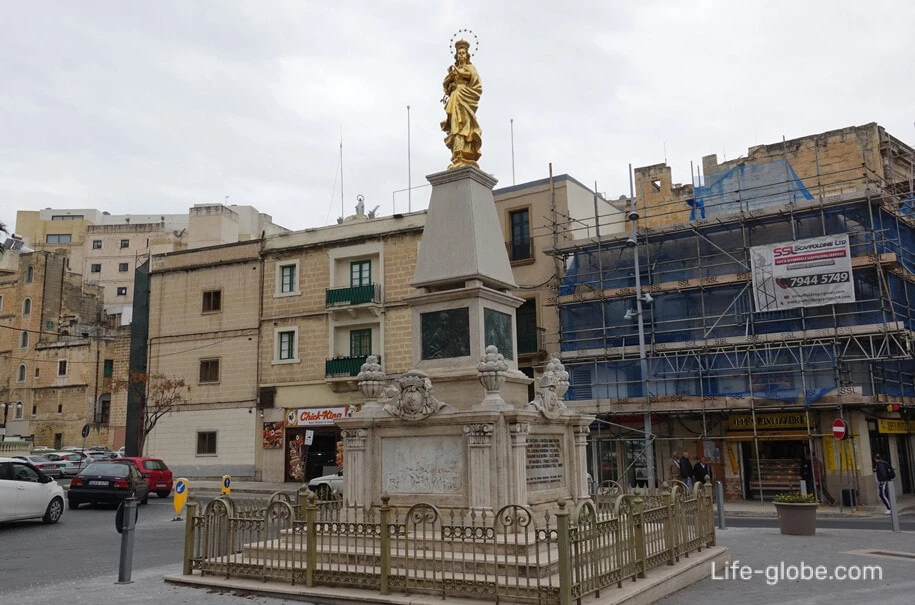
One of the main tourist attractions of Bormla is the gate of St. Helena (Maltese name: Il-Bieb ta 'Santa Liena), located in the wall and part of the former defensive fortifications, and also known as Porta dei Mortari (Porta dei Mortari).
The gate was built in the Baroque style in 1736 by Charles Francois de Mondion during the magistracy of Grand Master Antonio Manoel de Villena. The gate originally had a drawbridge, which was replaced by a chain bridge in the early 19th century. There were also casemates at the gates, which housed sentries. In 1947, the casemates were demolished to make way for two modern openings for the passage of vehicles. Also, the gate was originally protected by a triangular lunette and a tenal, which were dismantled in the 19th century to make way for a new road.
The Gate of St. Helena consists of a Baroque portal and is considered one of the most beautiful gates of the 18th century Hospitallers. The main facade of the portal is built of alternating rows of masonry, and also contains a decorative keystone and two semi-columns supporting the cornice. Between the stupas of the gate there is a central pediment, on which there are two marble overlays separated by a carved sword. Initially, they depicted the coats of arms of the Order of St. John and Grand Master Antonio Manoel de Villena, which were damaged during the French occupation of Malta in 1798.
The arched entrance of the gate is crowned with a marble plaque containing a Latin inscription, which tells about the construction of a defensive line.
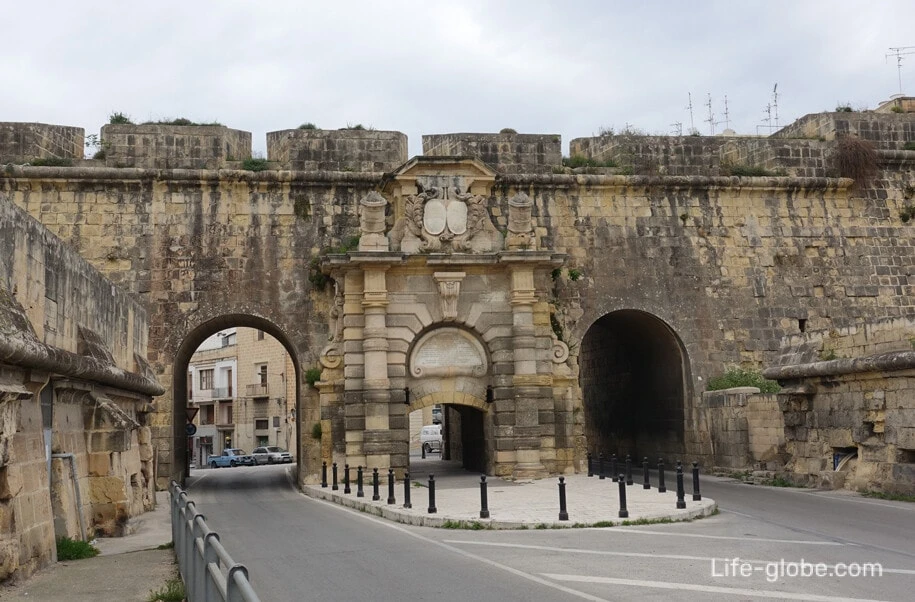
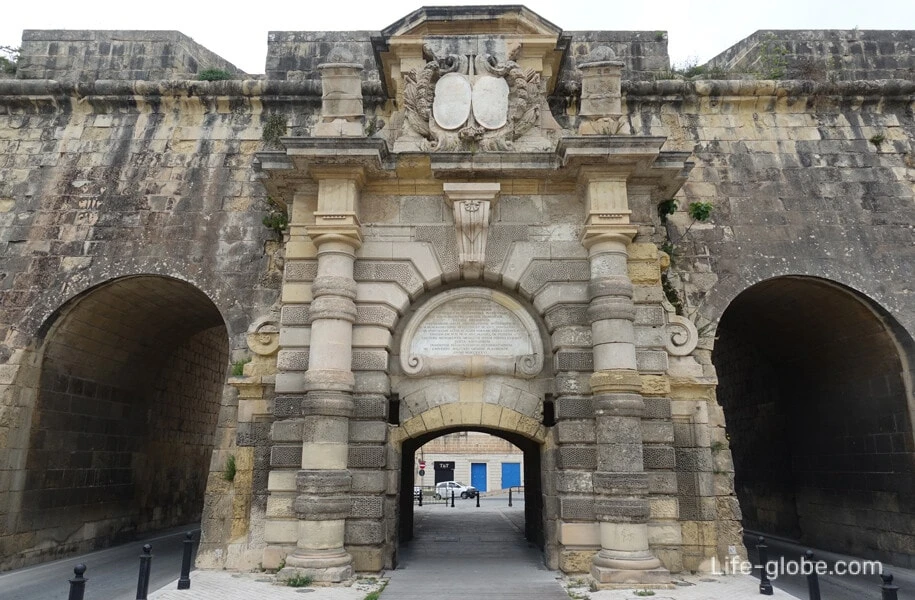
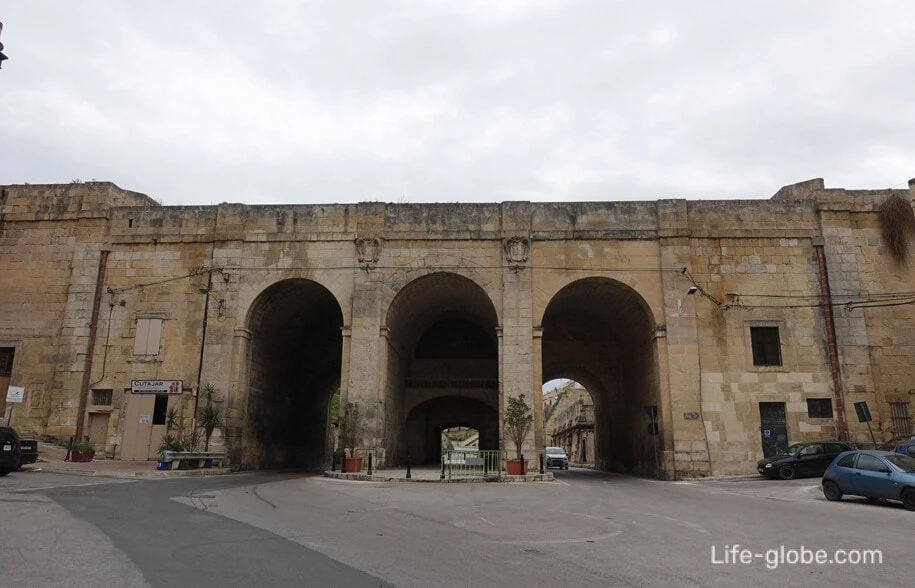
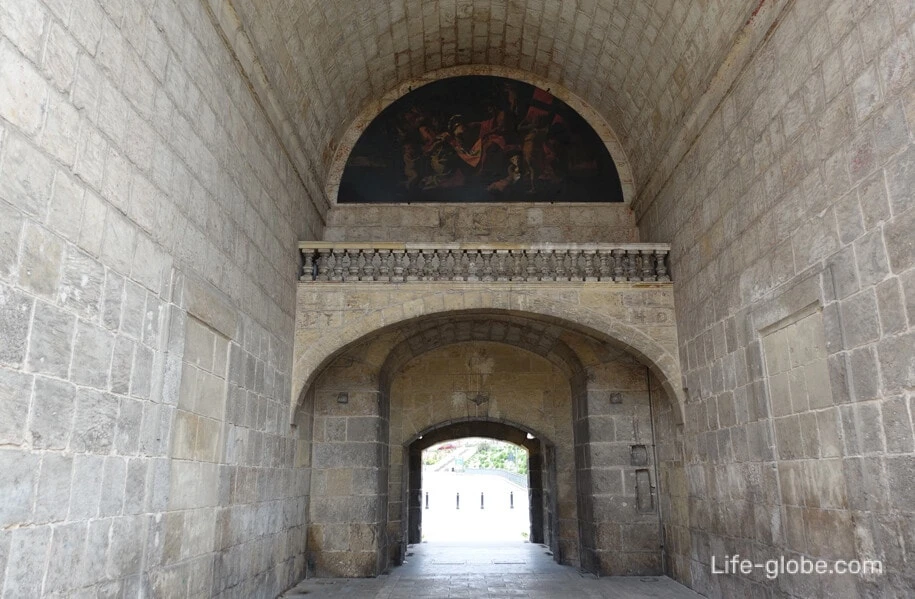
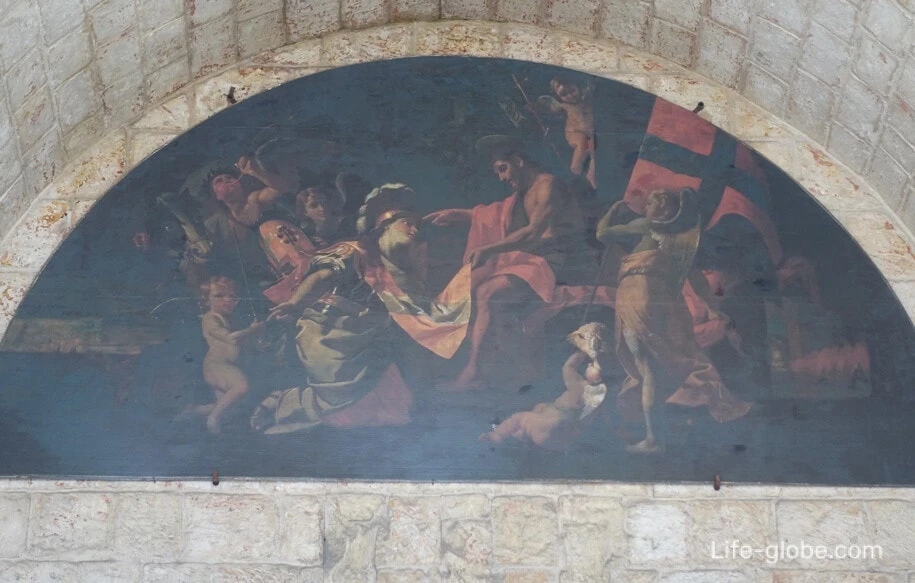
At the outskirts of Bormla there is another remarkable gate - the gate of Notre Dame, which in Maltese is called the Royal Gate (King's Gate).
The gate was built in 1675 in the Baroque style, and it is currently used as the headquarters of the Fondazzjoni Wirt Artna heritage organization.
The gate has five levels, and includes underground rooms, two barracks and a superstructure consisting of a two-level gatehouse, a veranda and a signal tower. The monumental facade of the gate is decorated with Corinthian pilasters, and it has a panel with a coat of arms surrounding a bronze bust of Grand Master Nicholas Cotoner, and a marble plaque with a Latin inscription.
The bust was cast by Pietro Sanses of Messina in the 1670s, and it is considered one of the most important works of bronze art in Malta. During the French occupation of Malta, the bust was taken by the French as a war trophy, but was returned to Malta by the British.
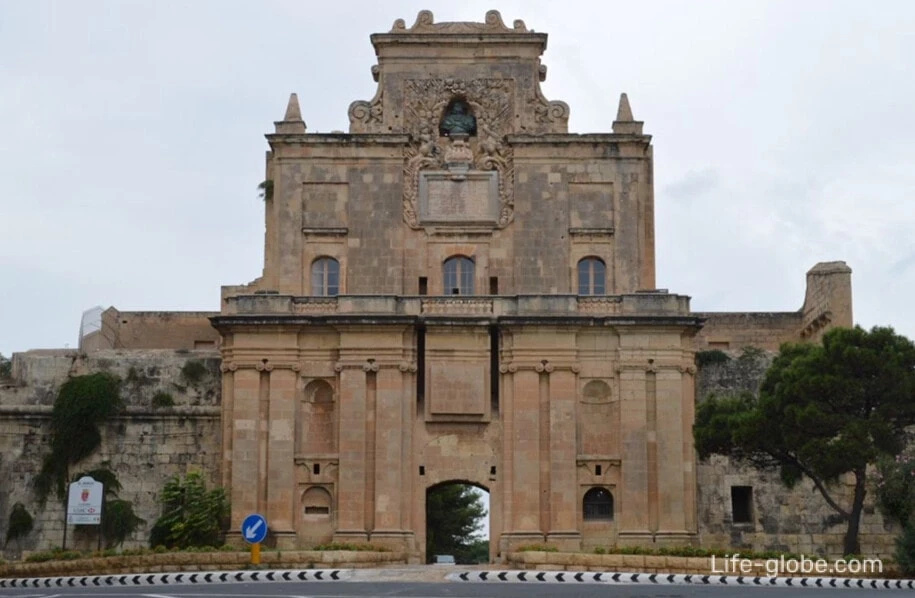
The former Cinema Rialto (Cinema Rialto).
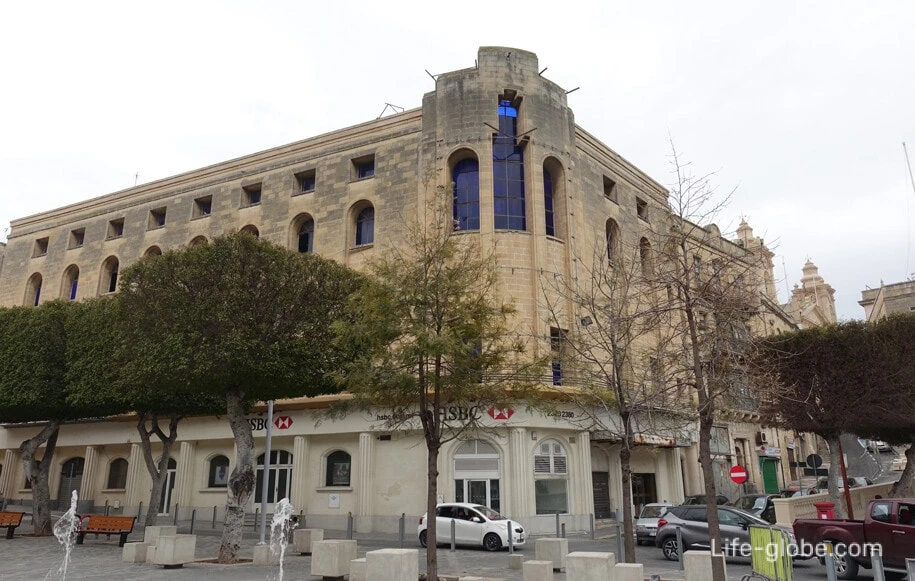
Kazin tal-Banda San Choro Community Center, in front of which there is a monument to Dominic Mintoff (Dom Mintoff Monument), founder and leader of the Maltese Labour Party in 1949-1985, Prime Minister of Malta in 1955-1958 (as Prime Minister of the colony), and after independence from 1971 to 1984.

The main shrine of Bormla is the parish Church of the Immaculate Conception (Il-Knisja KolleġġJata tal-Immakulata KunizzIzzjoni).
The original parish church stood on the site of the current church. It was built before the Great Siege of Malta in 1565 and became a parish in 1586. By 1684, due to the growing number of parishioners, the church had become too small, and construction of the current church began. The architecture of the church is attributed to Vincenzo Casanova, and the bell towers to Lorenzo Gafa. The construction of the church was completed around 1730.
A monumental staircase leads to the main portal of the church.
The interior of the shrine is decorated magnificently and richly.
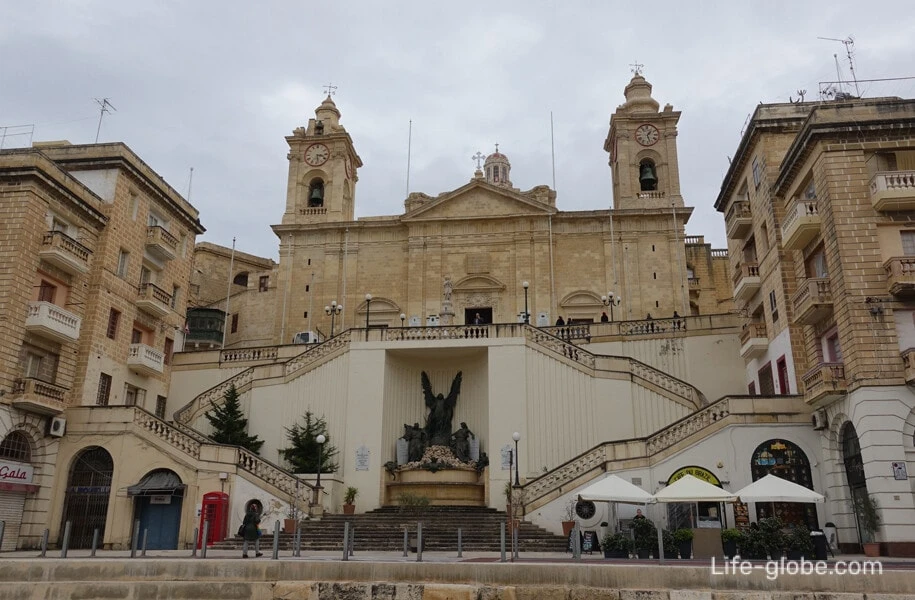
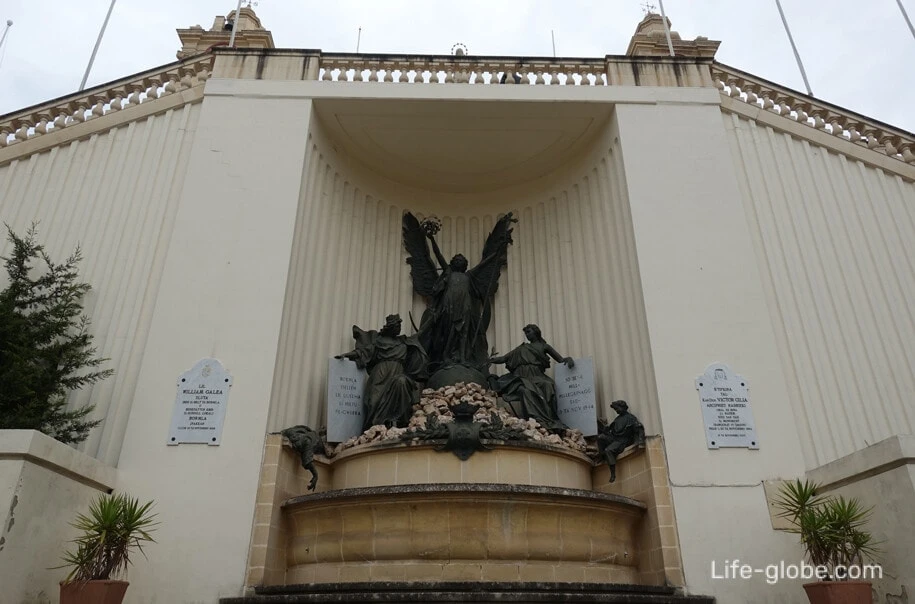
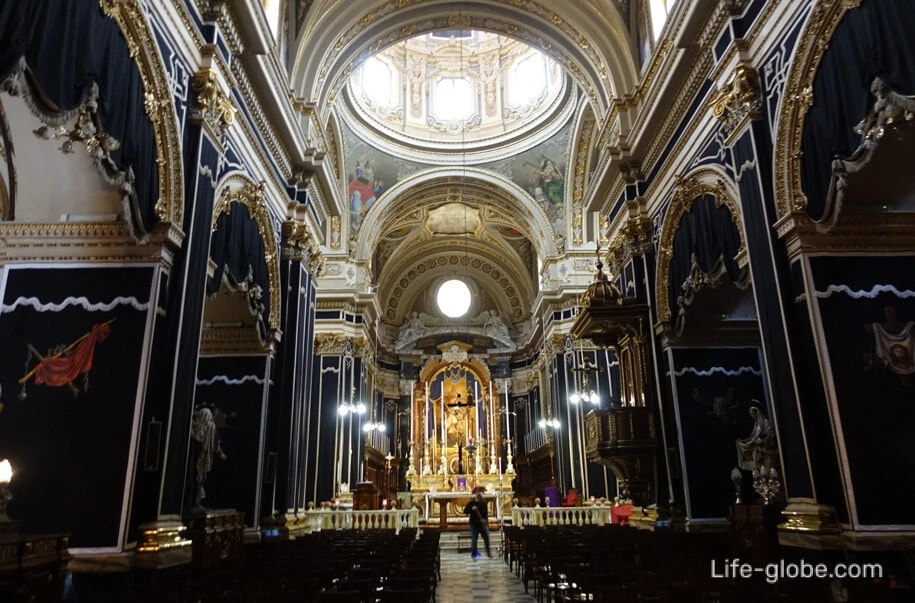
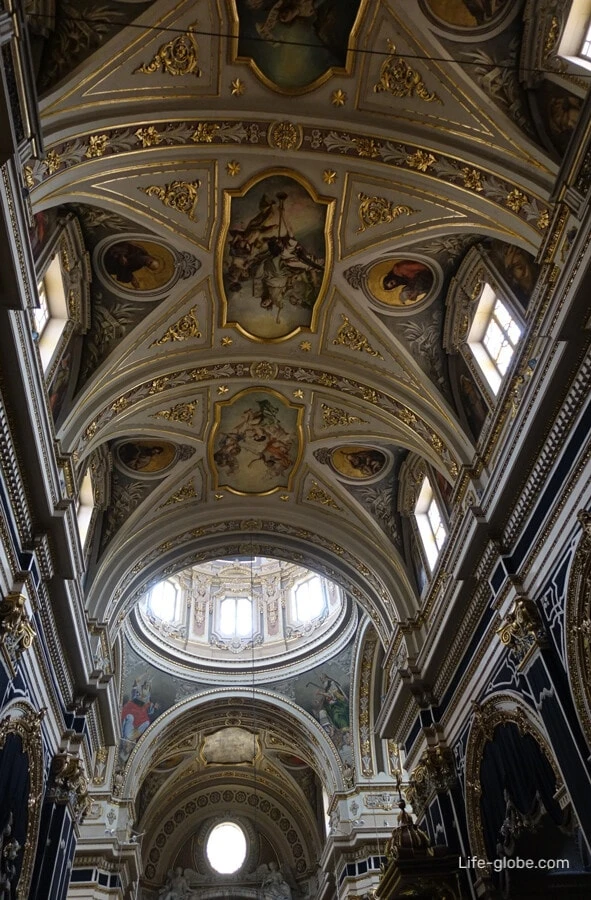
Another attractive, in terms of exterior, is the Church of St. Paul (St. Paul's Church), built from 1735 to 1740 on the site of the previous church, and consecrated in 1741.
The altar in the church depicts St. Paul, it is the work of Rocco Buhagiar, which replaced an earlier work by Francesco Zahra. The church also has two side altars; on one of which is a painting depicting the martyrdom of St. Barbara, by Francesco Zahra, and on the other is the Holy Family, by Jeannie Vail.
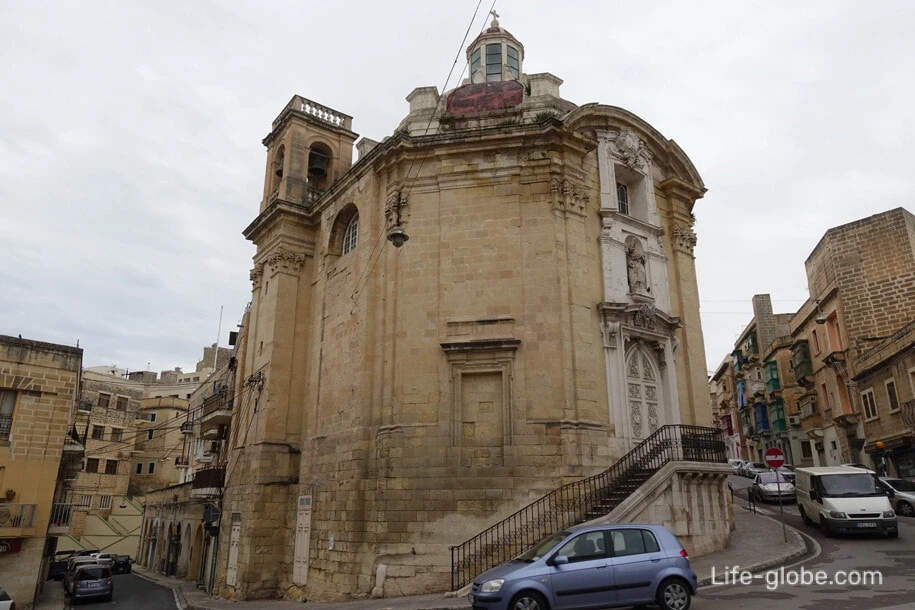
The most attractive of the former defensive fortifications in Bormla is a fortification located on the border with Singleia (partly within the current borders of both cities) - the Cavalier of the bastion of Saint Michael (Fort Saint Michael).
The bastion was originally built in 1552 and played a significant role in the Great Siege of Malta in 1565. After the siege, it was rebuilt as Kavallier St. Michael (Kavallier ta 'San Mikiel) and was completed in 1581. The Cavalier was partially demolished in the 20th century, and only part of its base has survived to this day, which was used as the base of the clock tower. There is a school nearby.
The remains of St. Michael's Bastion itself, which has now been turned into a garden, are located on the opposite side (nose) of the city of Singleya.
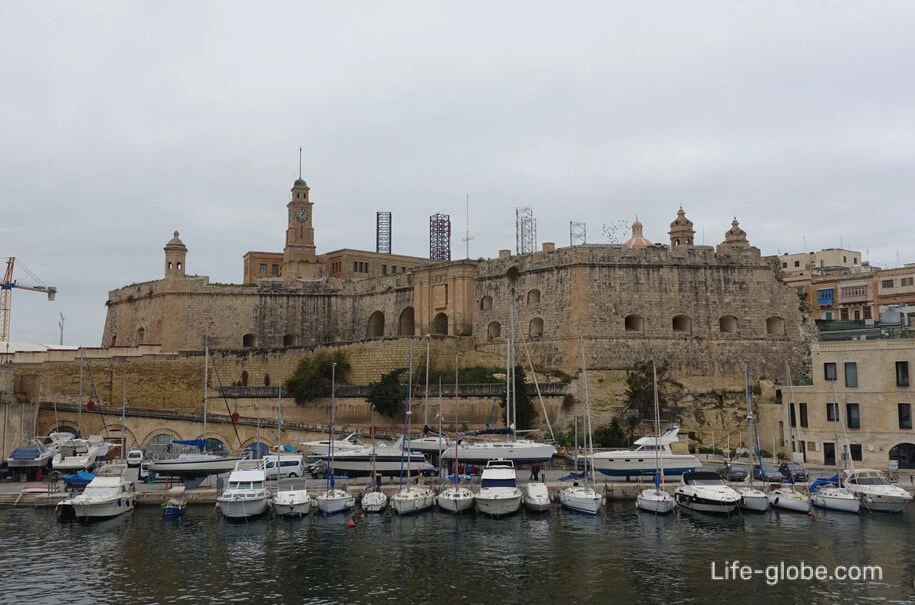
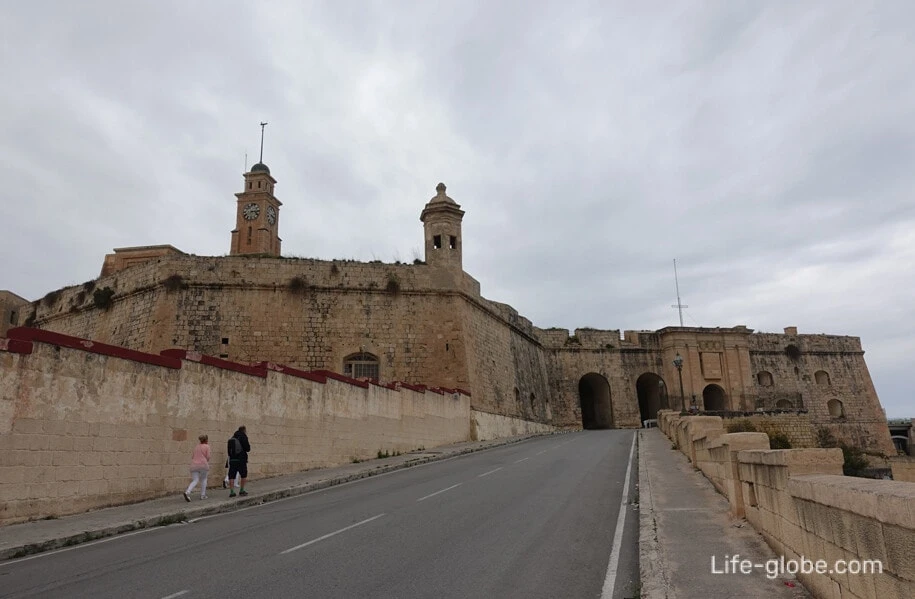
In Bormla there is a museum "Bir Muda Heritage", located in a historic house. Website: birmula.com .
Photo Bormly
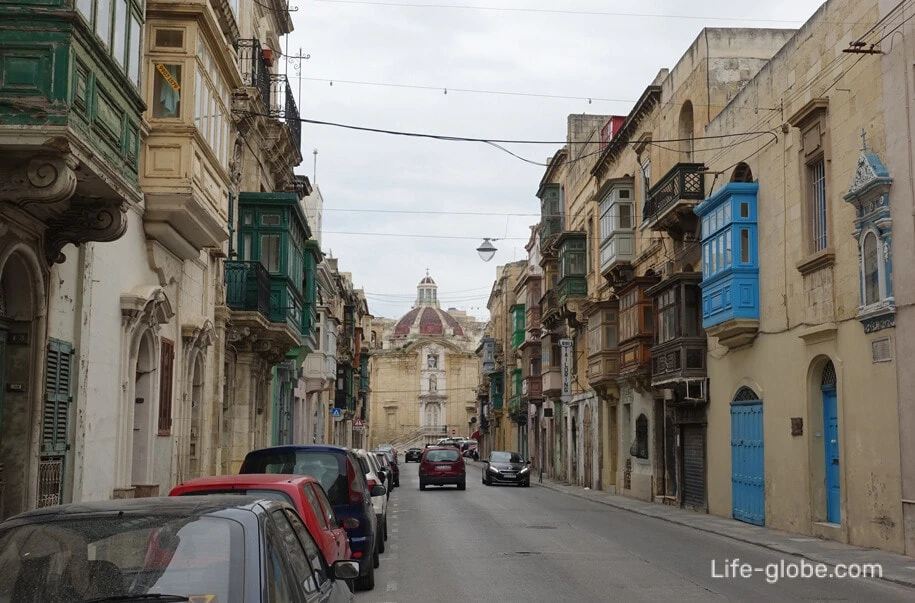
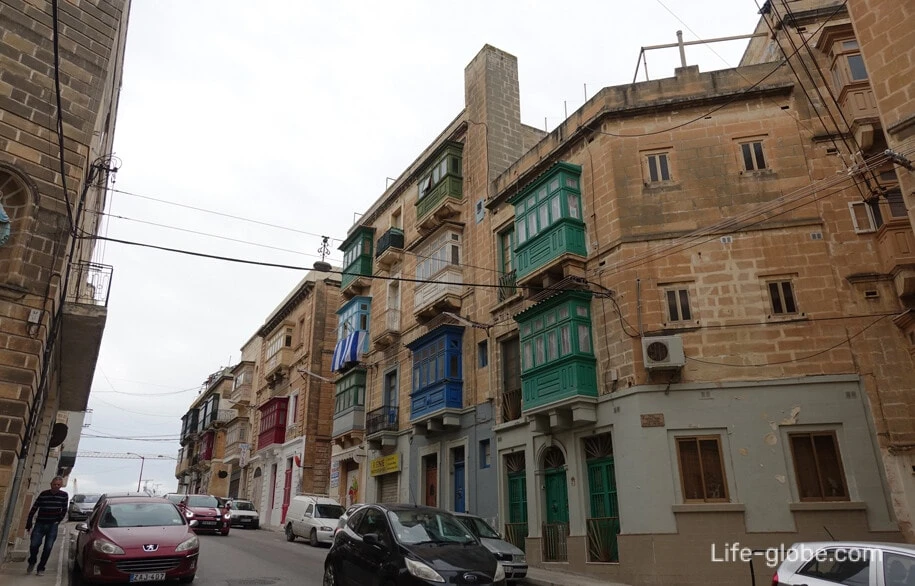

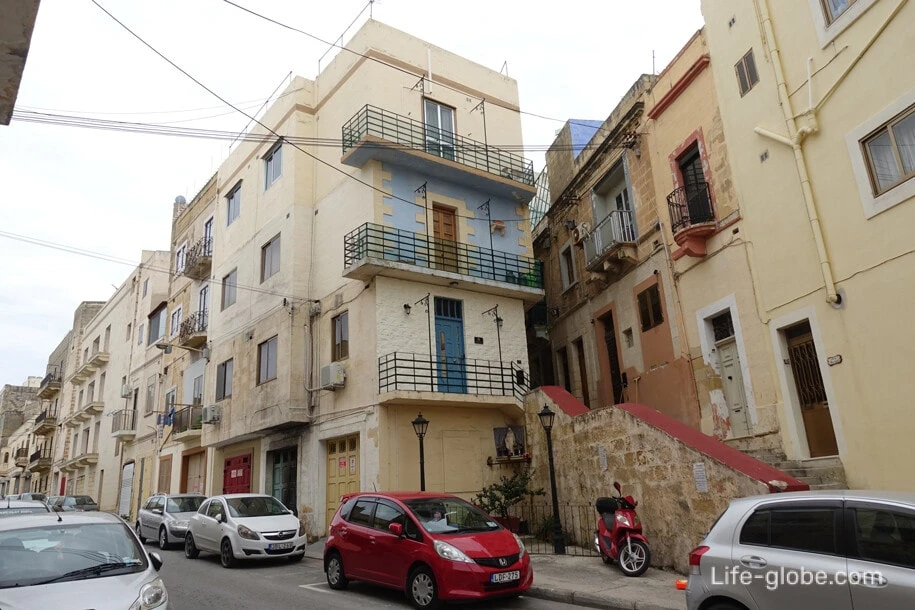
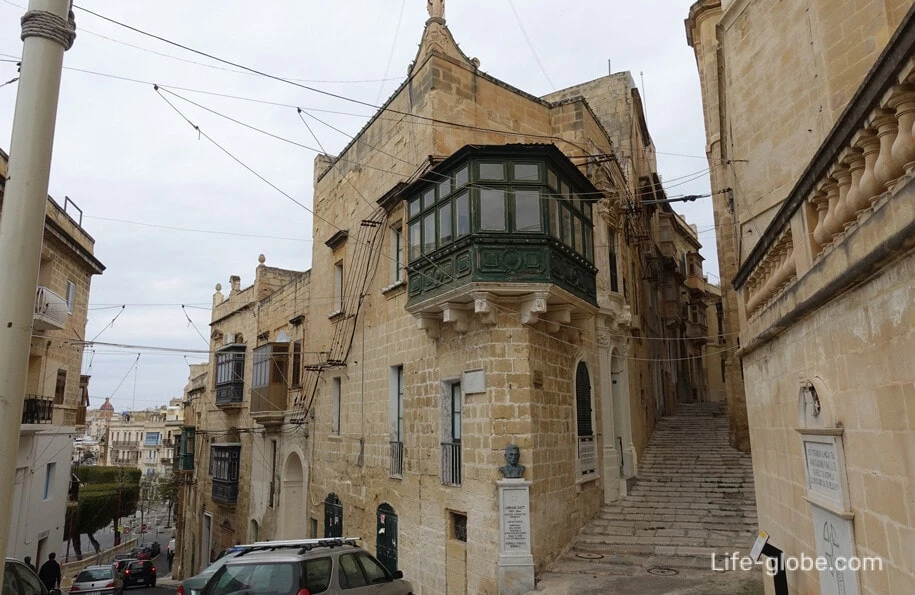
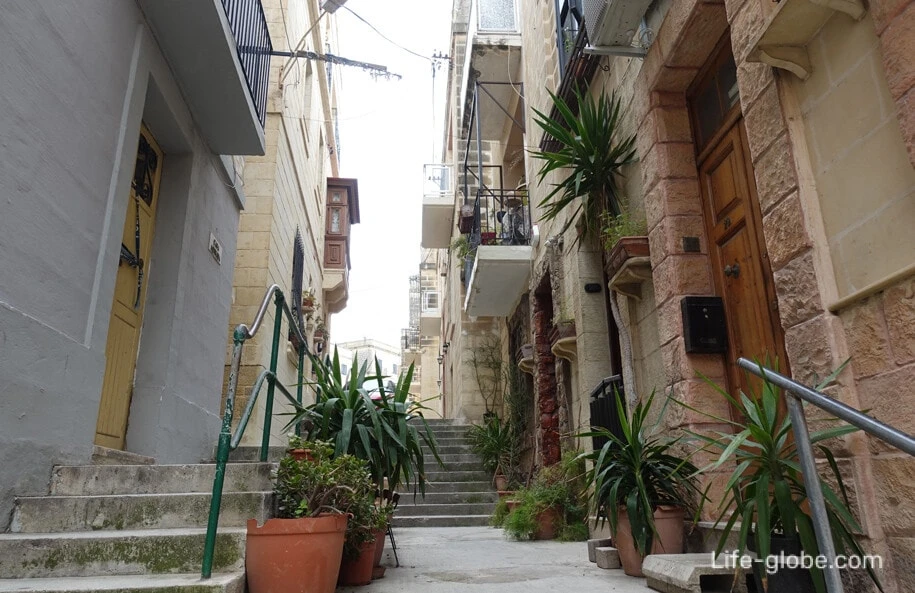

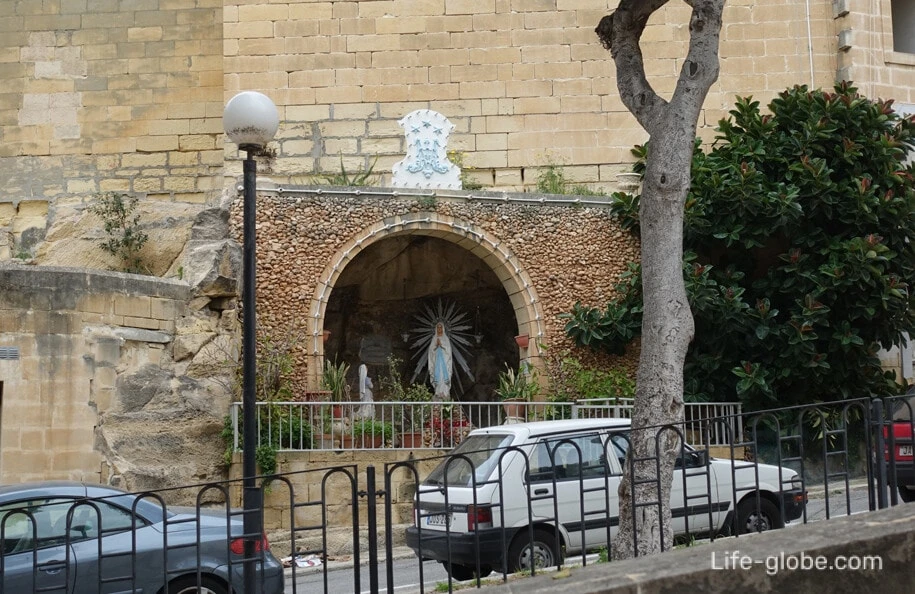
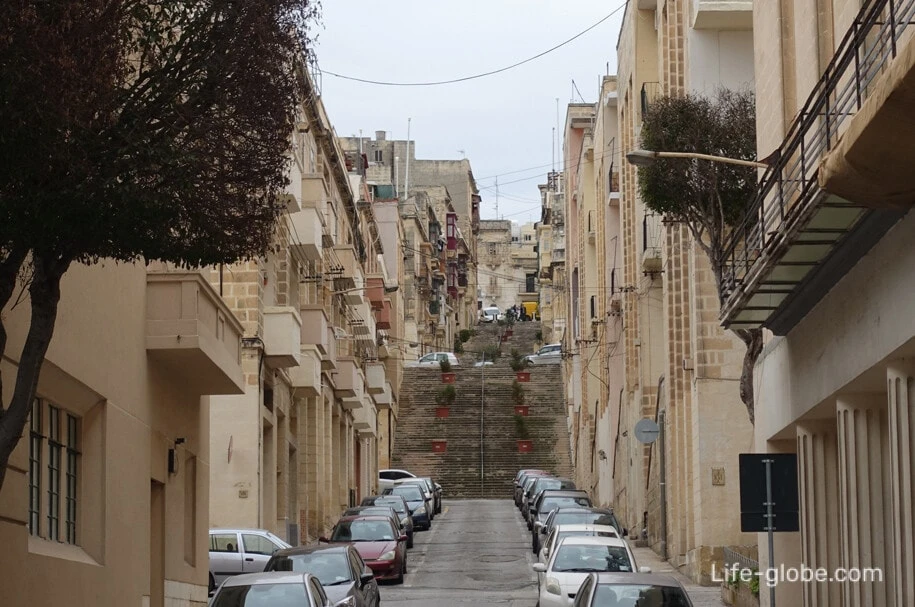
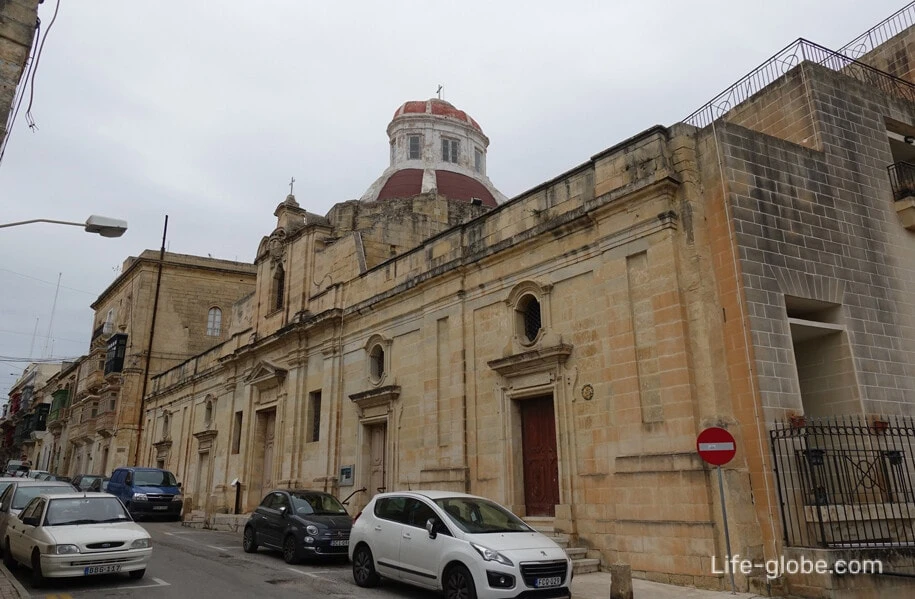
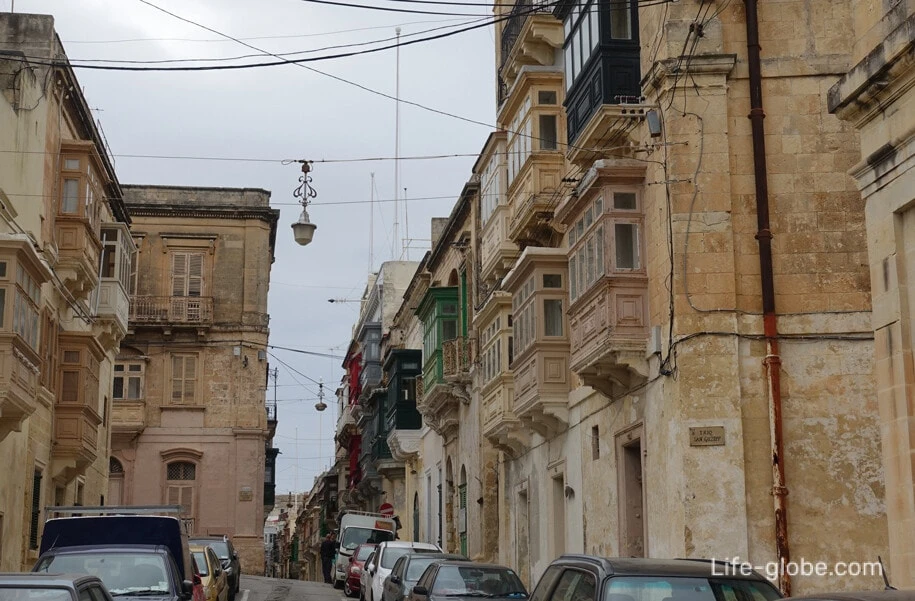
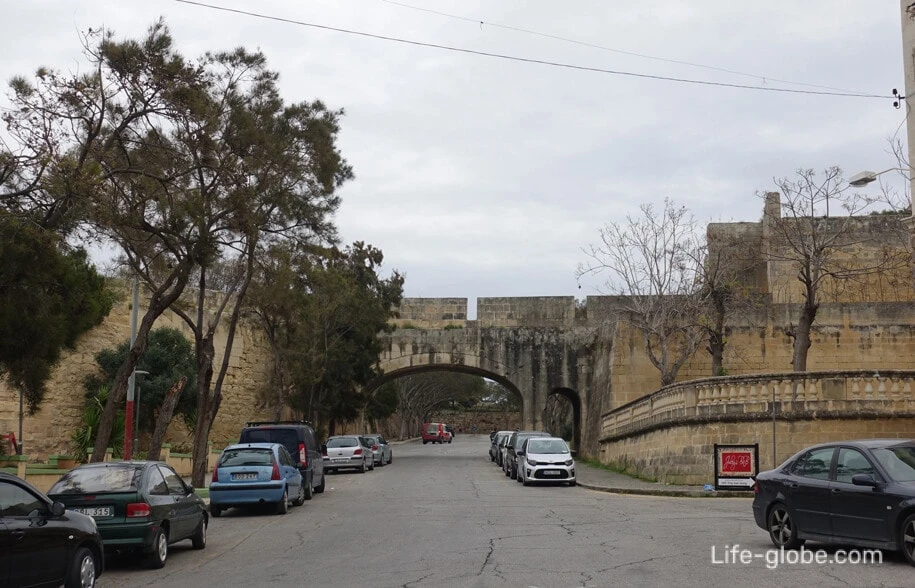
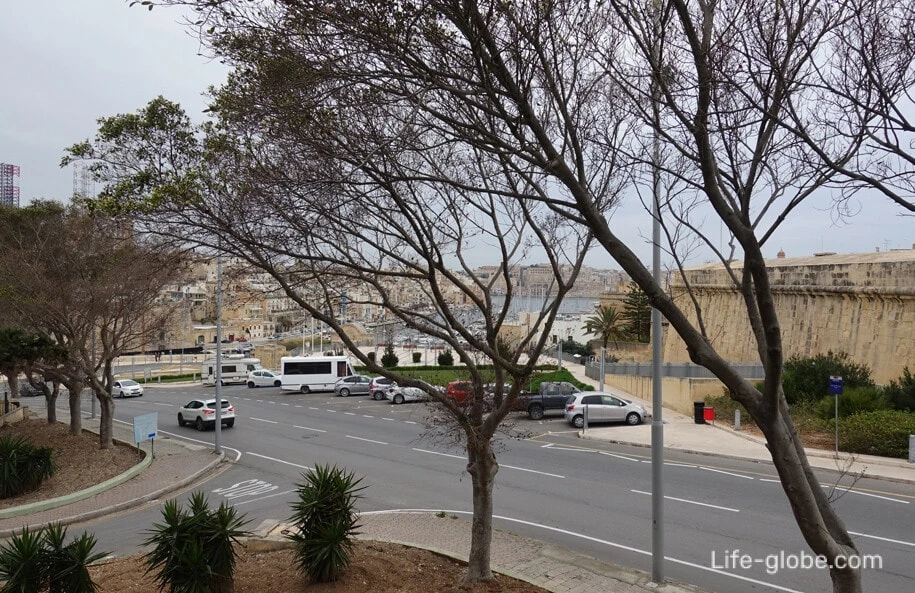
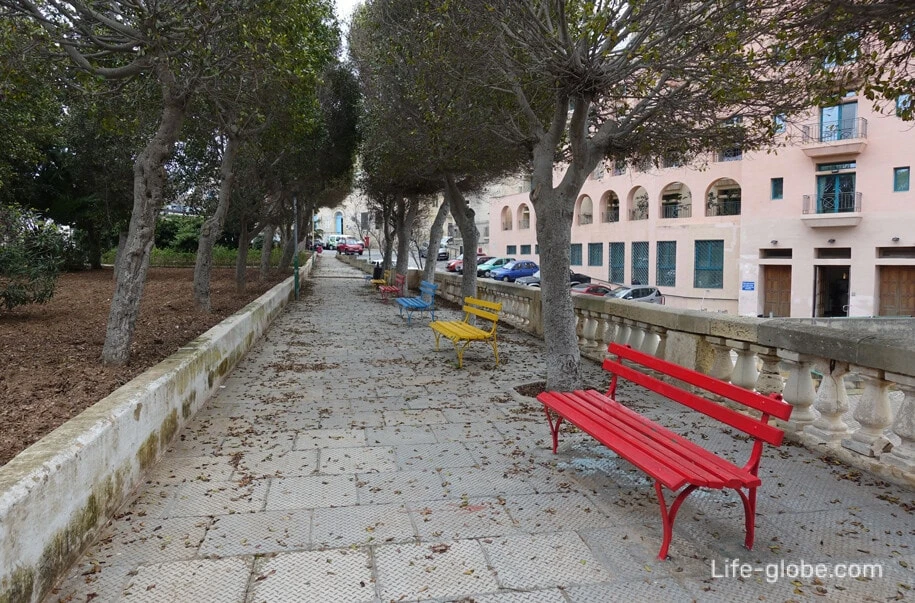
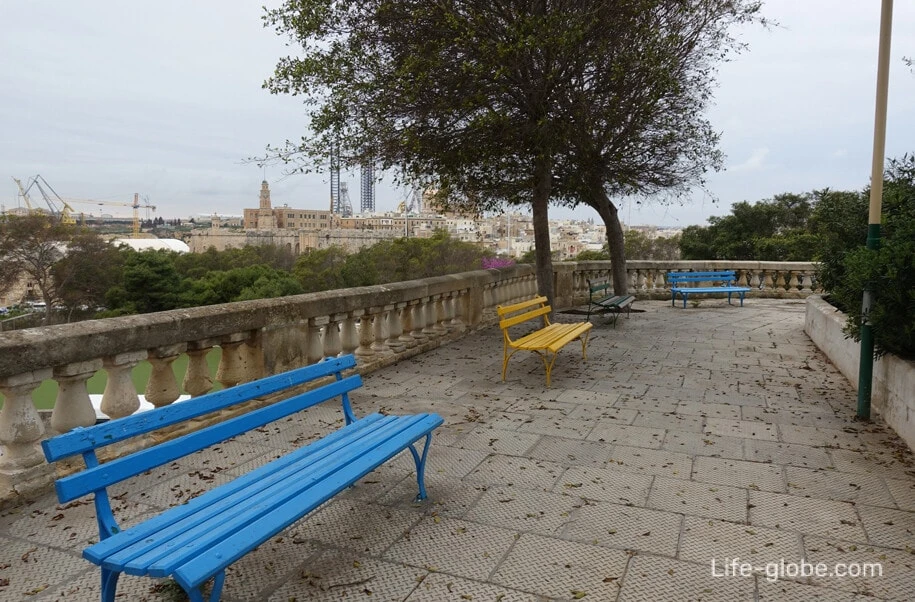
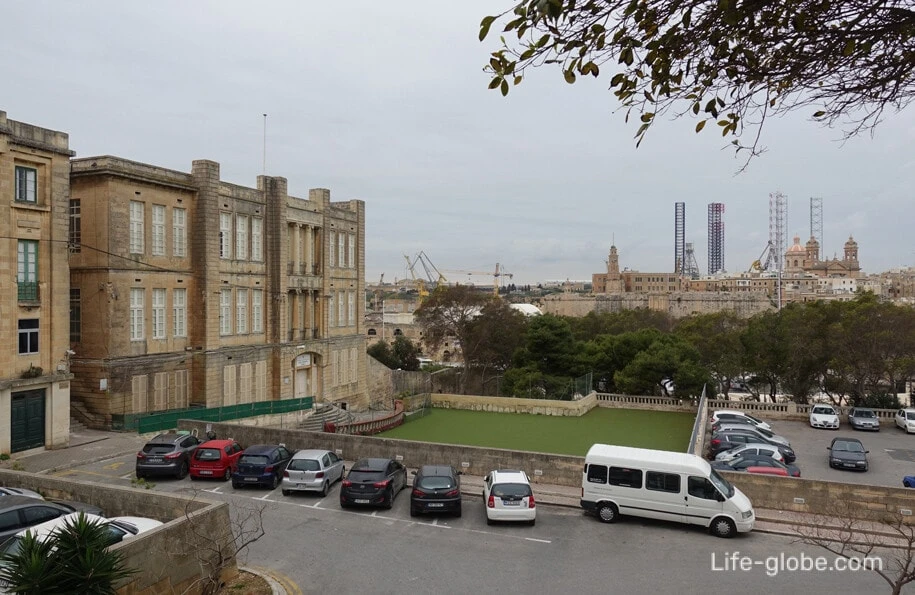
Senglea, Malta
The city of Senglea is also known by the name Invicta (Città Invicta), which was appropriated because the city managed to resist the Ottoman invasion in the Great Siege of Malta in 1565 and remain unconquered. After that, Grand Master Jean Parisot de Valette awarded the city the title Civitas Invicta (which means "Unconquered City").
The name "Sengleya" comes from the Grand Master Claude de la Sengle, who founded the city.
Although Senglea ranks 52nd in terms of population on the island of Malta, but due to its incredibly small area, the city is the 2nd most populous after the city of Sliema.
In 1798, Senglea participated in the blockade of French troops who were expelled from Malta in 1800. The city miraculously escaped the plague in 1813 and, as a sign of gratitude, a statue of the Virgin was erected in the center of the city.
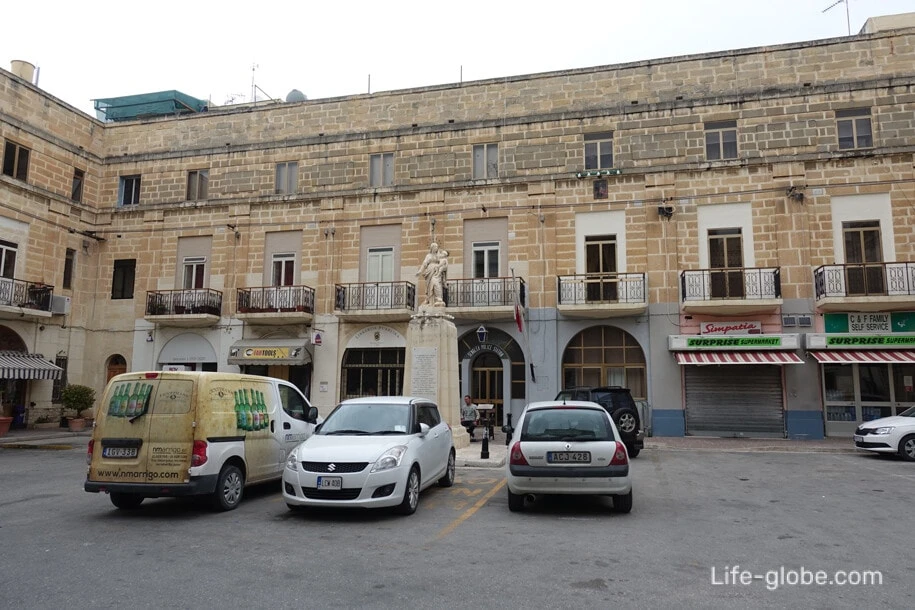
Along the coast of Singleia, you can see the remains of former defensive fortifications and walls, on parts of which residential buildings are built.
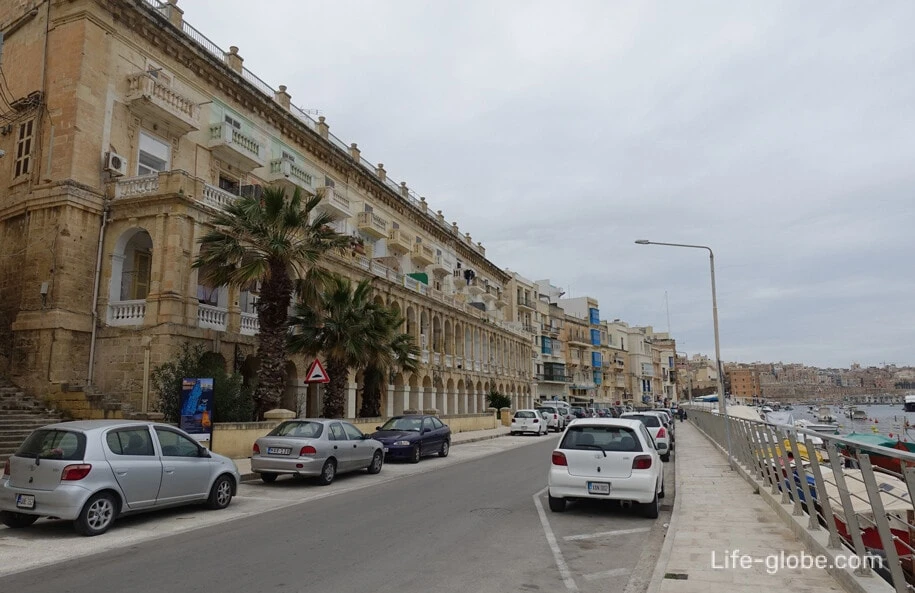
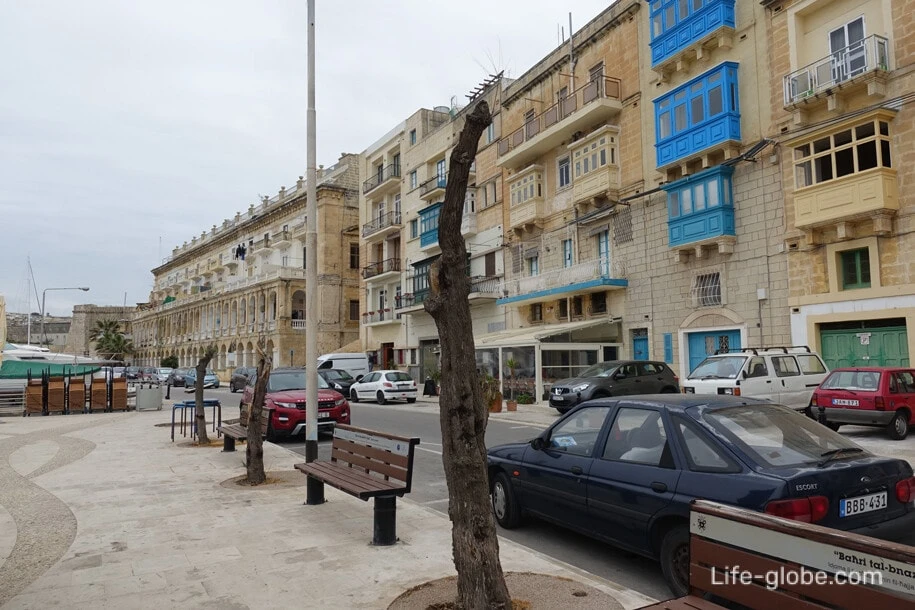
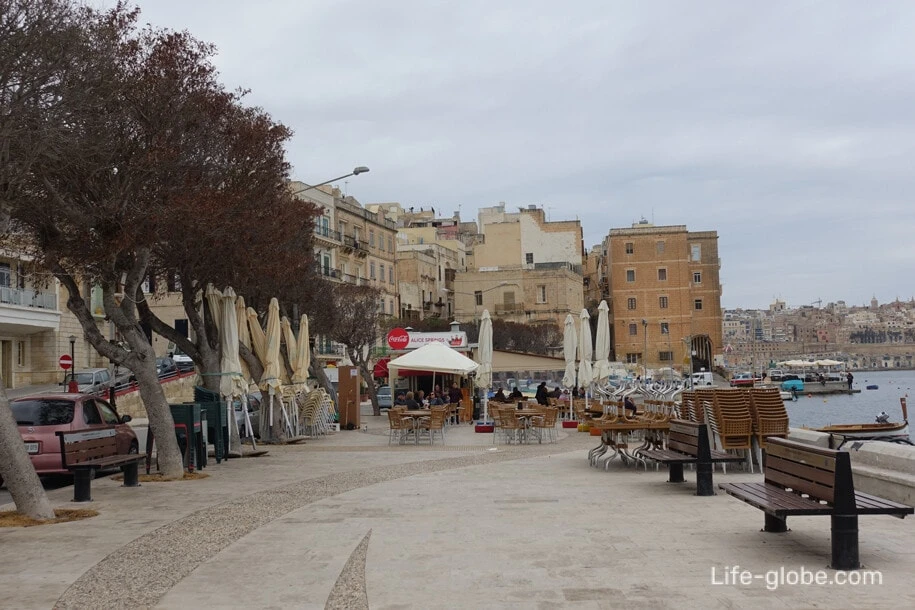
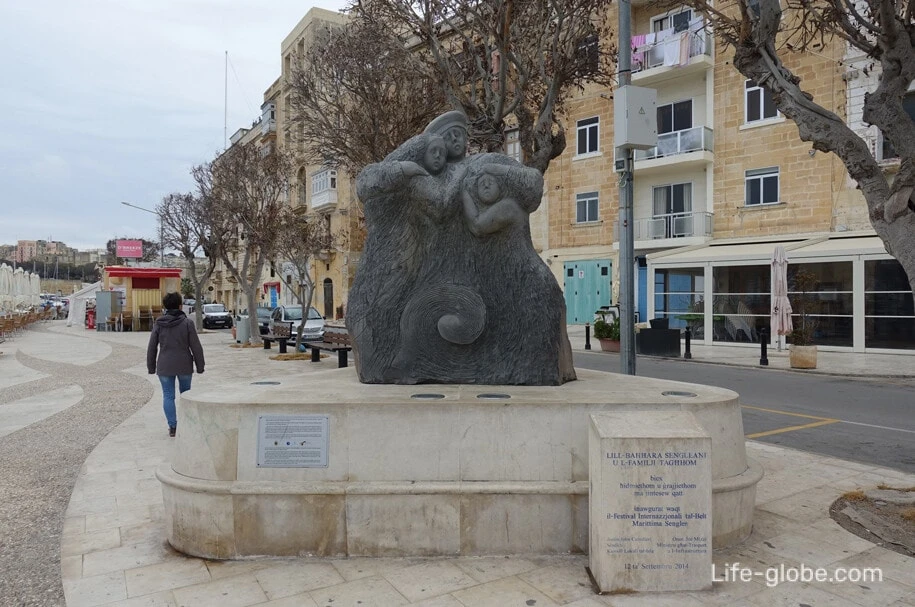

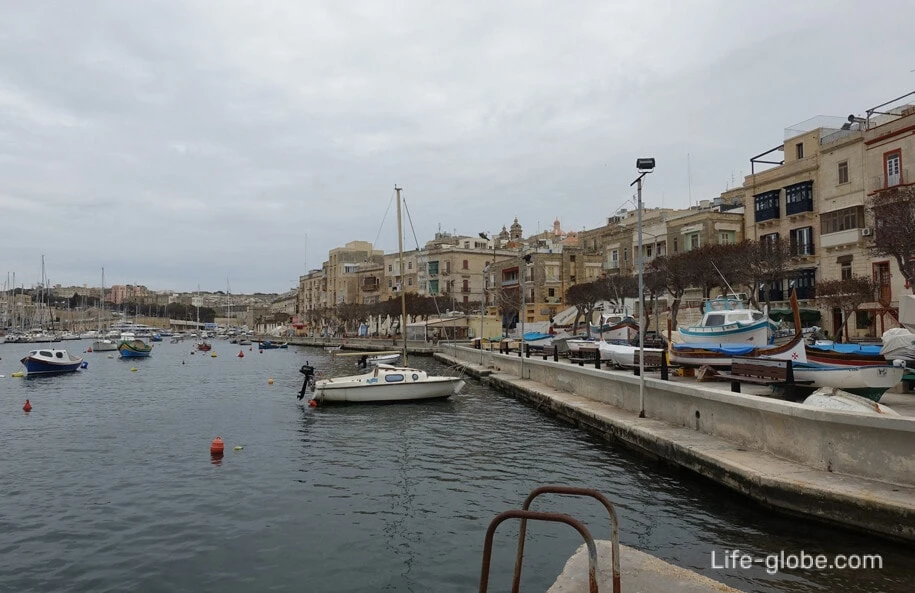
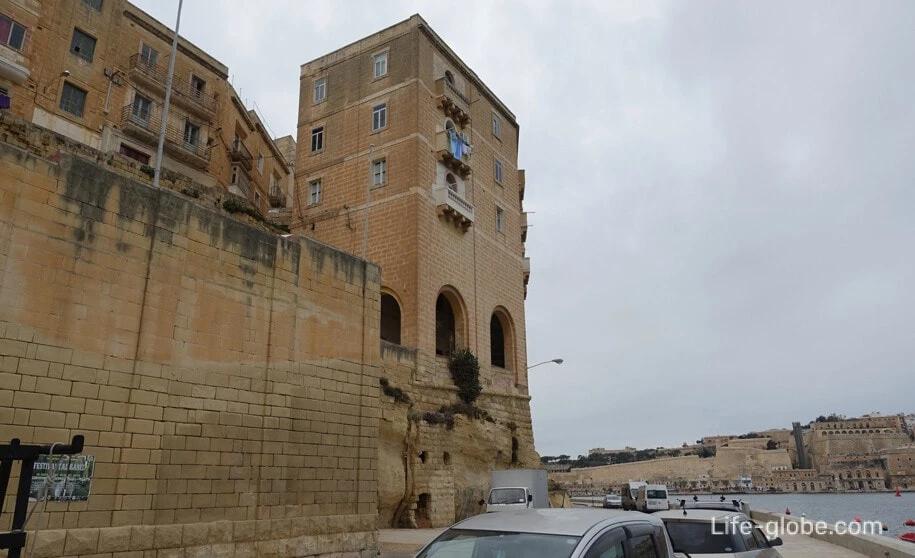
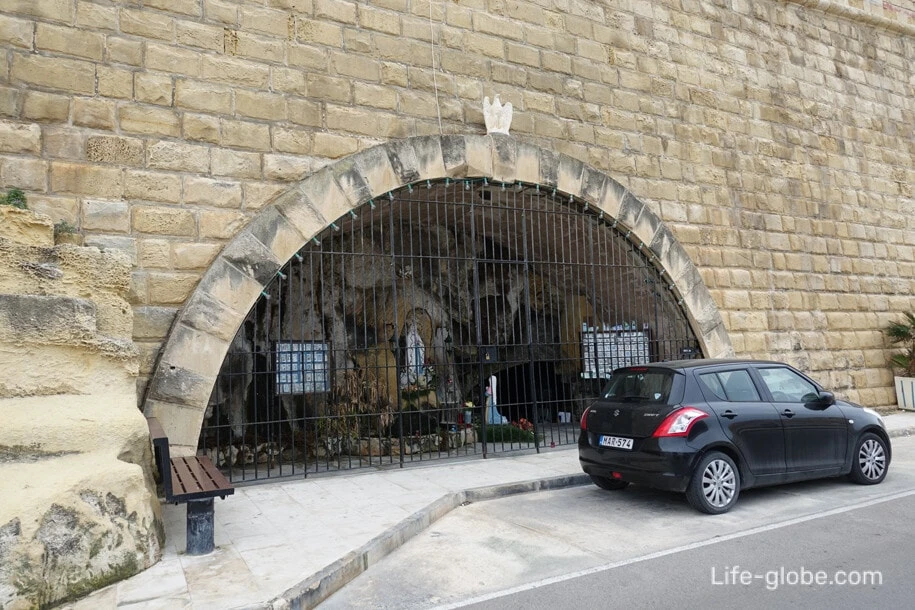
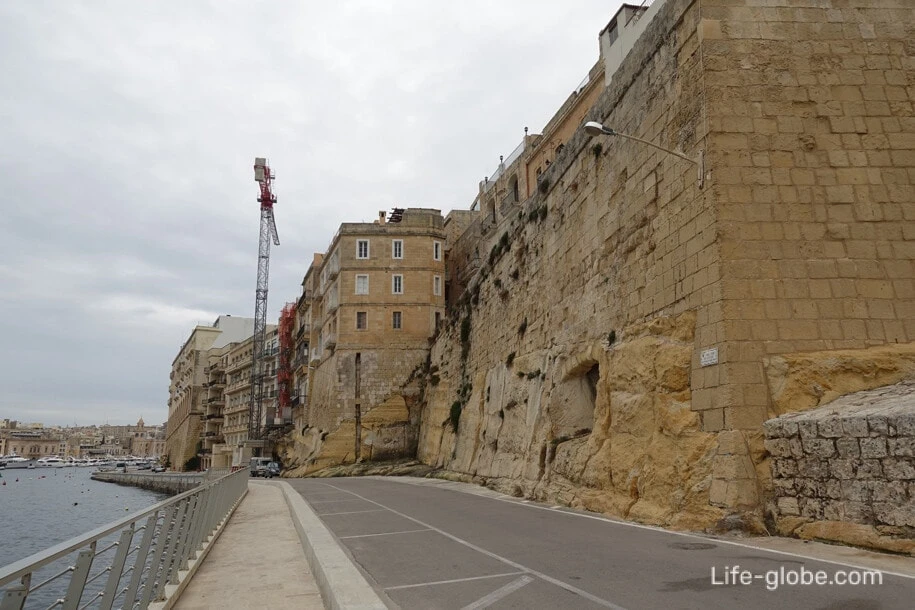
Special attention is drawn to the Pure Bastion (Sheer Bastion), in which an arch is cut and on which, with panoramic views, various events are held. Website: thesheerbastion.com .


Views from the Senglei embankment to the marina and the city of Birgu

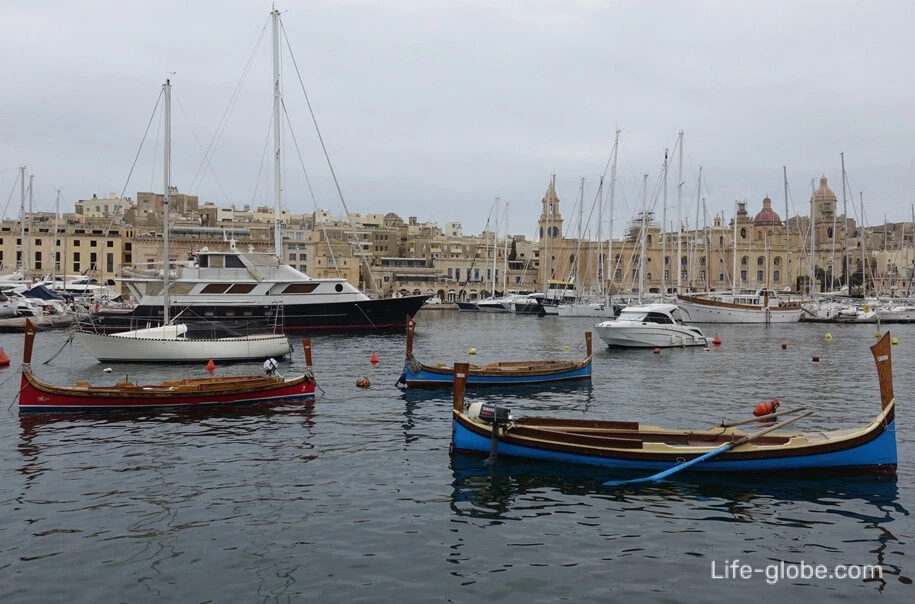
On the cape ("nose") Singleys are the remains of the bastion of St. Michael (Fort St.Michael). This is a coastal bastion that faces Valletta and is known as the "Spur".
In the bastion there is a reconstructed eshaugett (the original was dismantled during World War II), and its upper part is a square - gardens of Garjola or Gordola (Gardjola Garden).
In the gardens there are flowerbeds, palm trees grow, paths for movement and places for recreation are equipped, there is a fountain, several monuments and the famous Vedetta tower.
The gardens of Gargiola offer panoramic views of part of the coast of Senglei and the surrounding area, as well as the Great Harbor, the coasts of Valletta, Floriana and Birgu. More about Garjola Gardens...
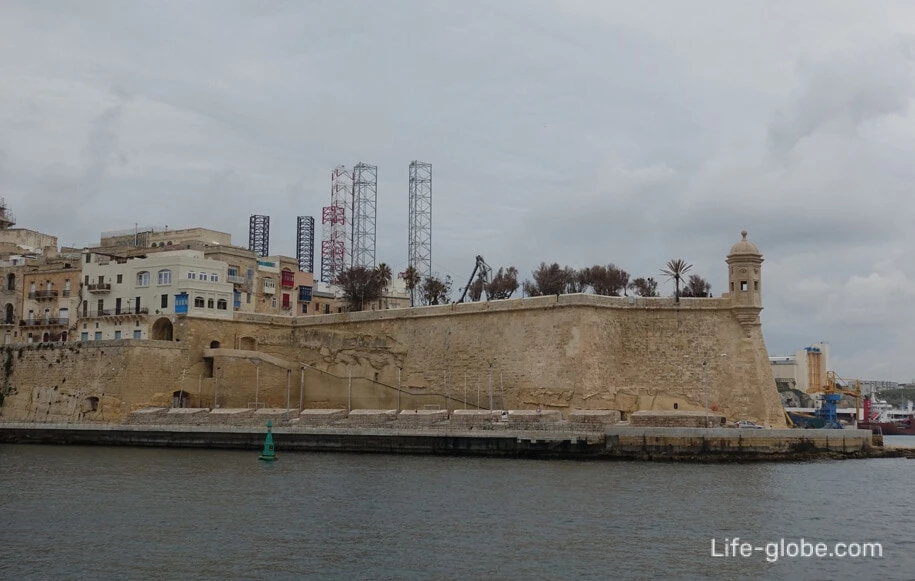

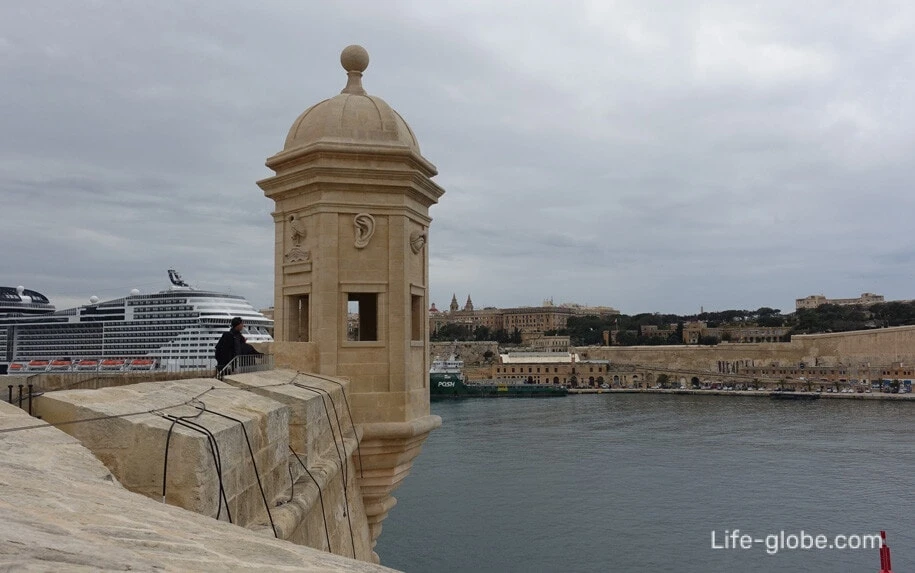
On the opposite side of the Singleya from the city of Birglu, there are views of the so-called working harbor belonging to the city of Bormla.
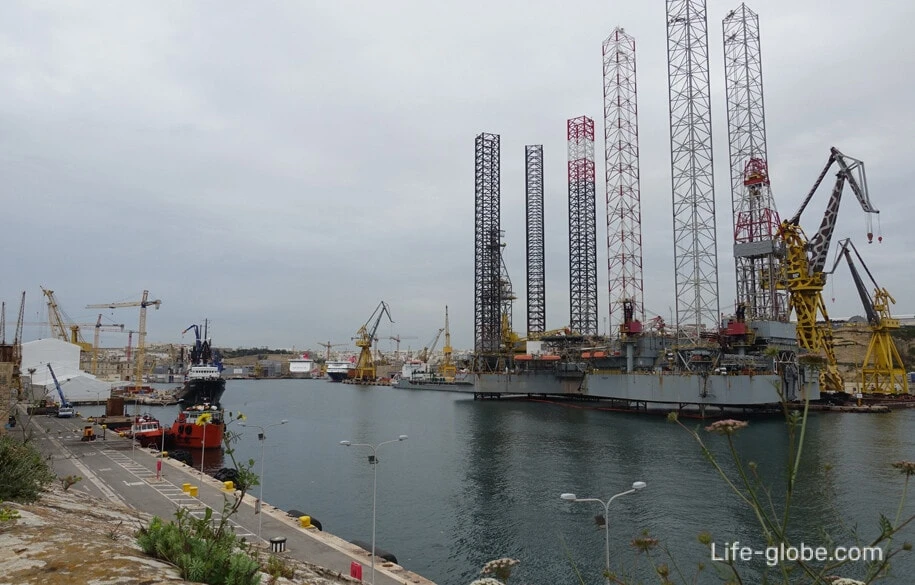
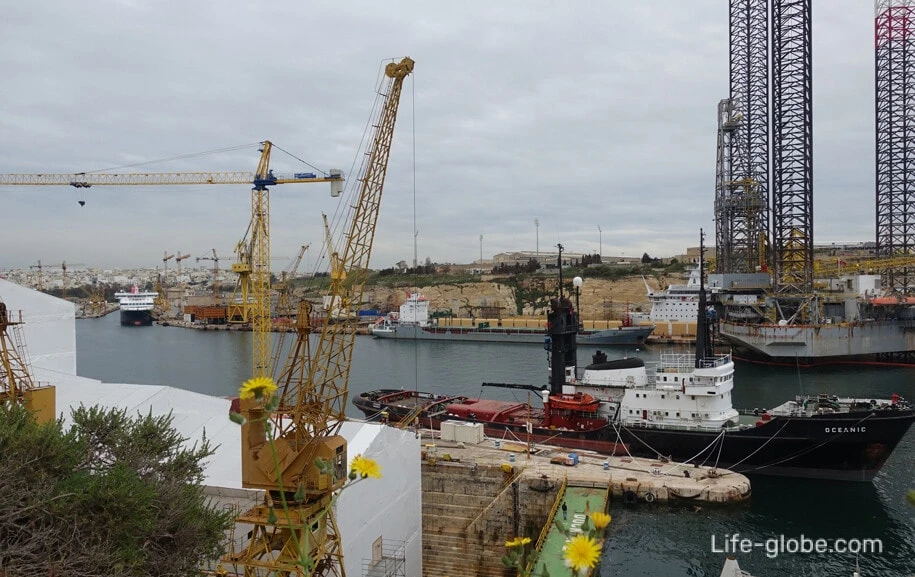
There are three churches in Senglei: the Church of St. Julian - the oldest, the Church of St.Philip (St.Philip's Church) and the Basilica of the Virgin Mary Bambina (Basilica of the Nativity of Mary), the patron saint of the city. The Great Feast of the Virgin Mary is celebrated in Singleya on the eighth of September; the holiday is also called the Victory Day.
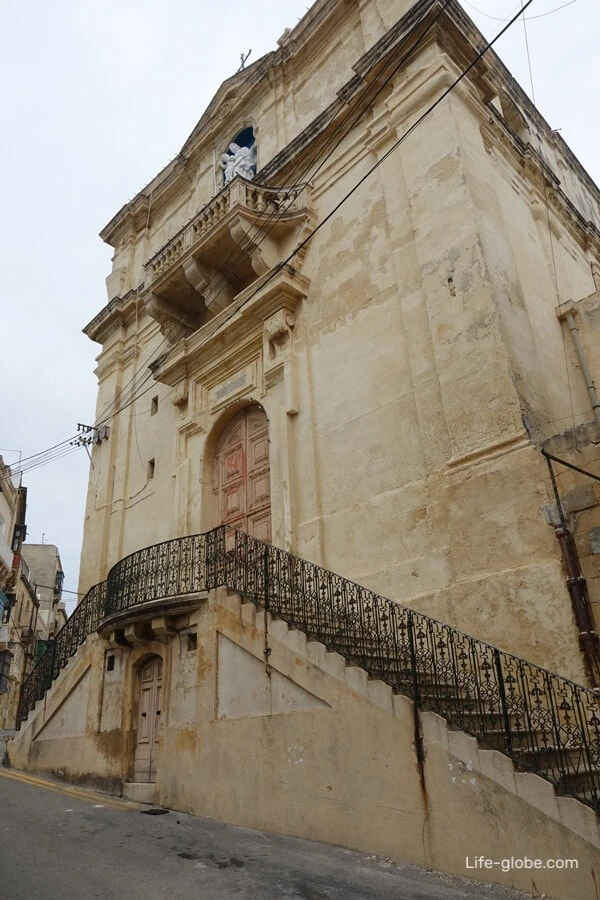
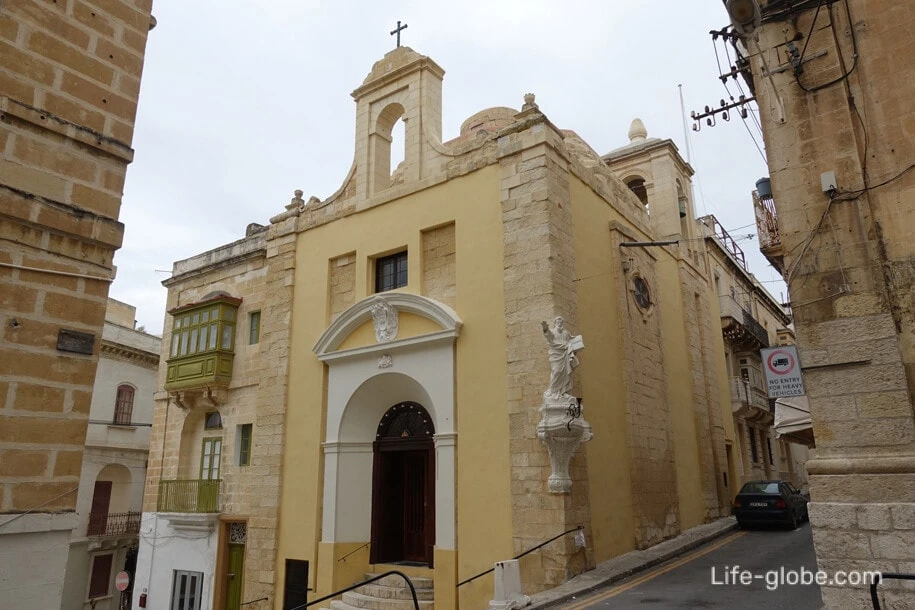
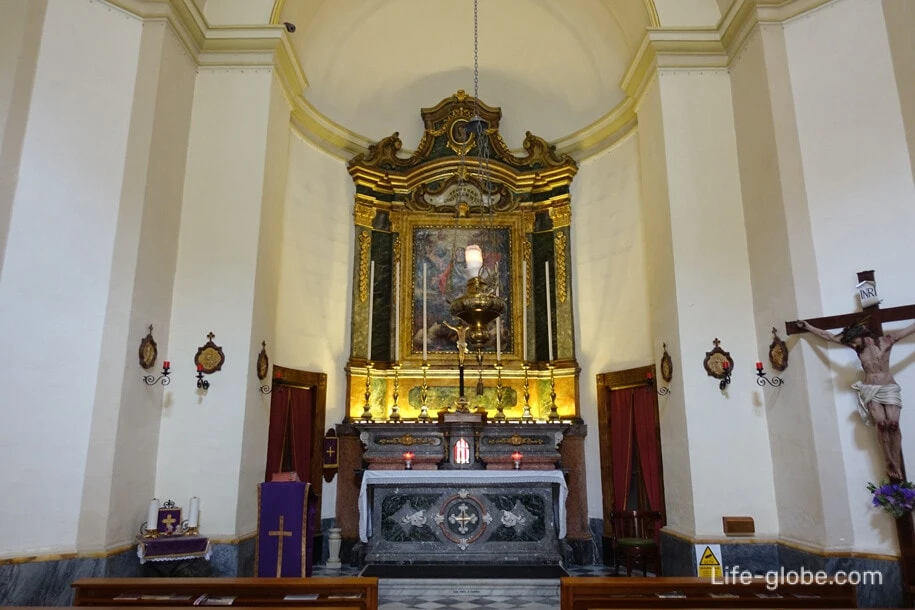
The Church of the Virgin Mary or the Nativity of the Virgin was built by architect Vittorio Cassar in 1580 as a monument to the Christian Victory after the Great Siege of 1565.
The church was destroyed by bombs in 1941, but on August 24, 1956 it was restored and consecrated.
The main attraction of the basilica is the wooden statue of Mary, known as Il Bambina, which was carved in 1618, painted in 1631 and gilded. The sculptor of this statue is still unknown. After the coronation of the statue of Mary in 1921, the church became a sanctuary, and the crown is decorated with diamonds and other precious stones. Four silver angels, created in 1934, are placed around the statue.
The church also has four busts: Pope Benedict XV, Archbishop Mauro Caruana, the symbol of Senglei and the Grand Master of La Sengle. The columns show 16 saints associated with Mary: four evangelists, four popes, four doctors of the Church and four founders of Christian orders. In addition, there are seven bells in the church.
The basilica also houses manuscripts from the 17th and 18th centuries.

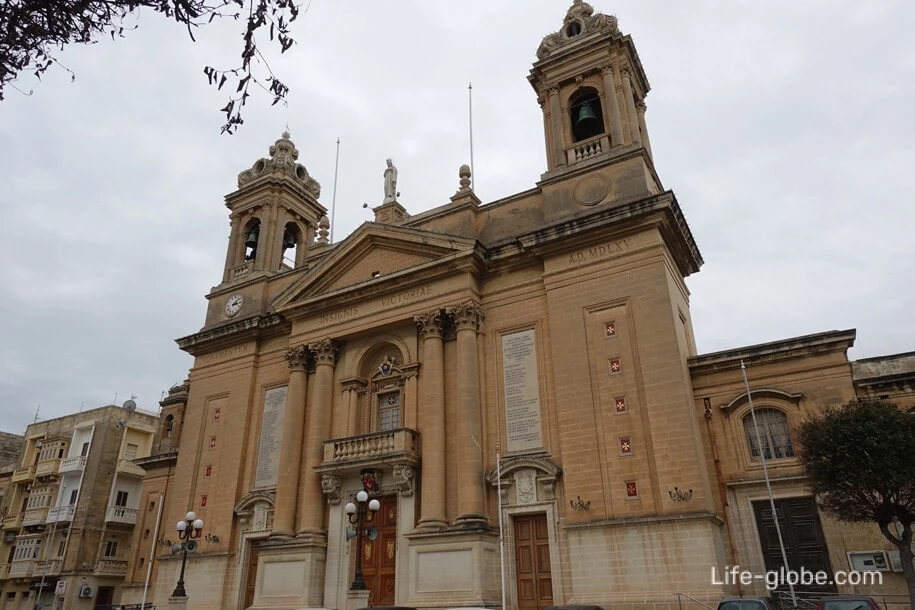
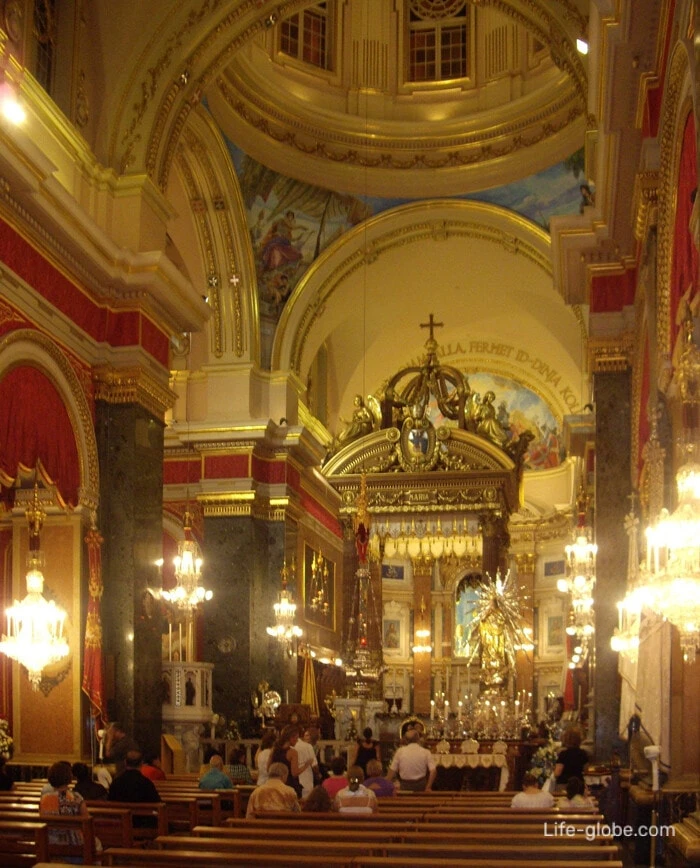
Photo Singles

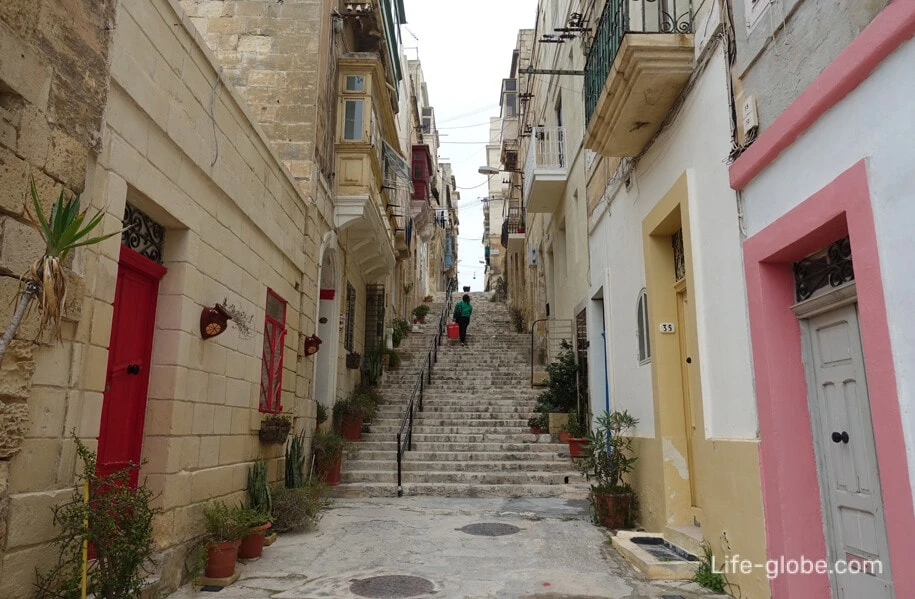

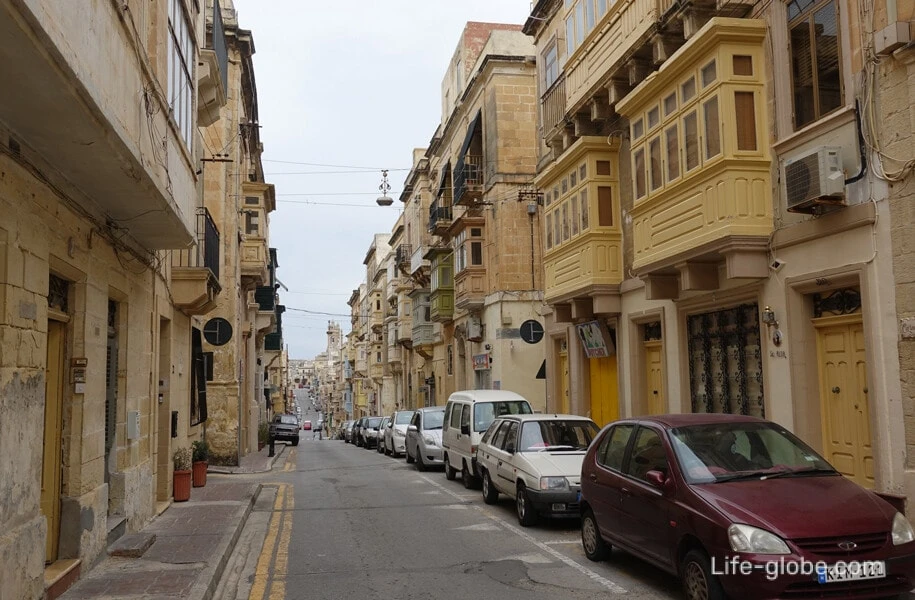
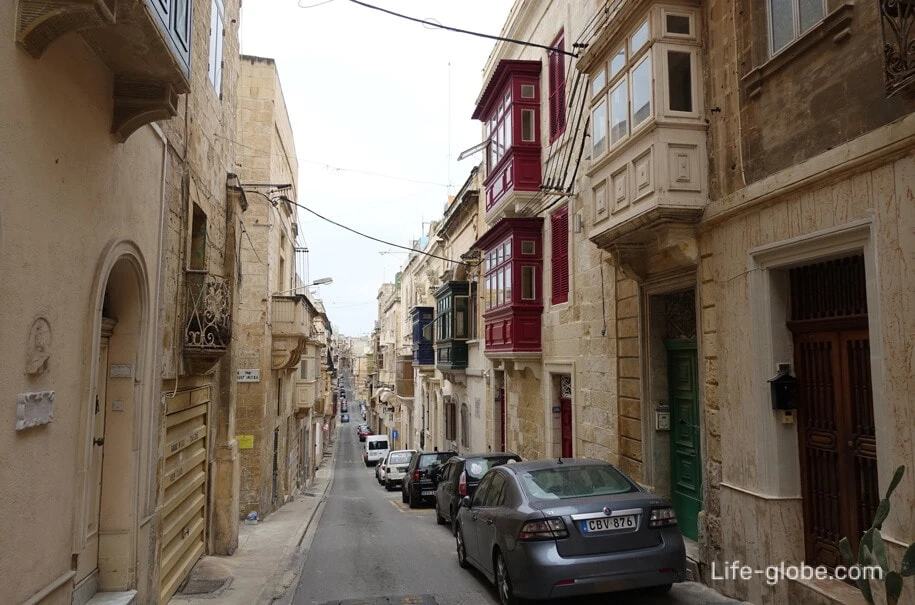
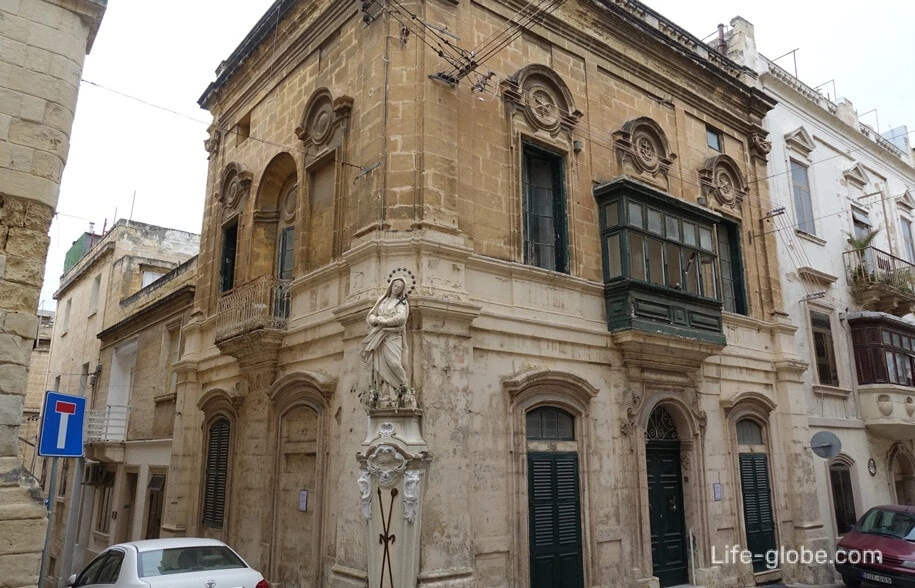
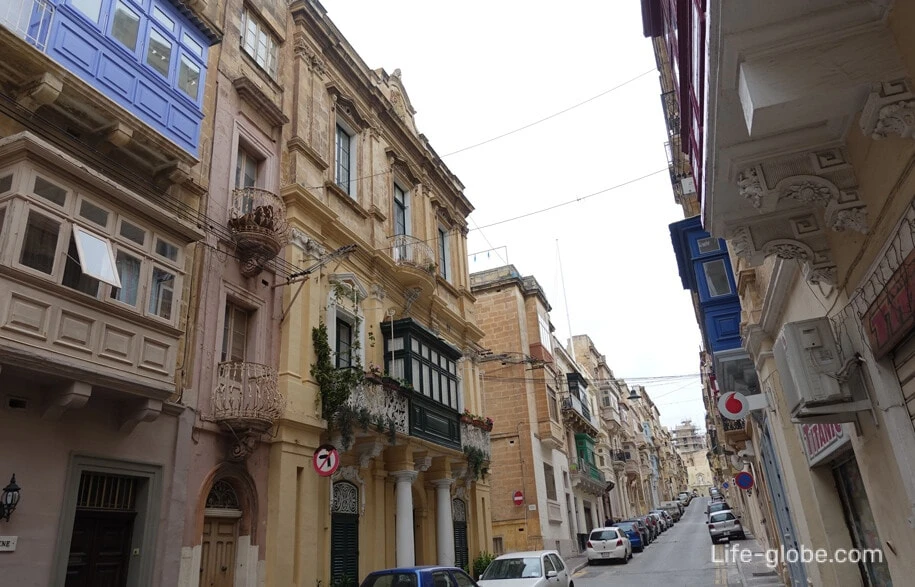
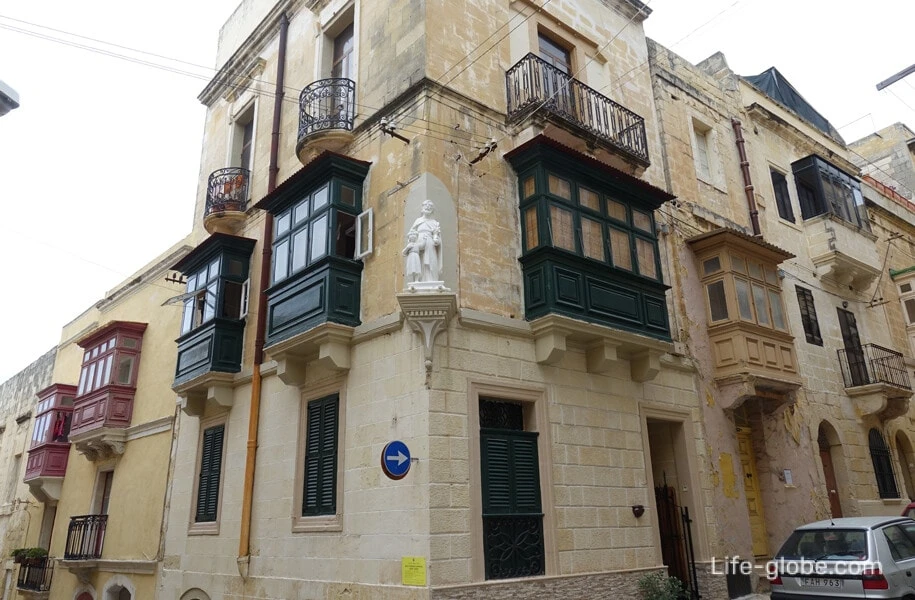
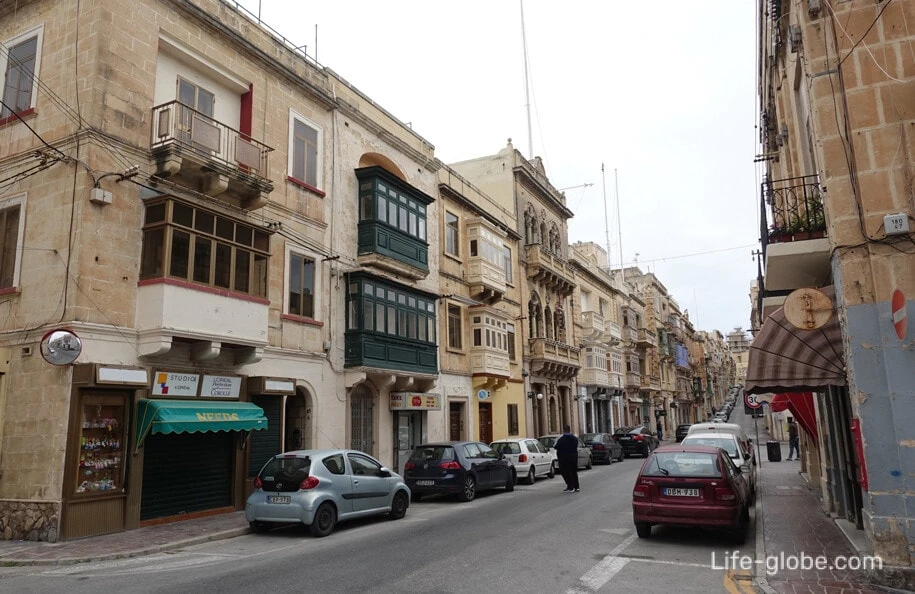
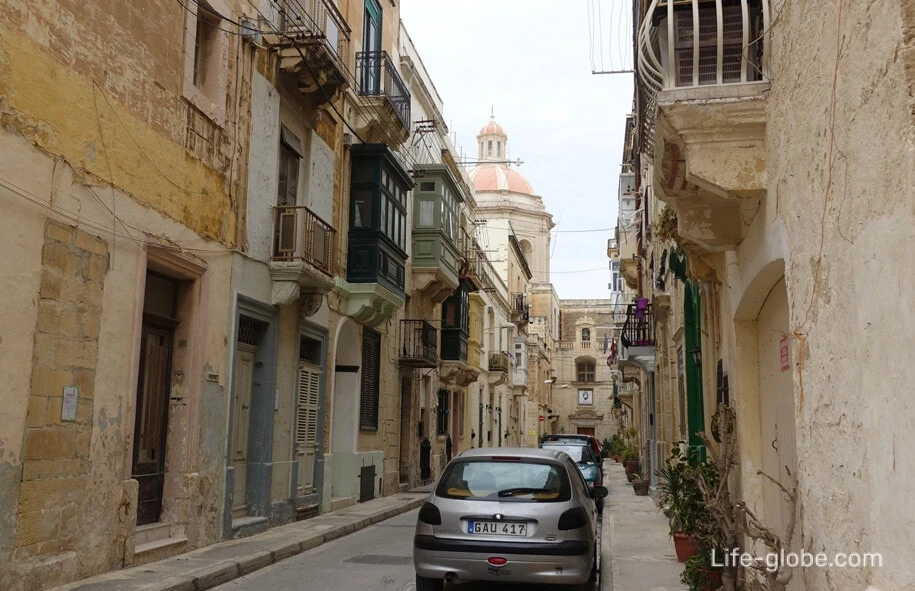

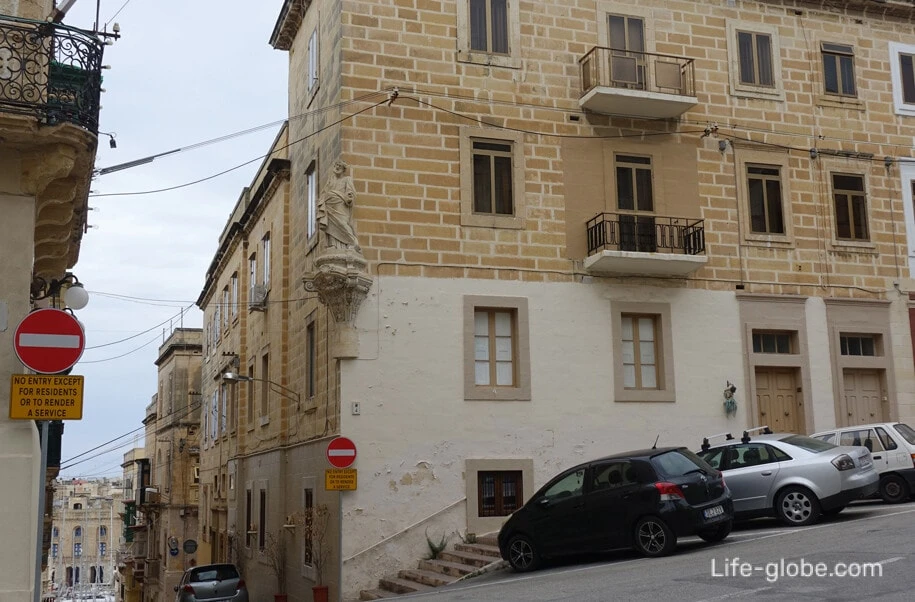
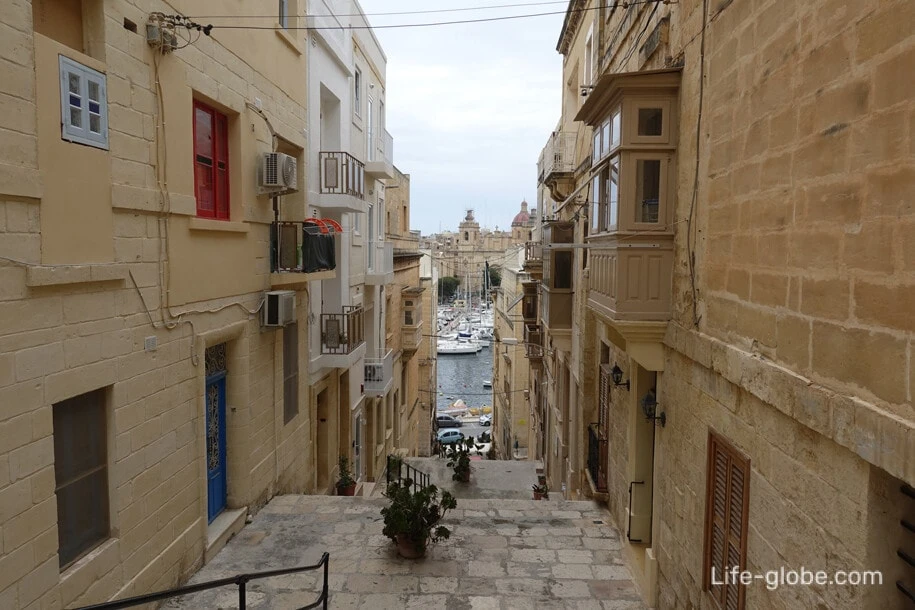
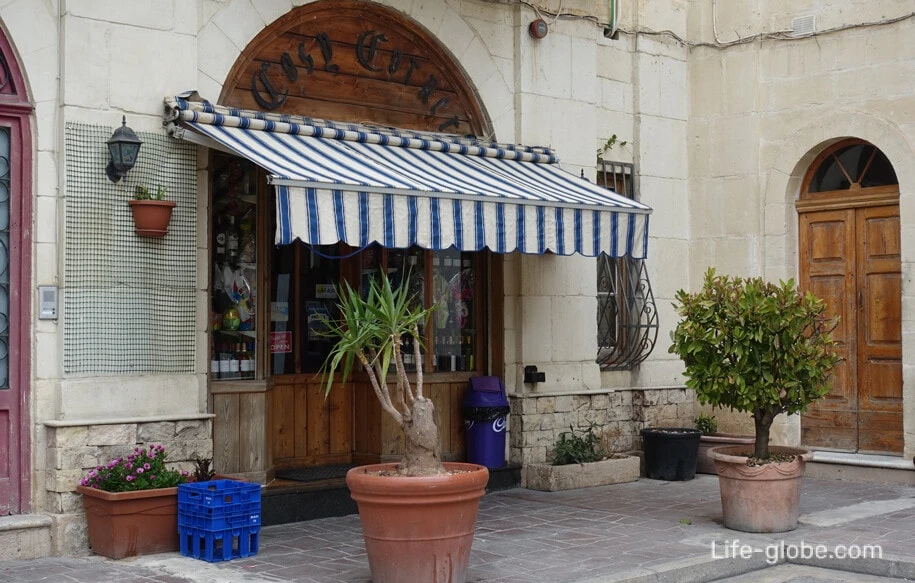
Sights of Singleia on the schematic map
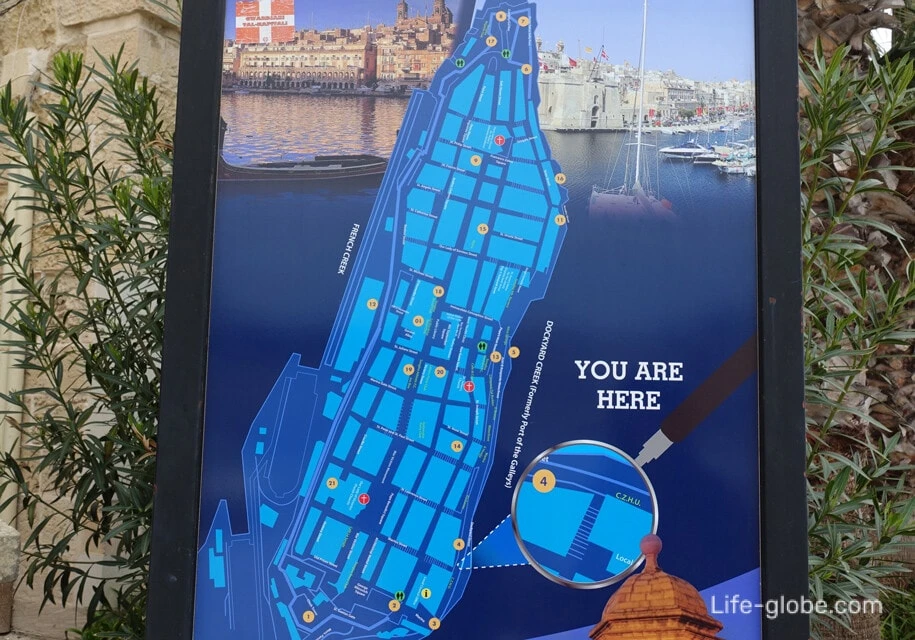
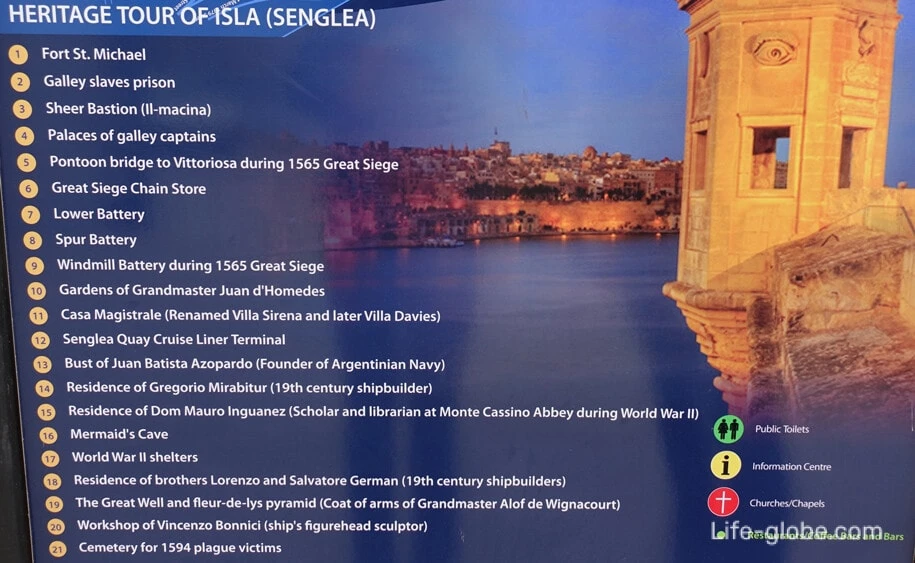
Three cities of Malta on the map
The city of Birgu or Vittoriosa on the map
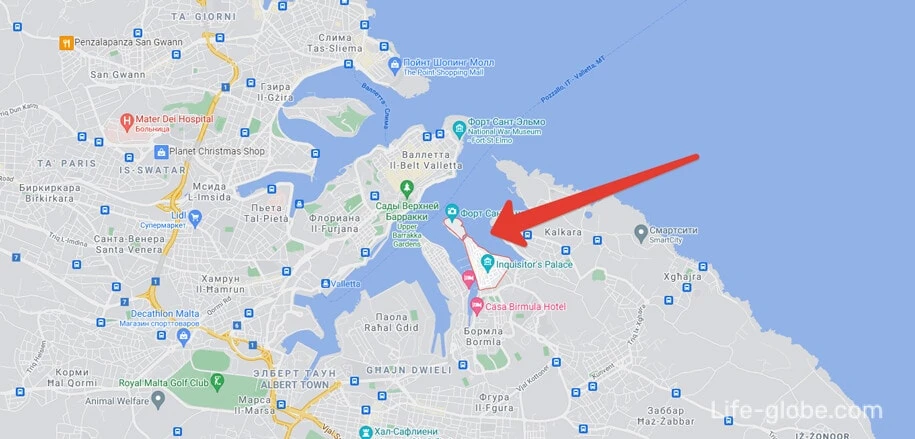
Bormla or Cospicua city on the map

The city of Sengleya or Invicta on the map

All accommodation facilities in Malta, including in three cities, Valletta, Sliema, Mdina and other cities, can be viewed and booked here




